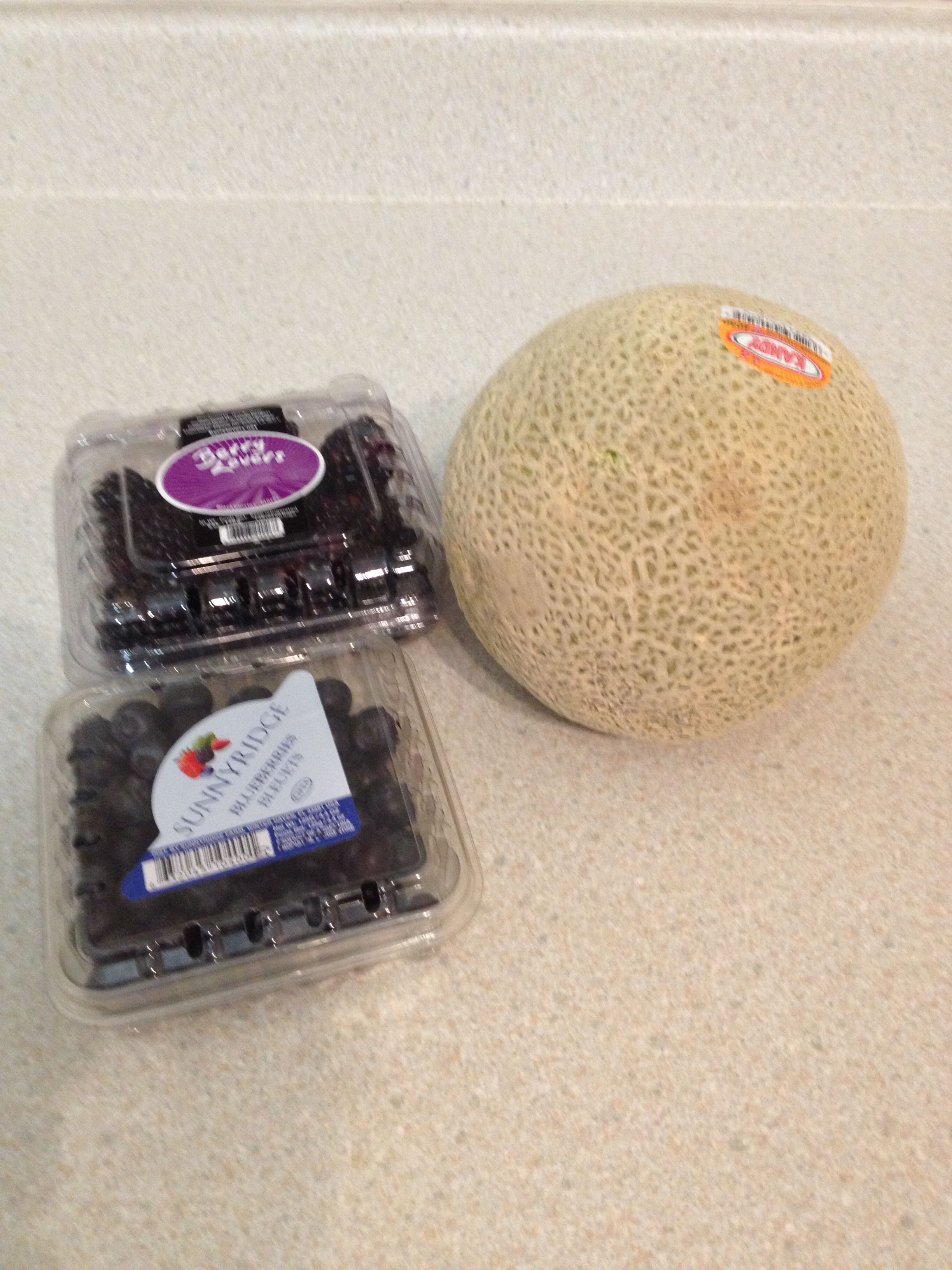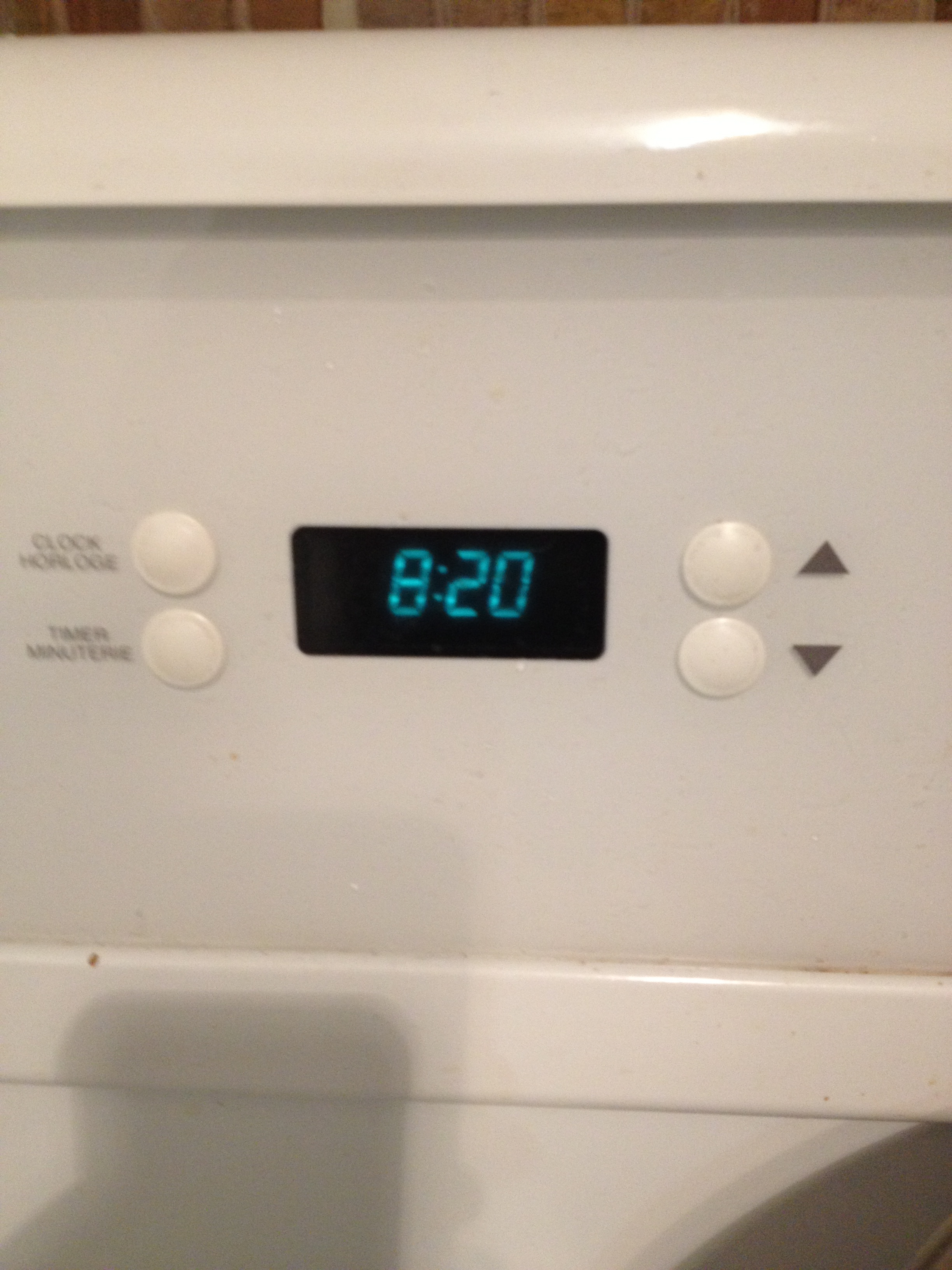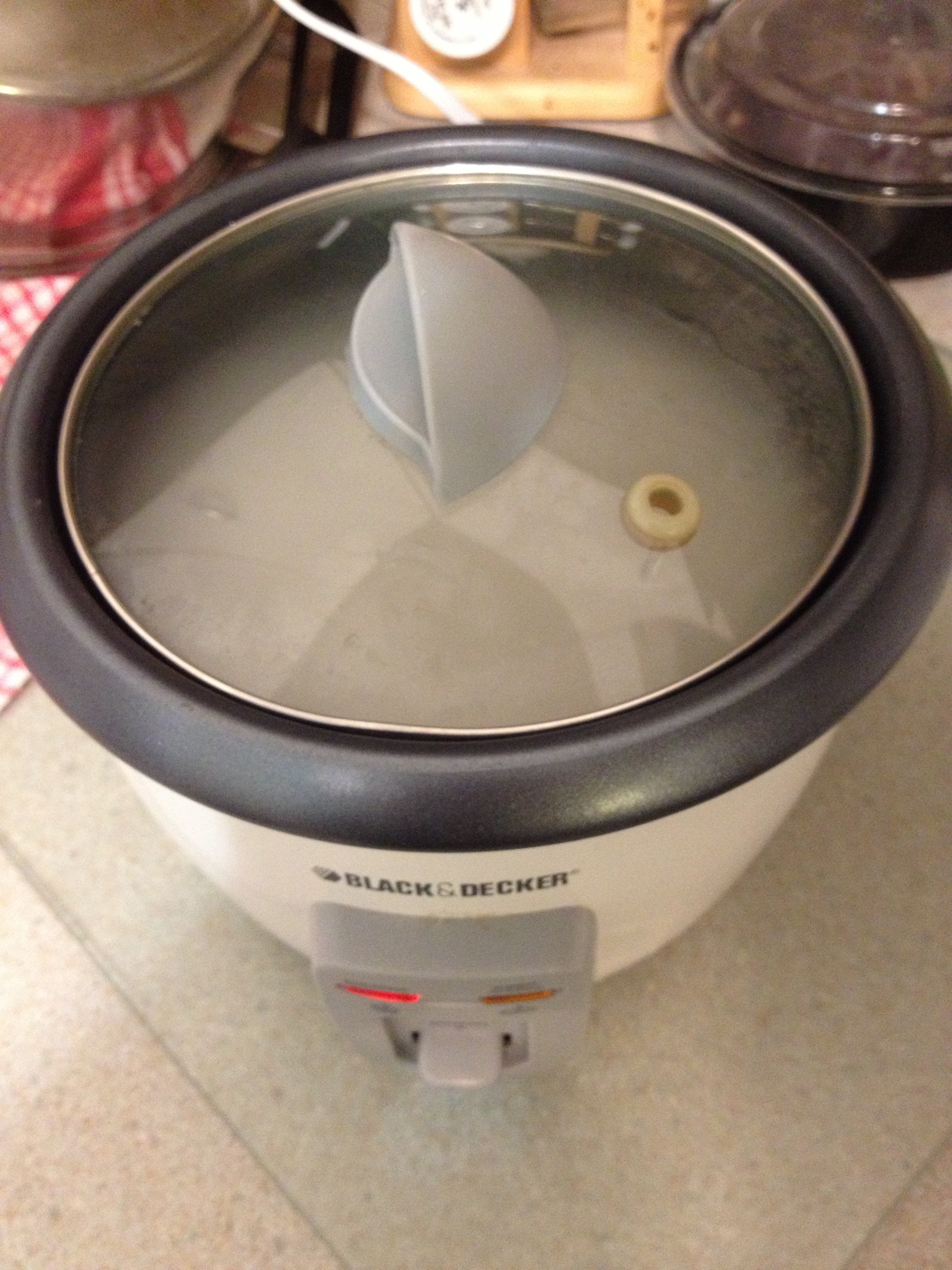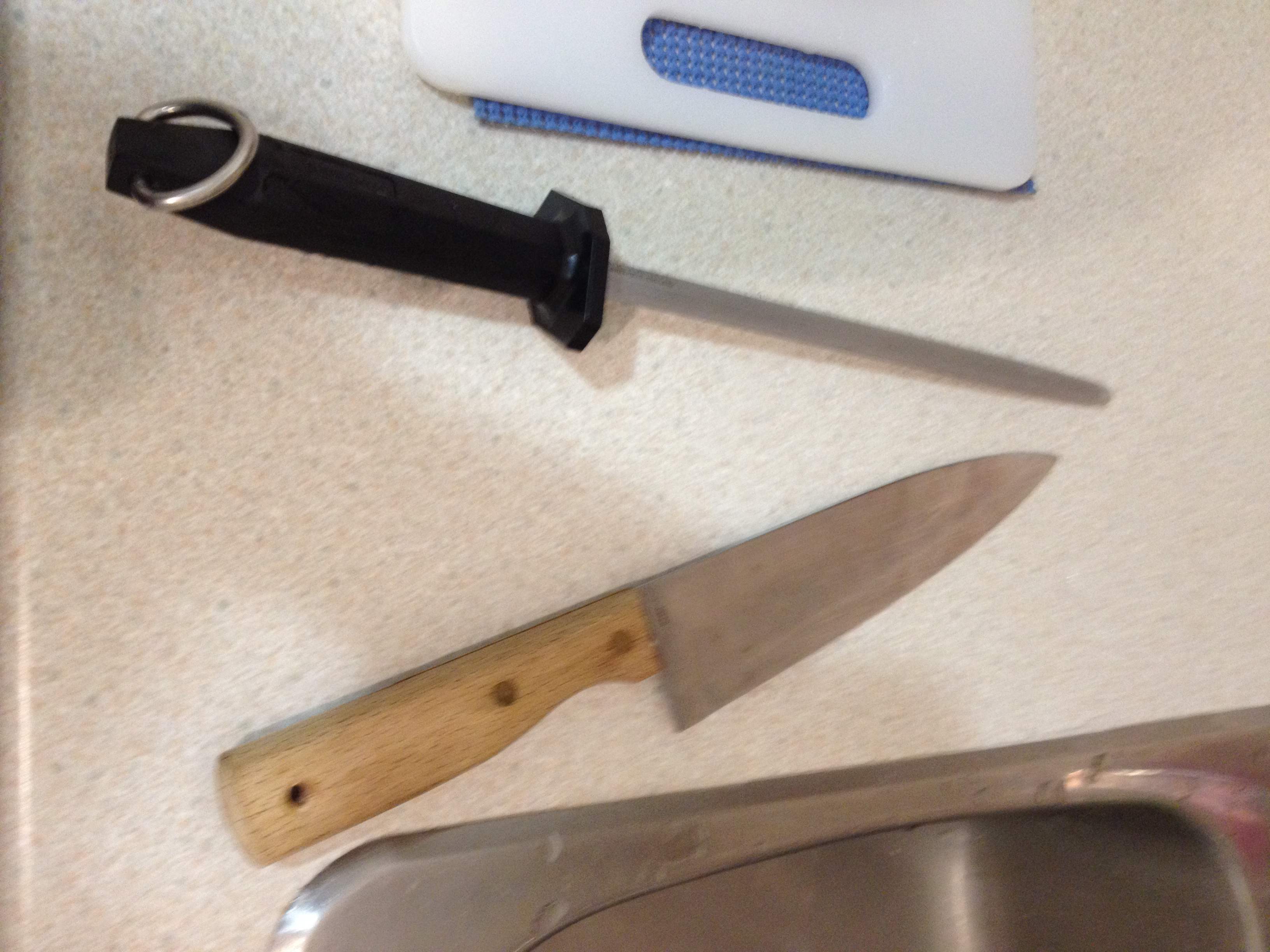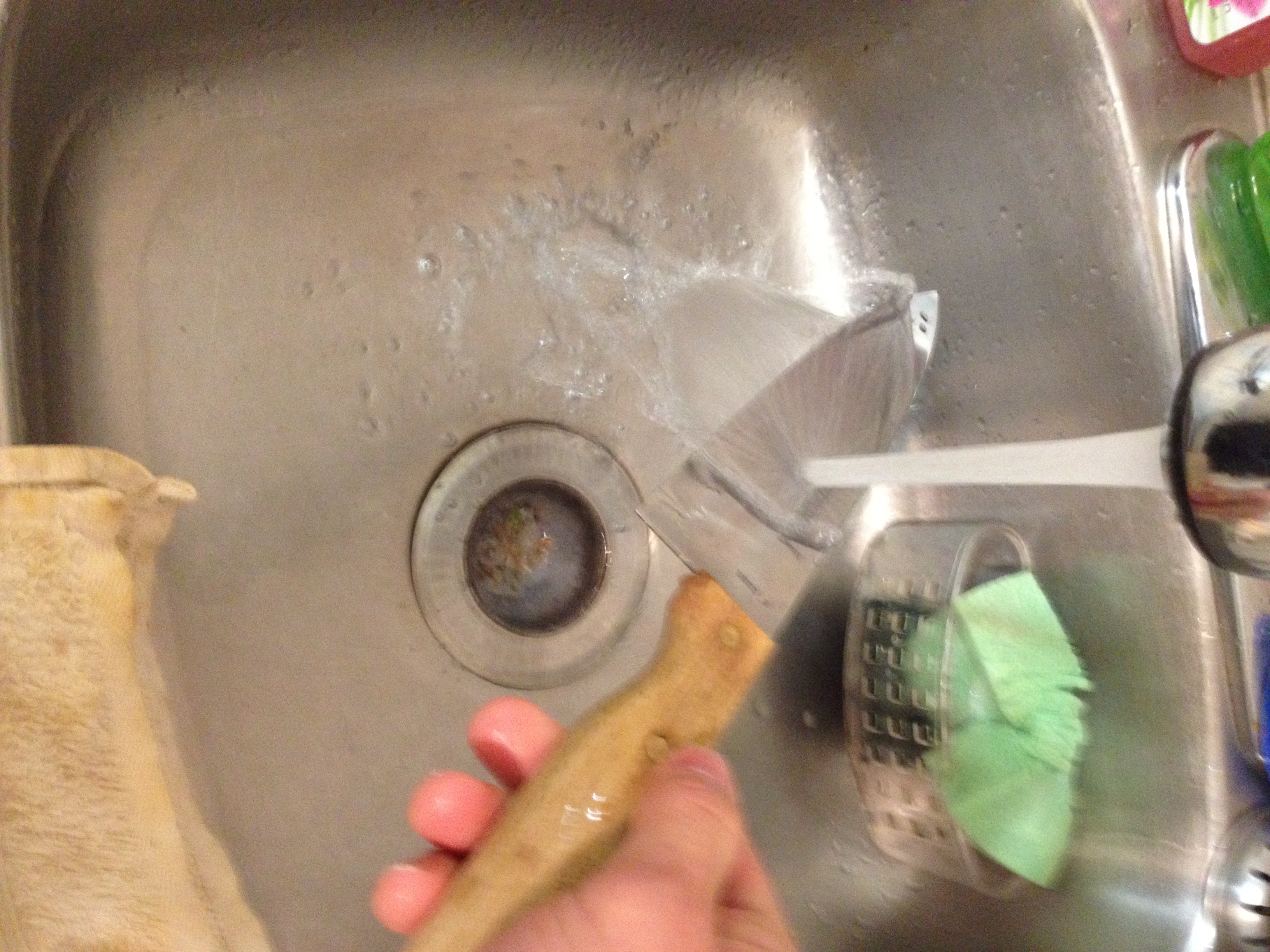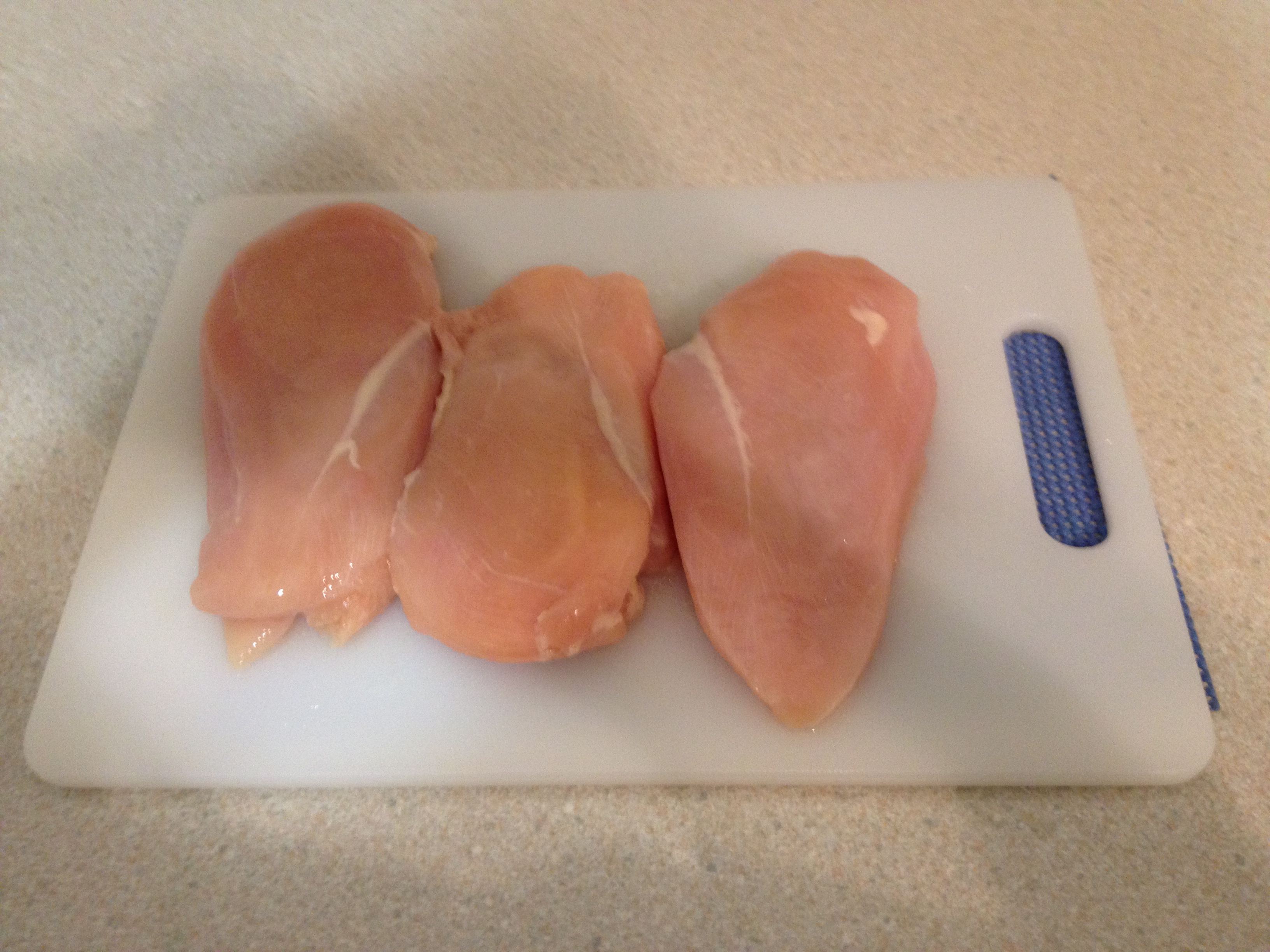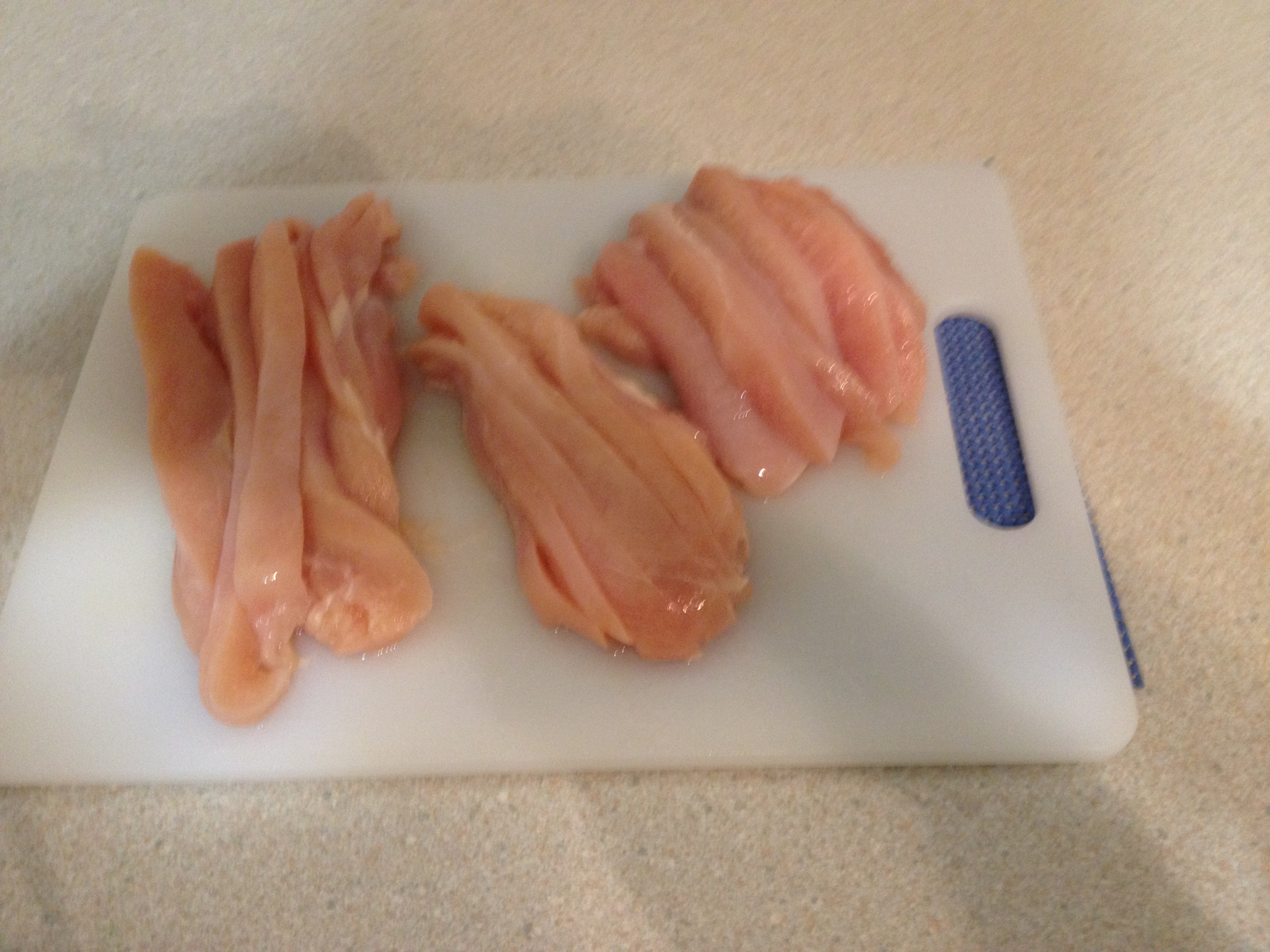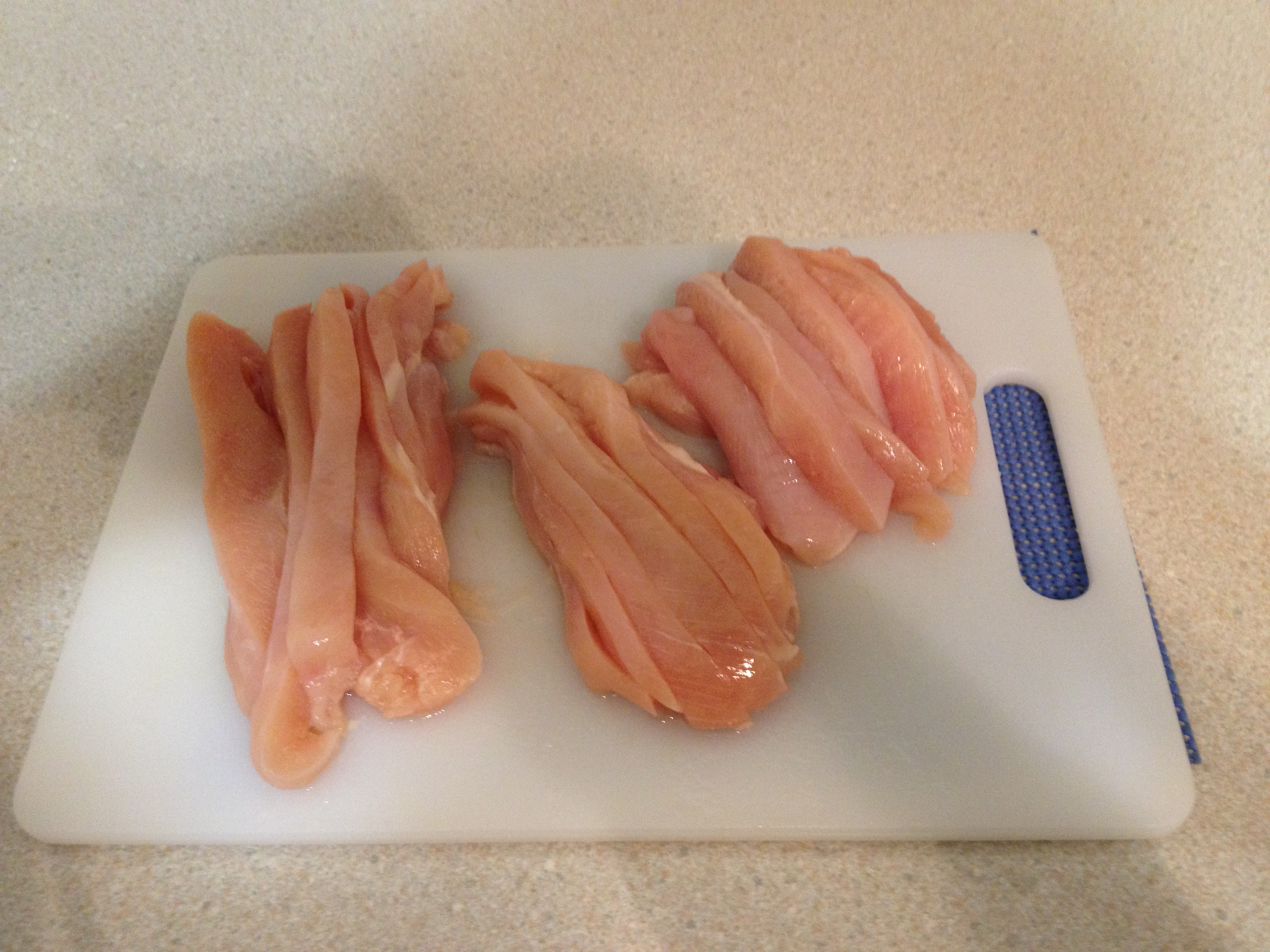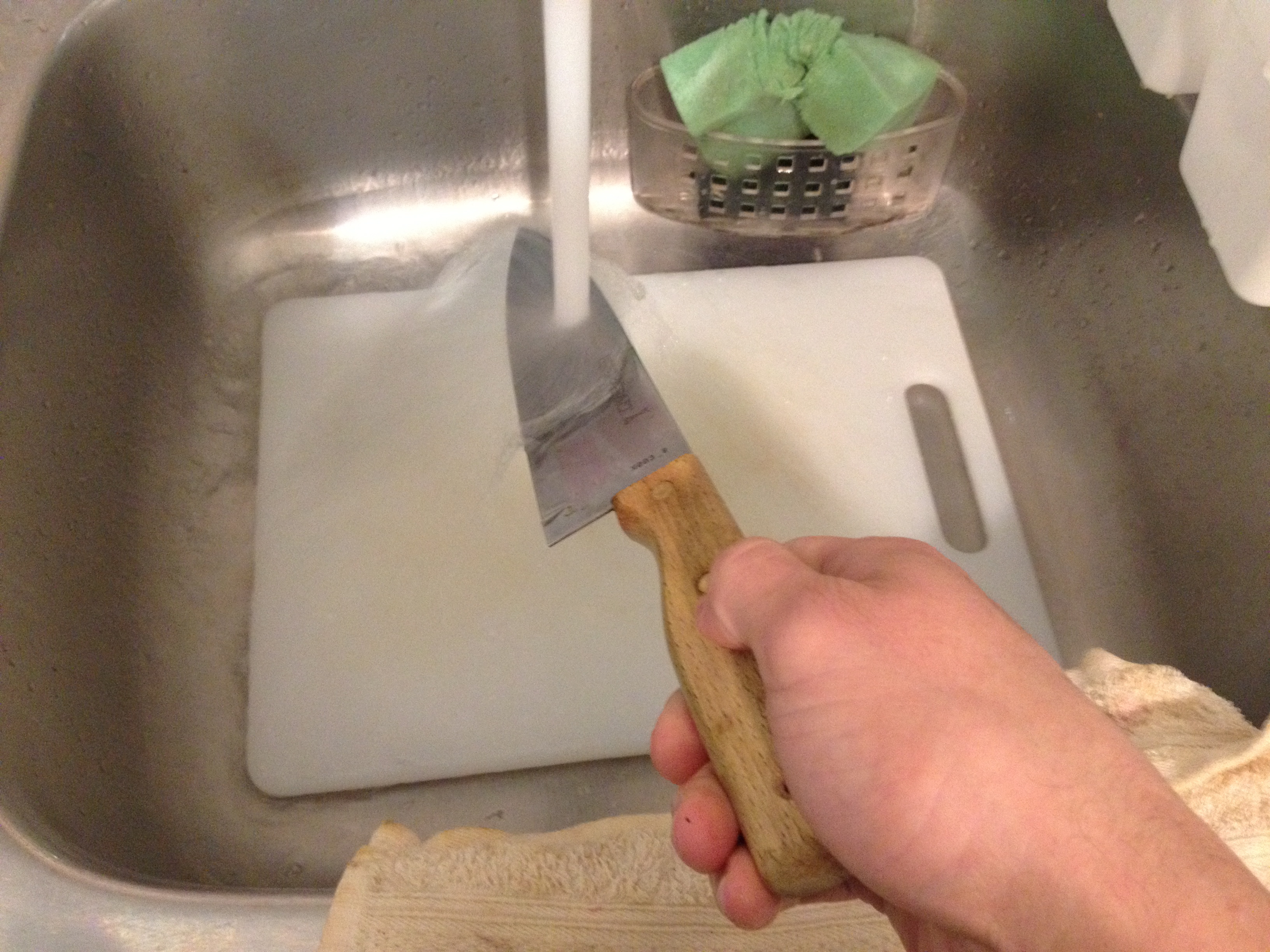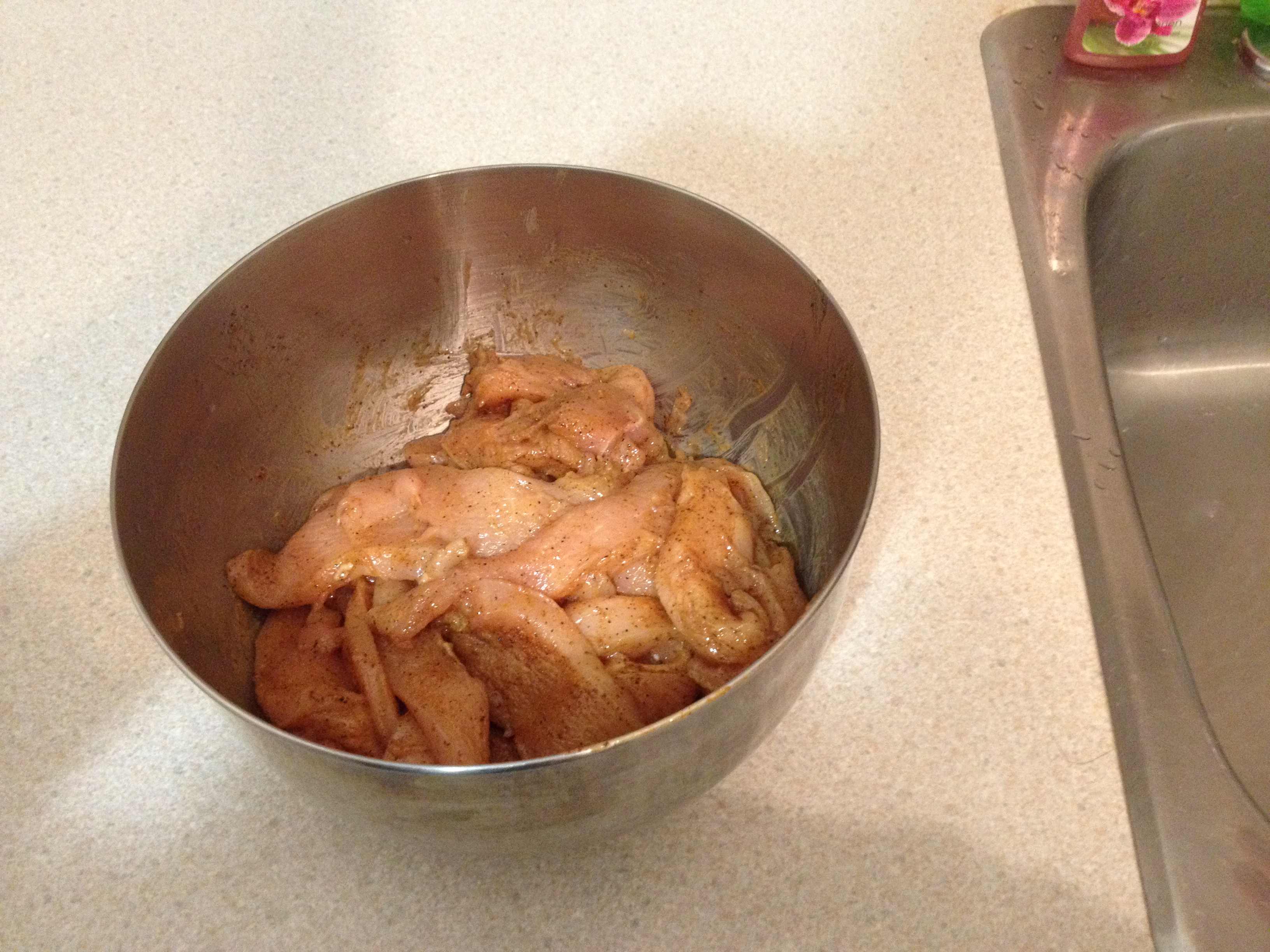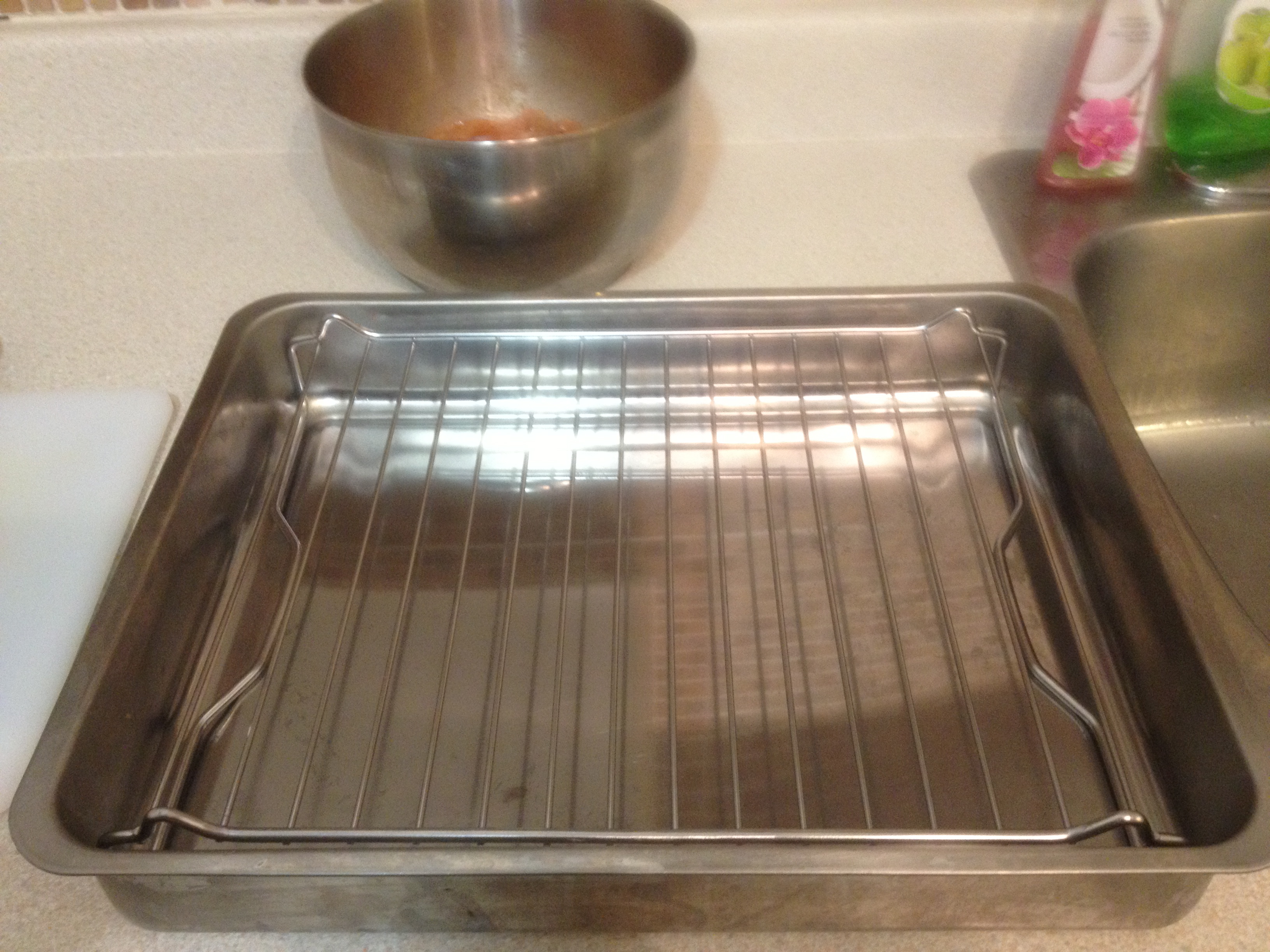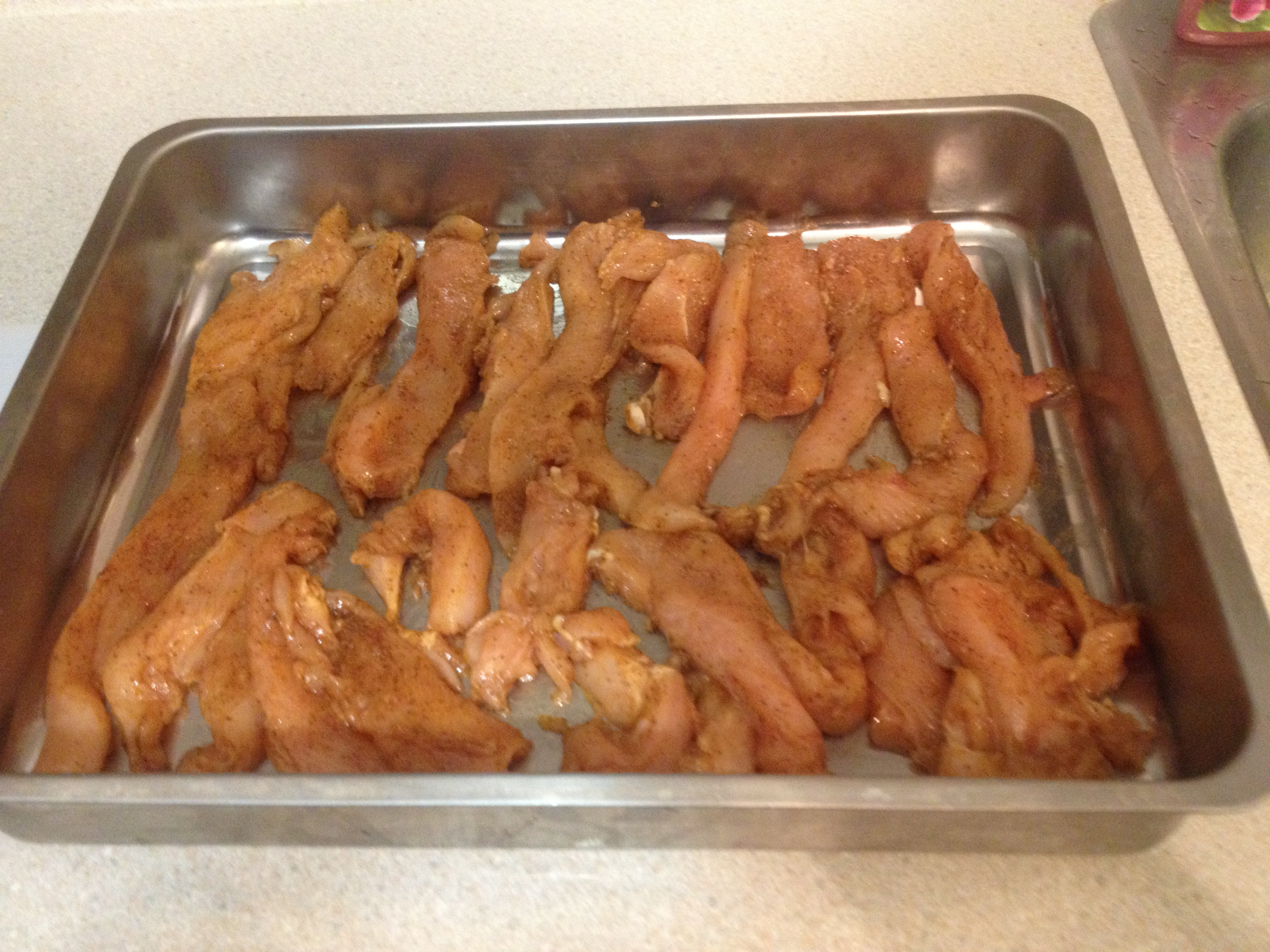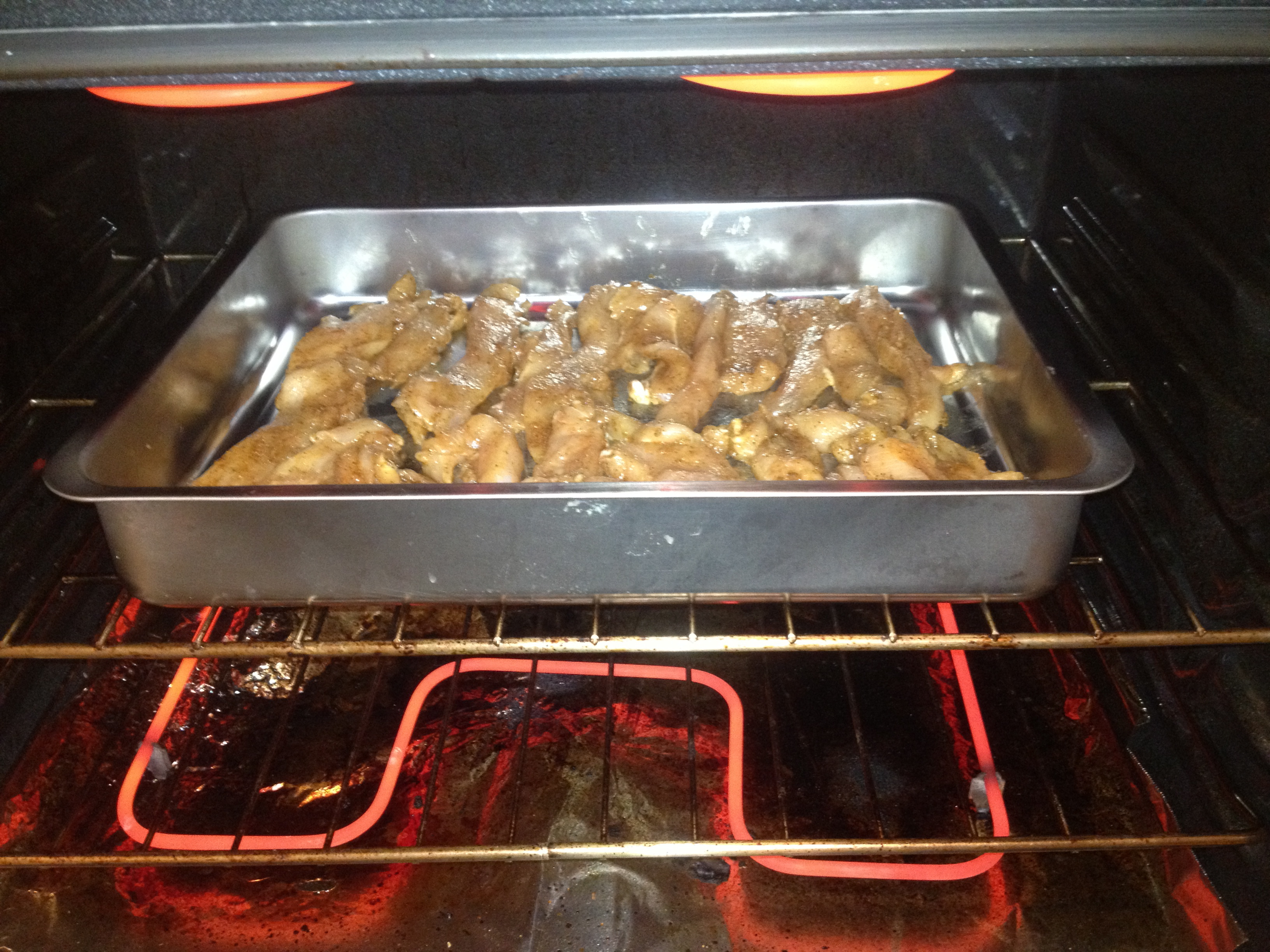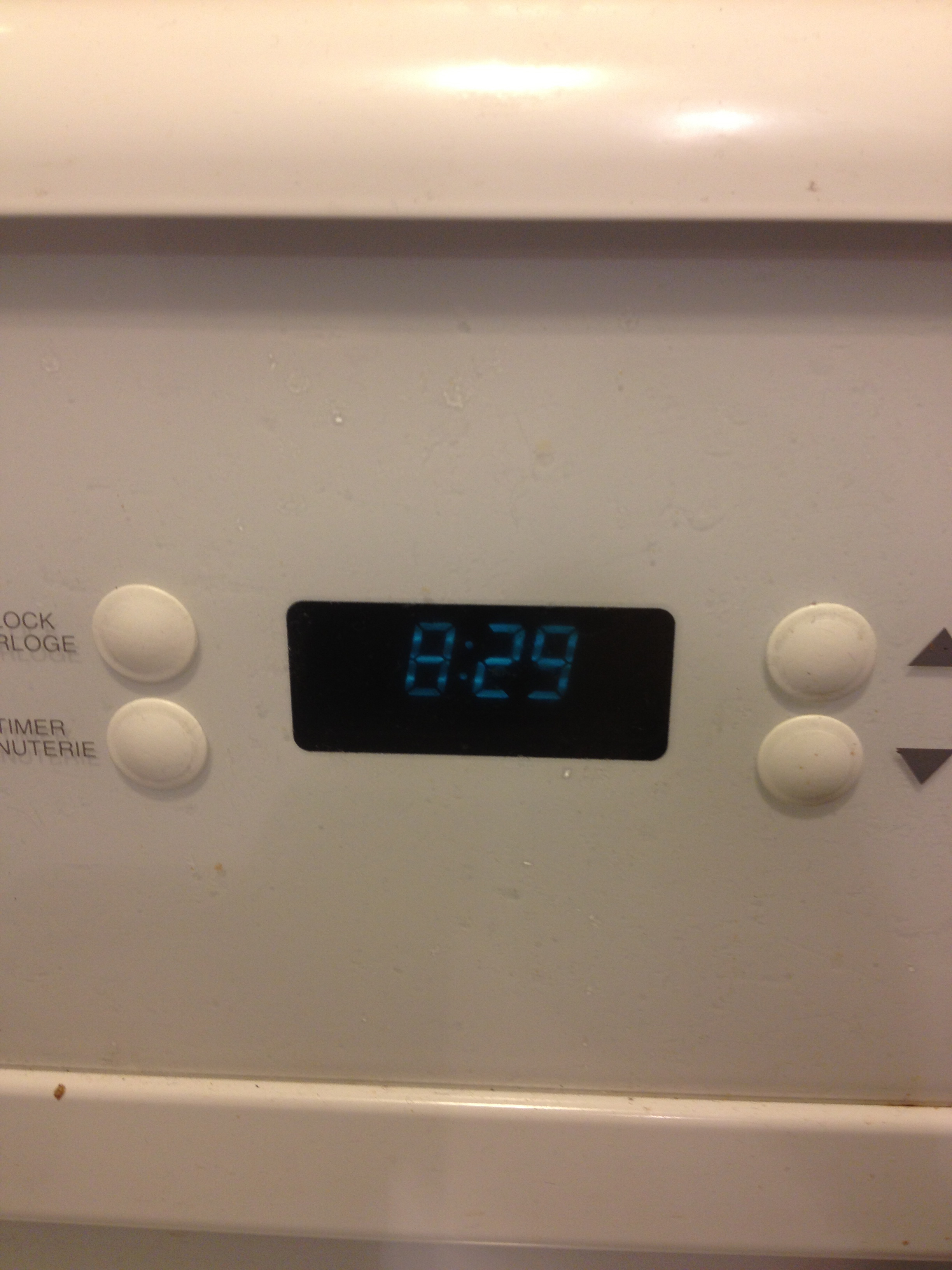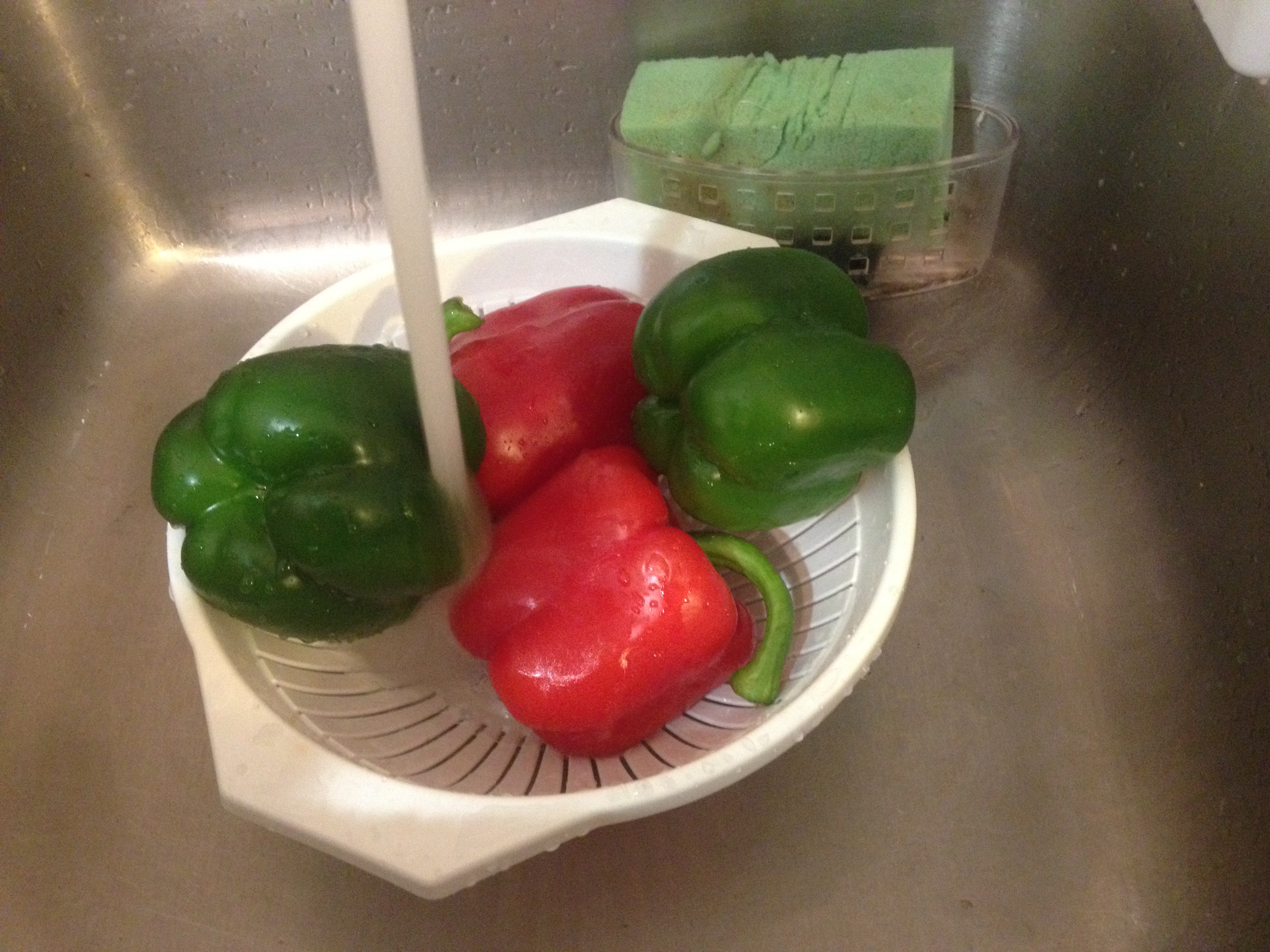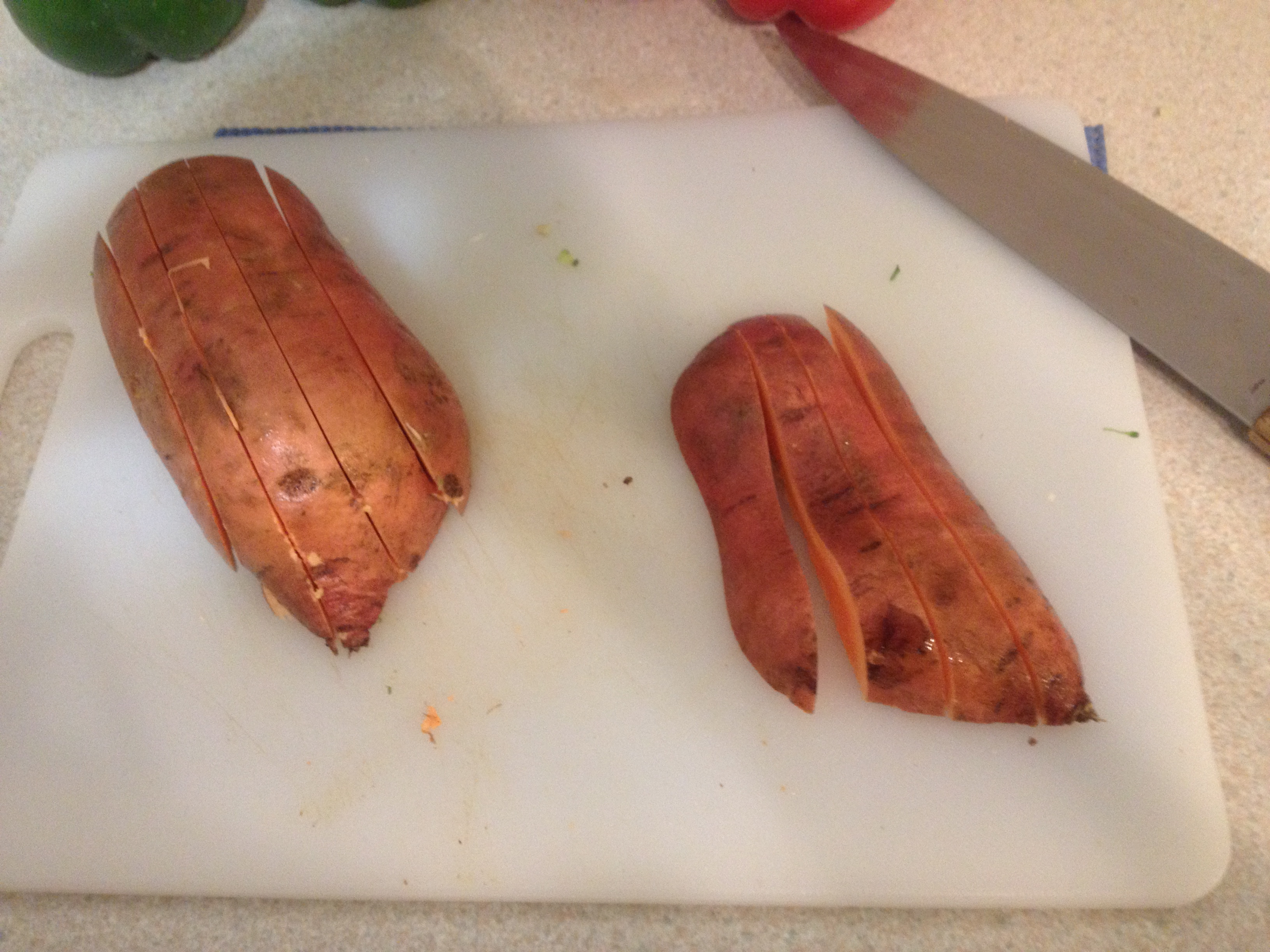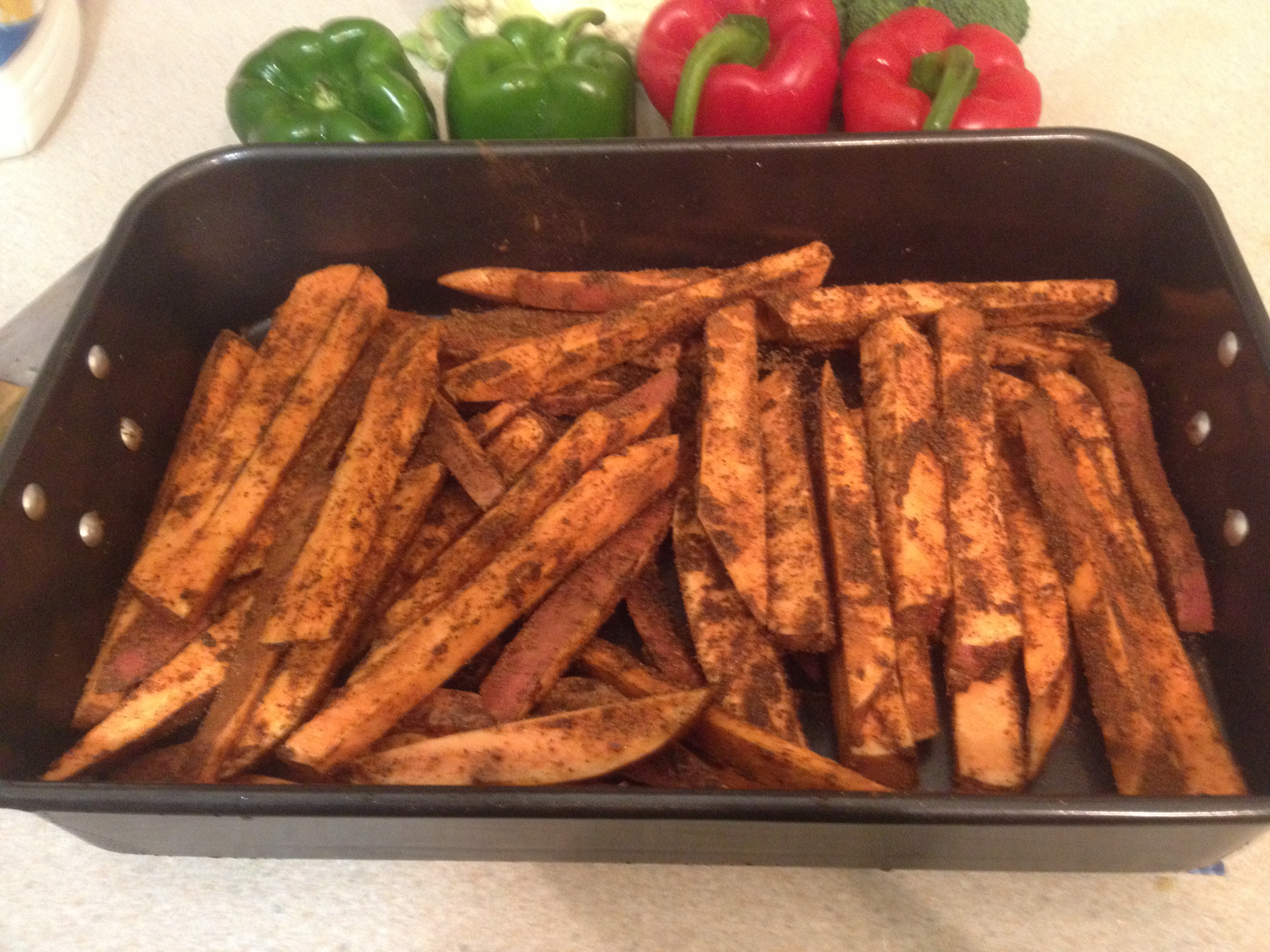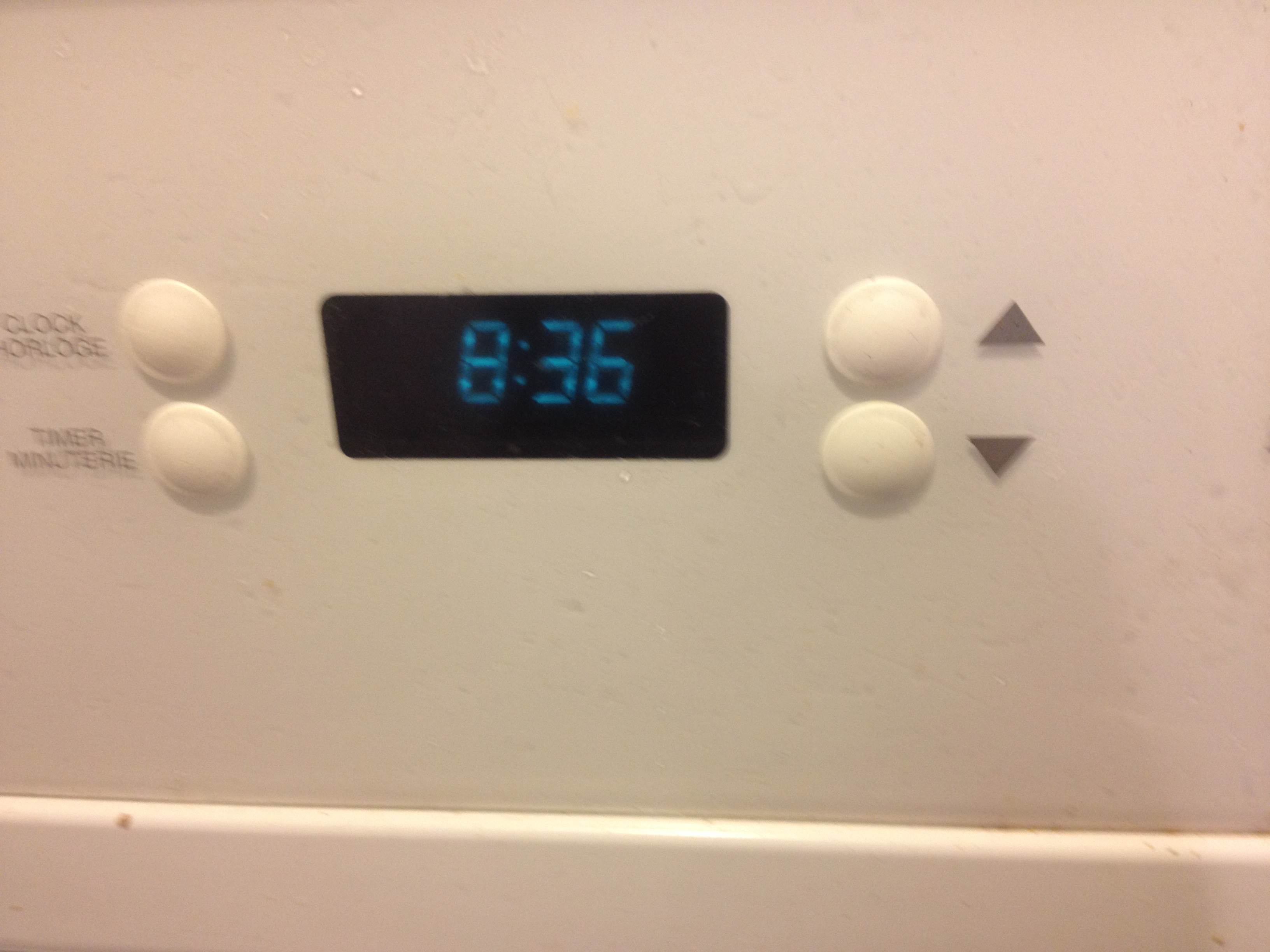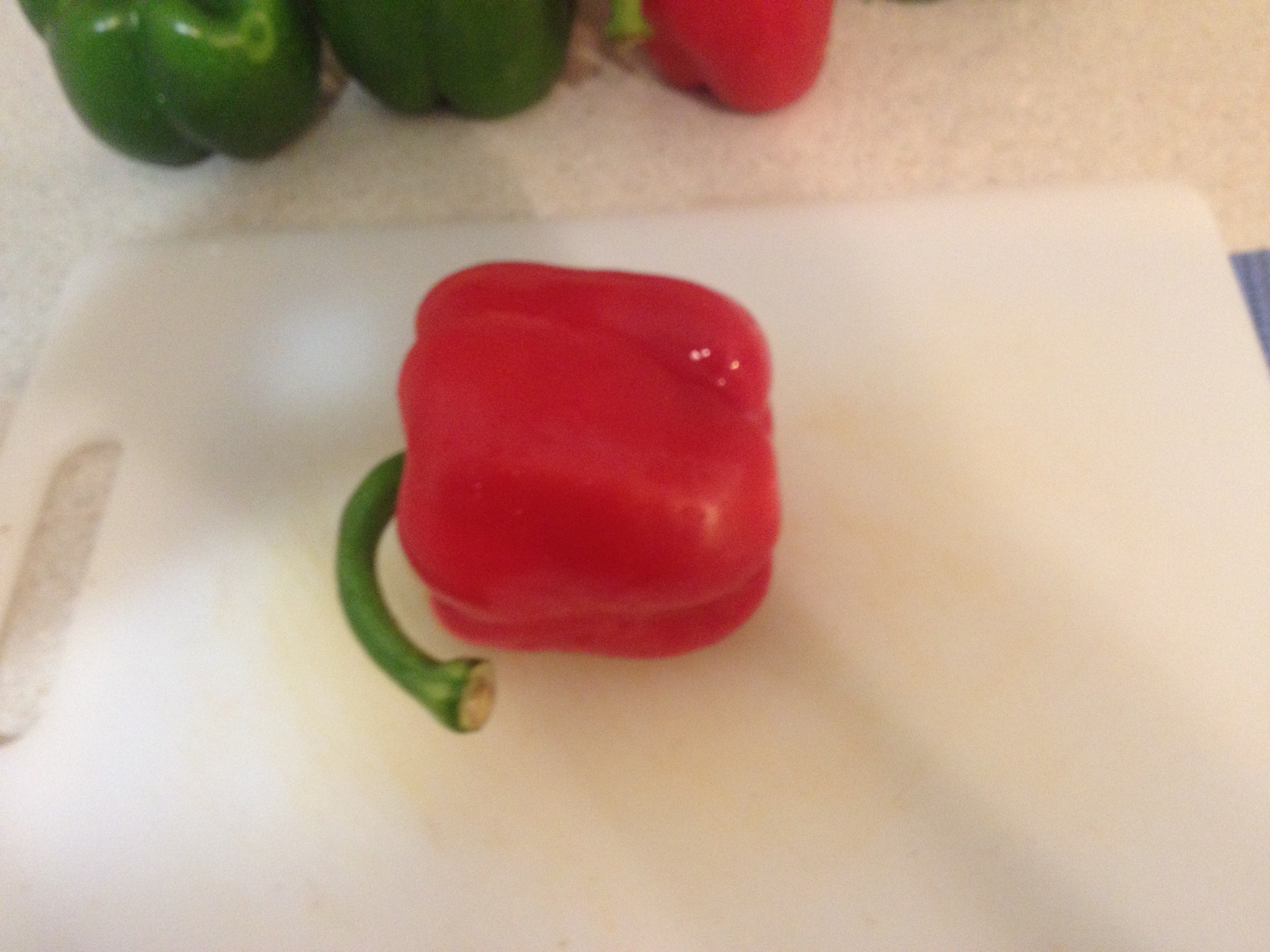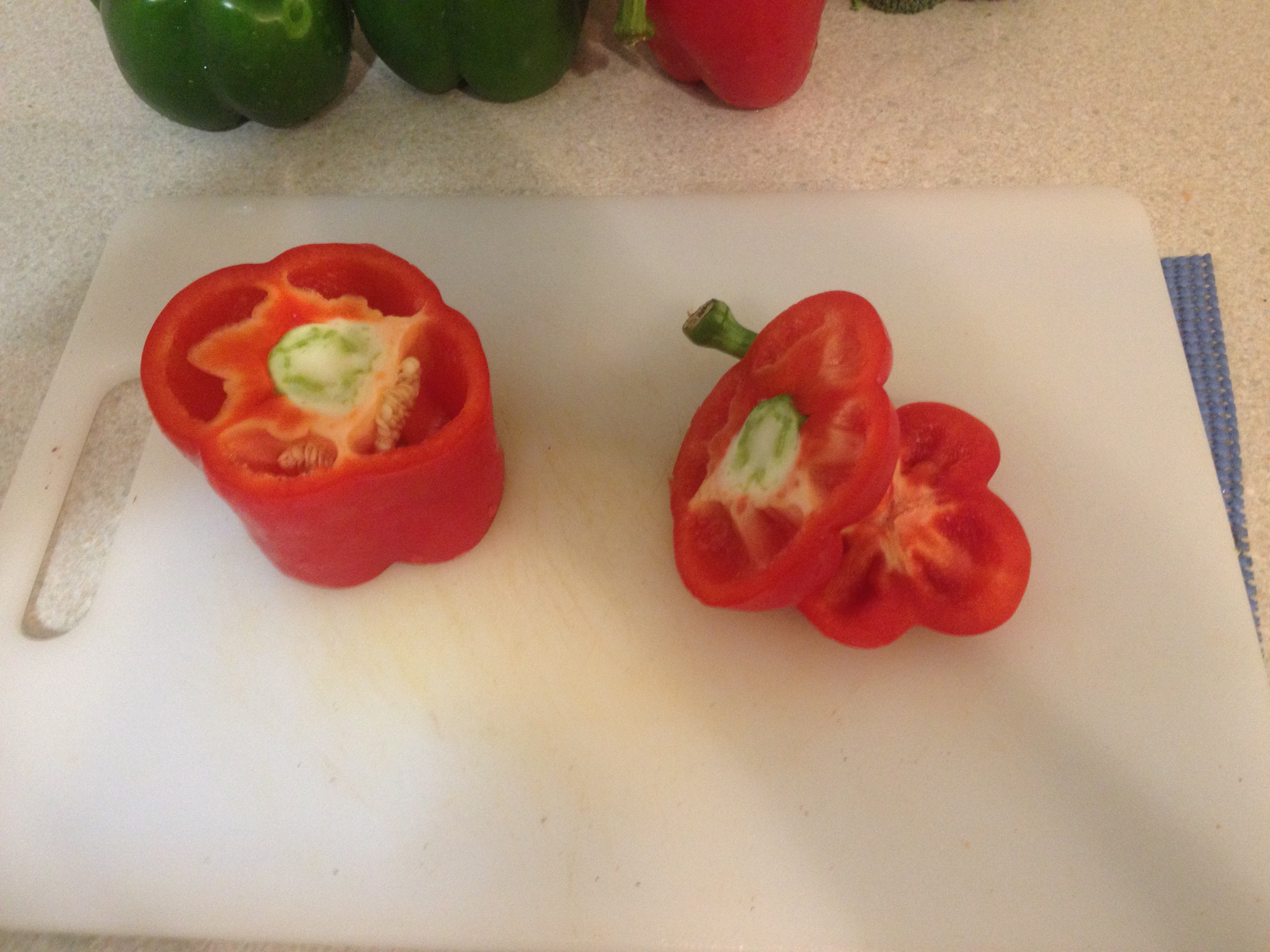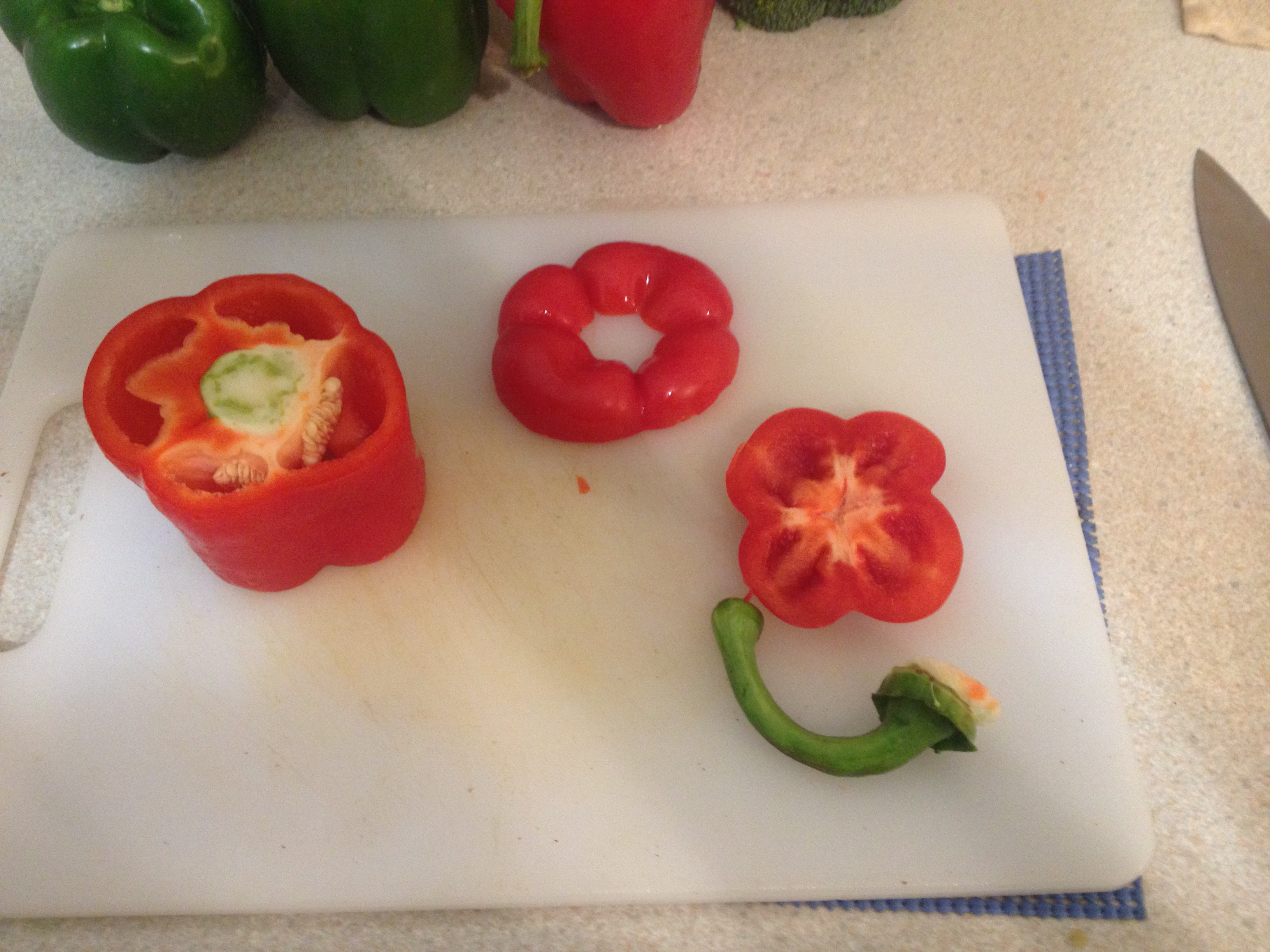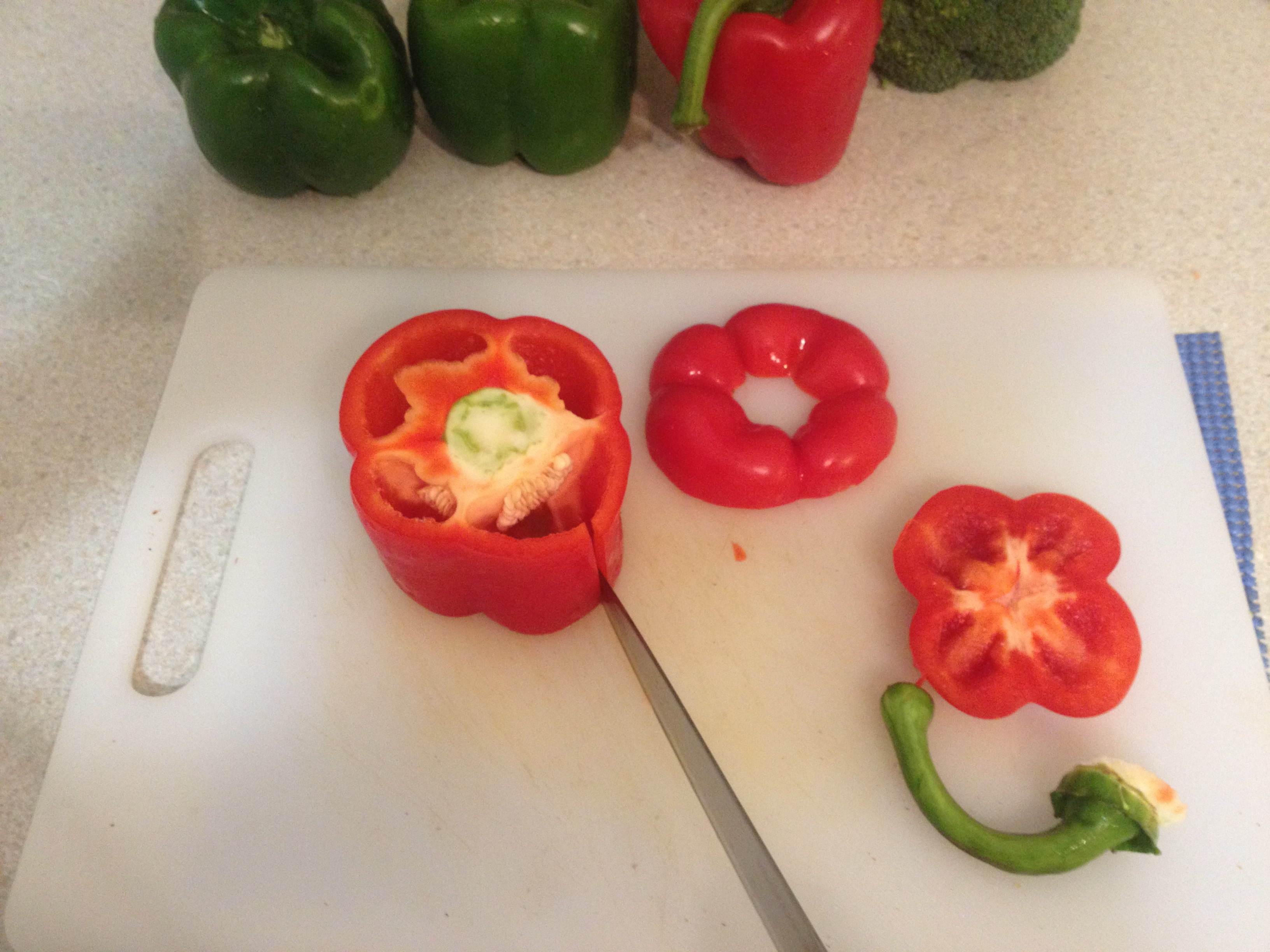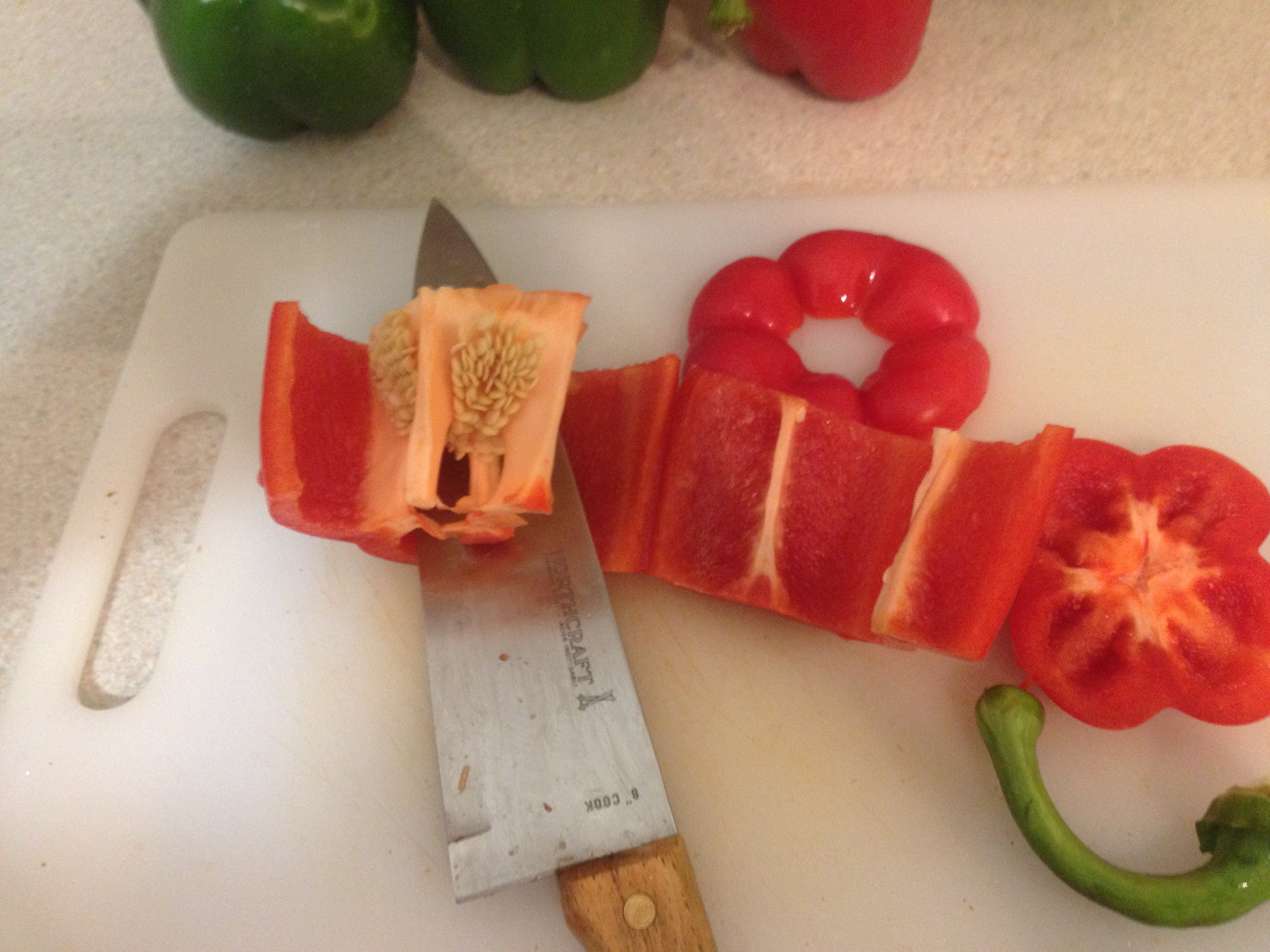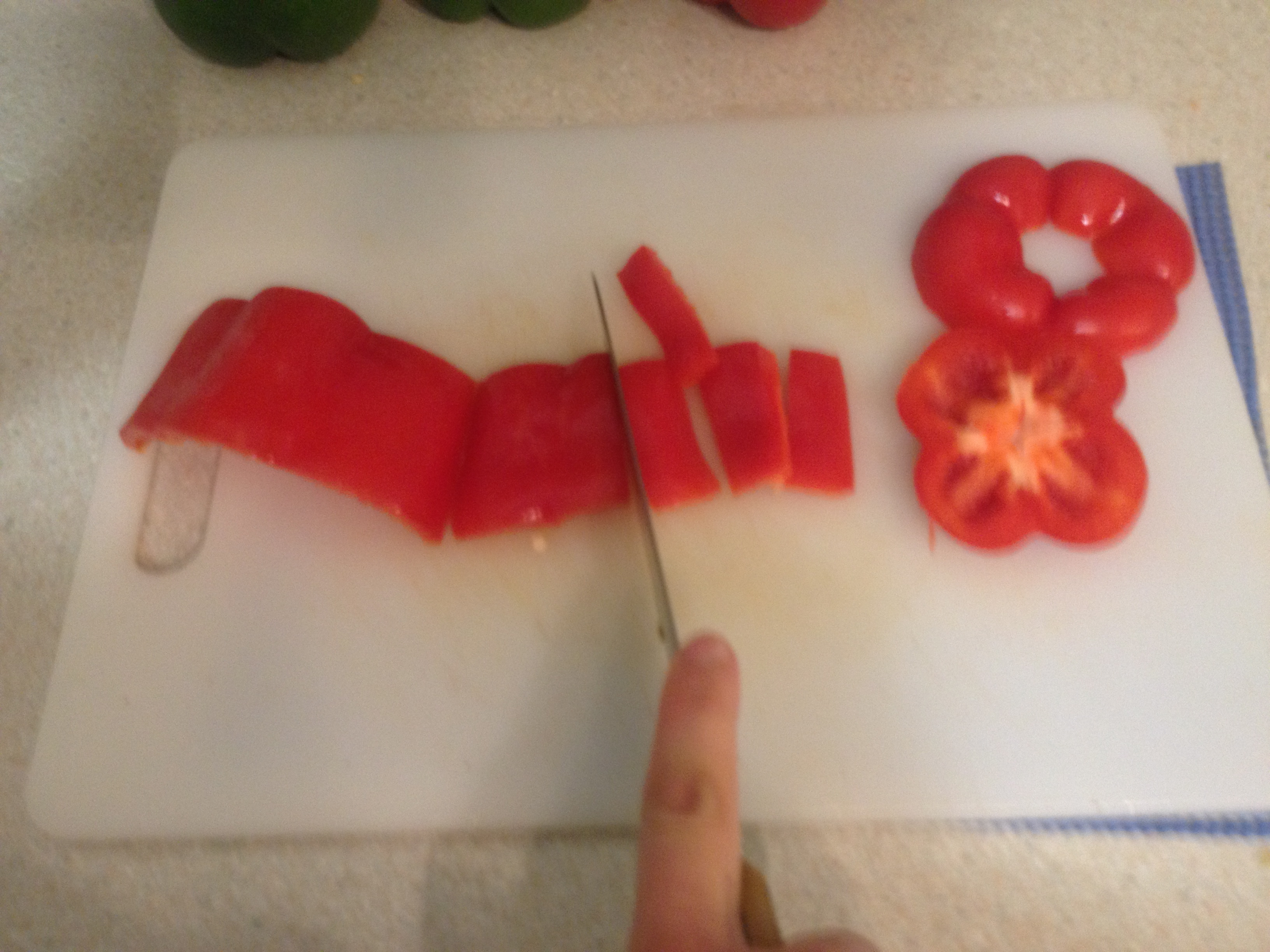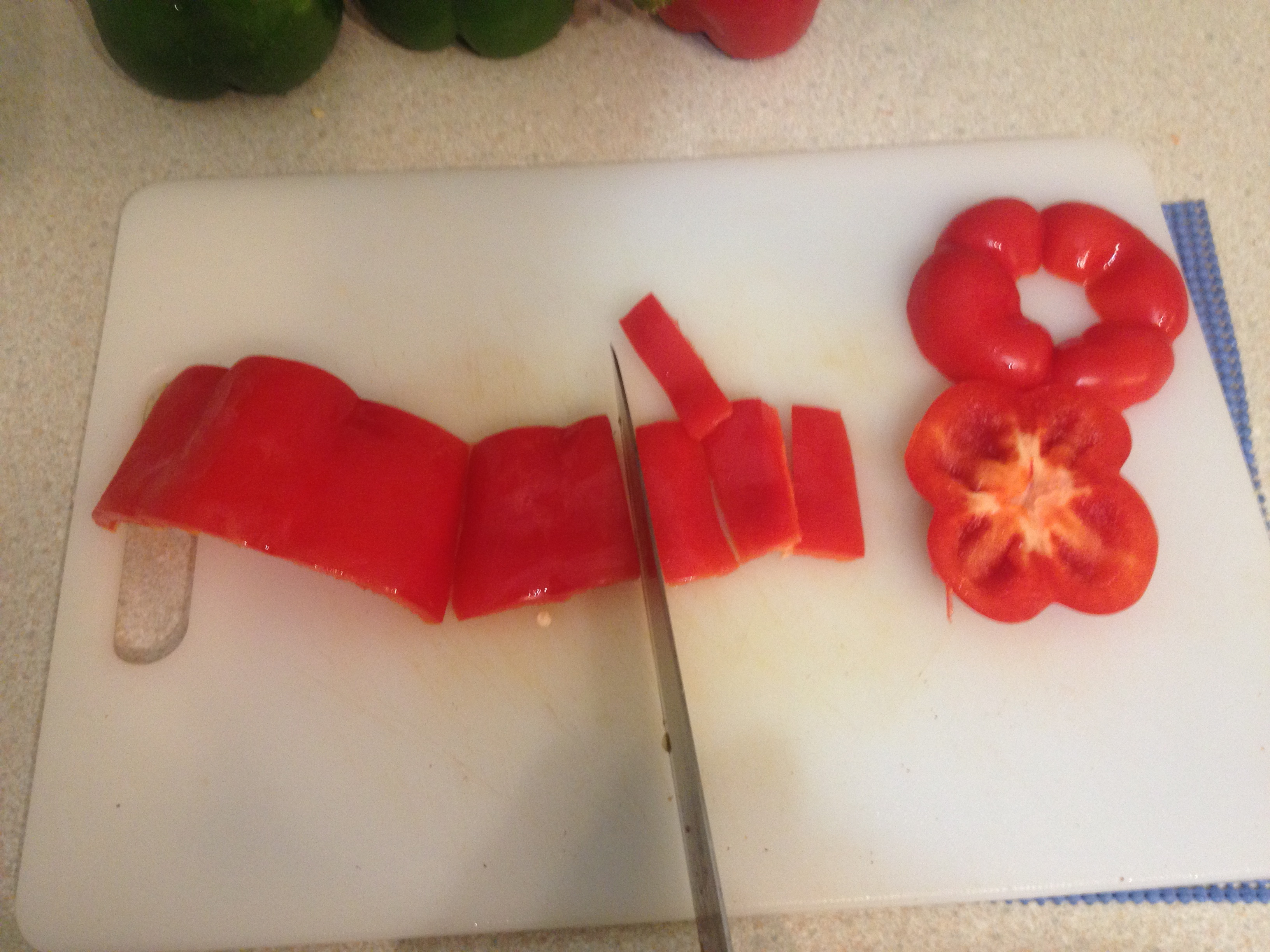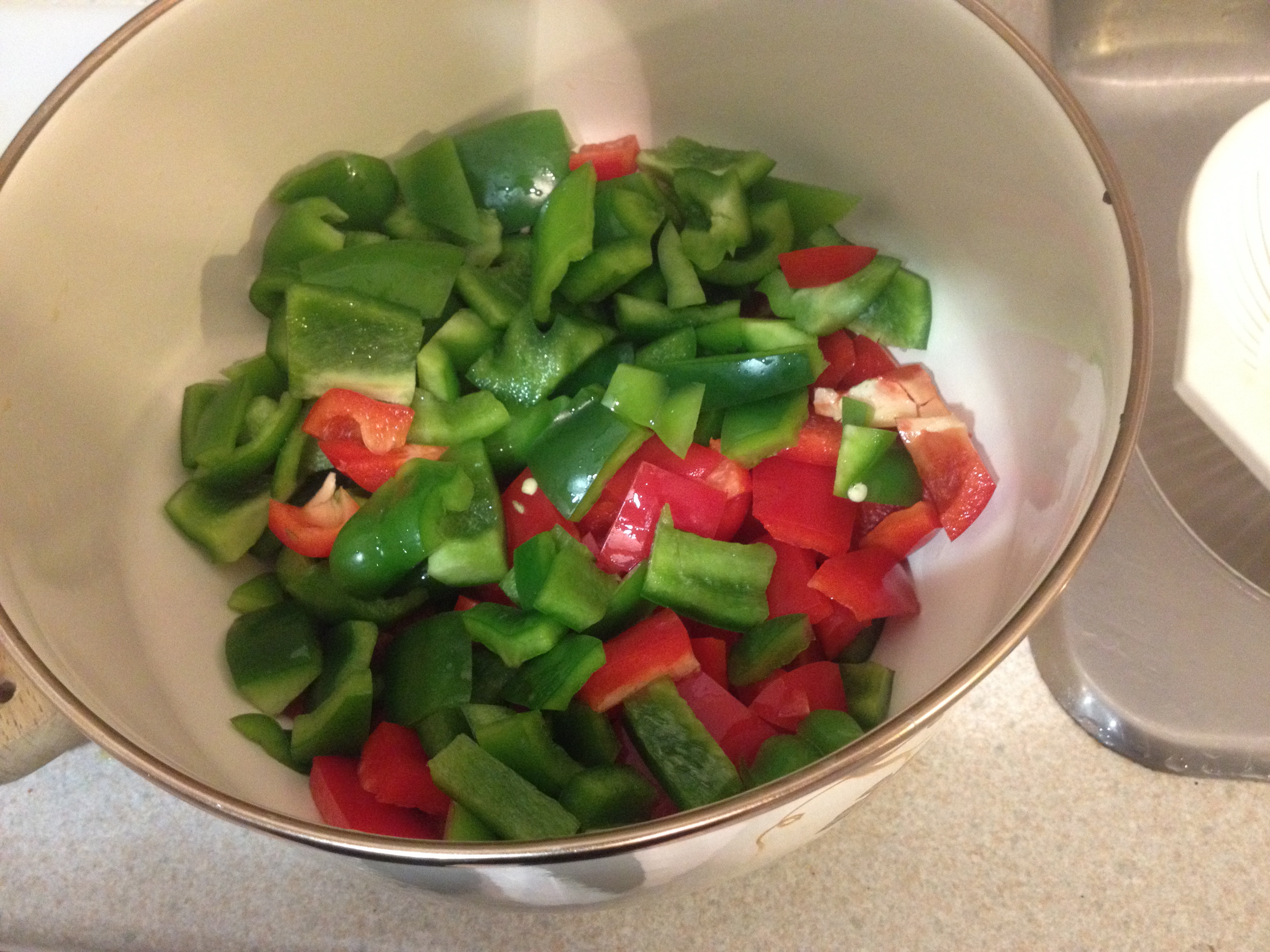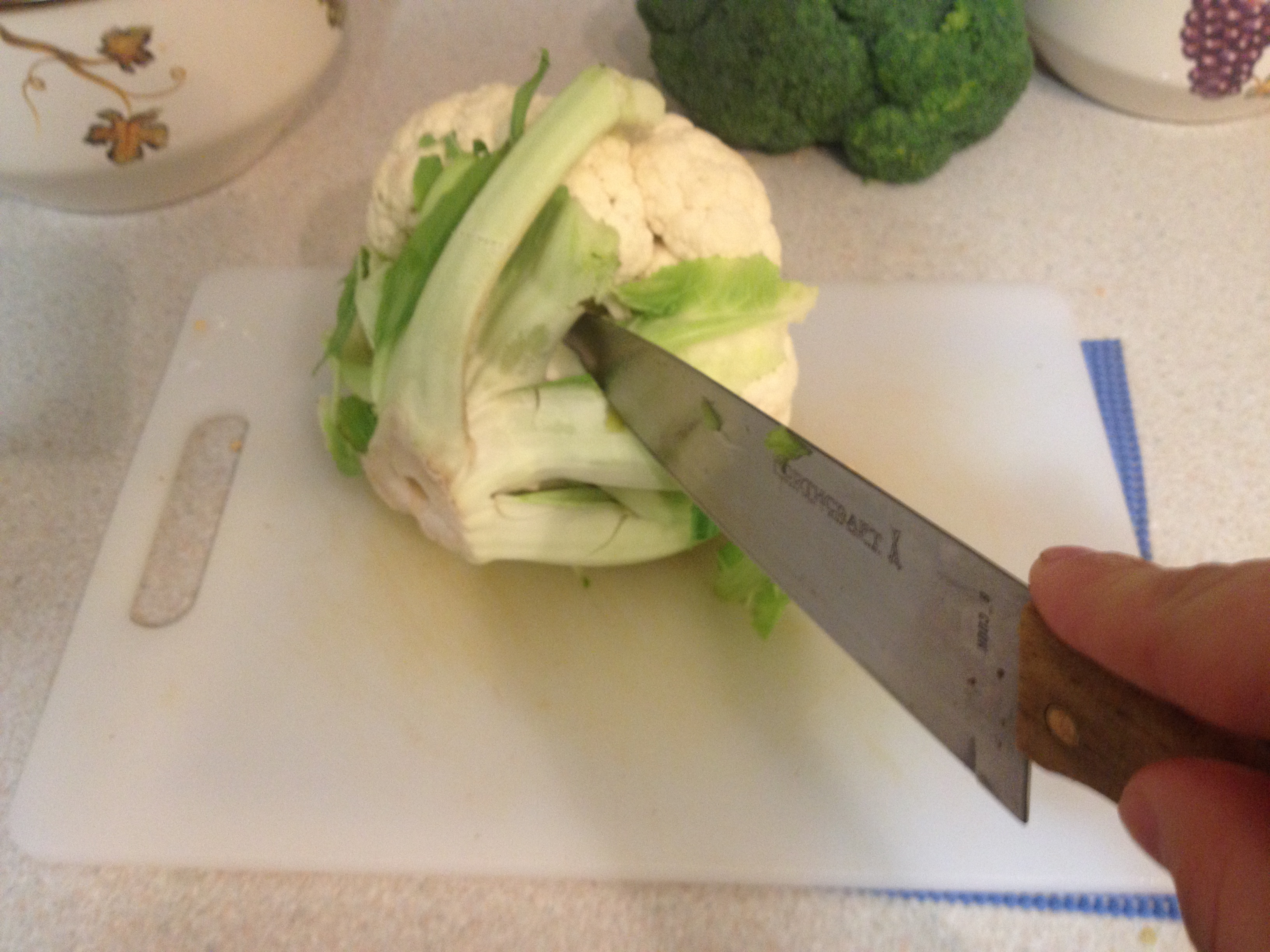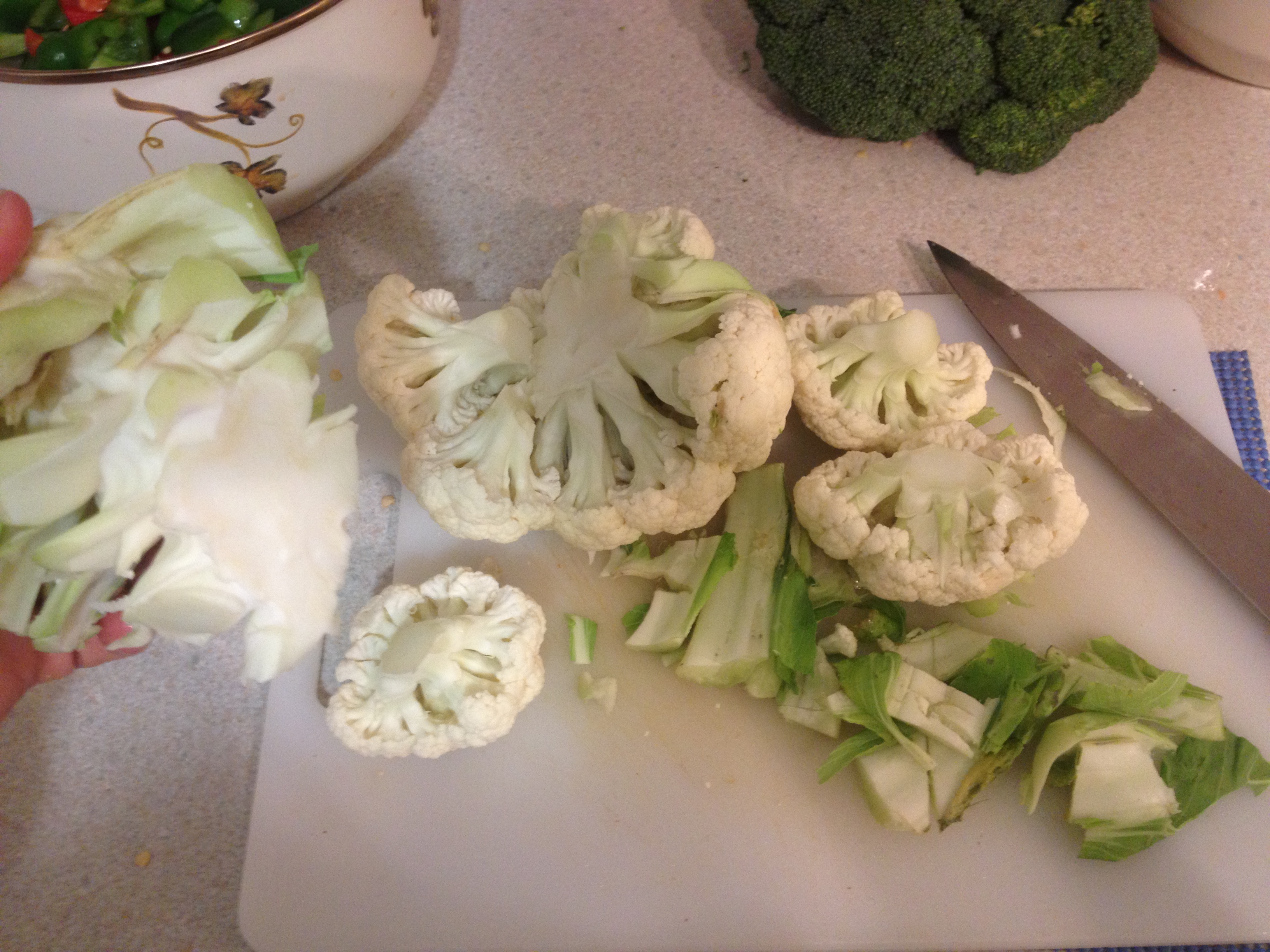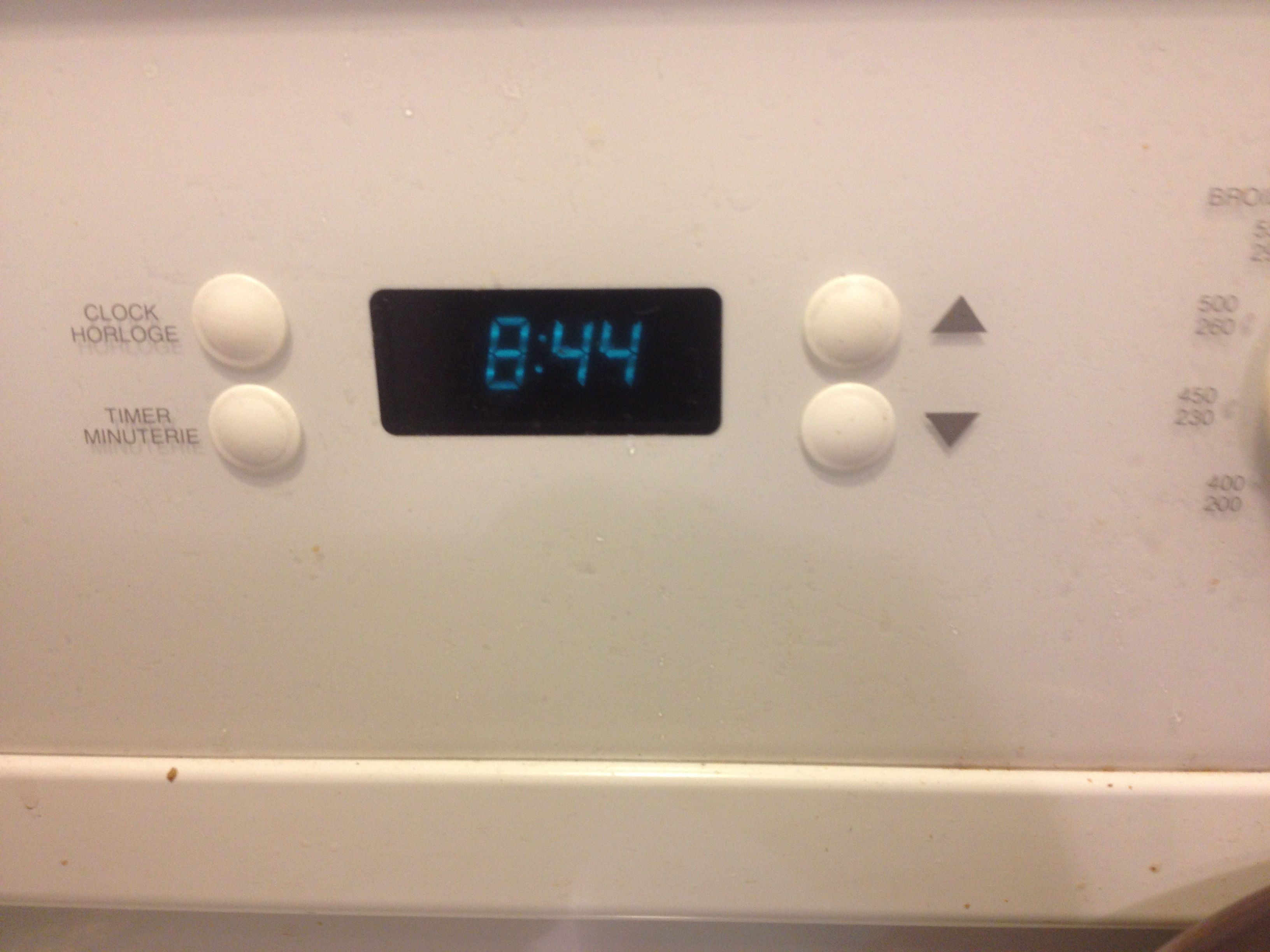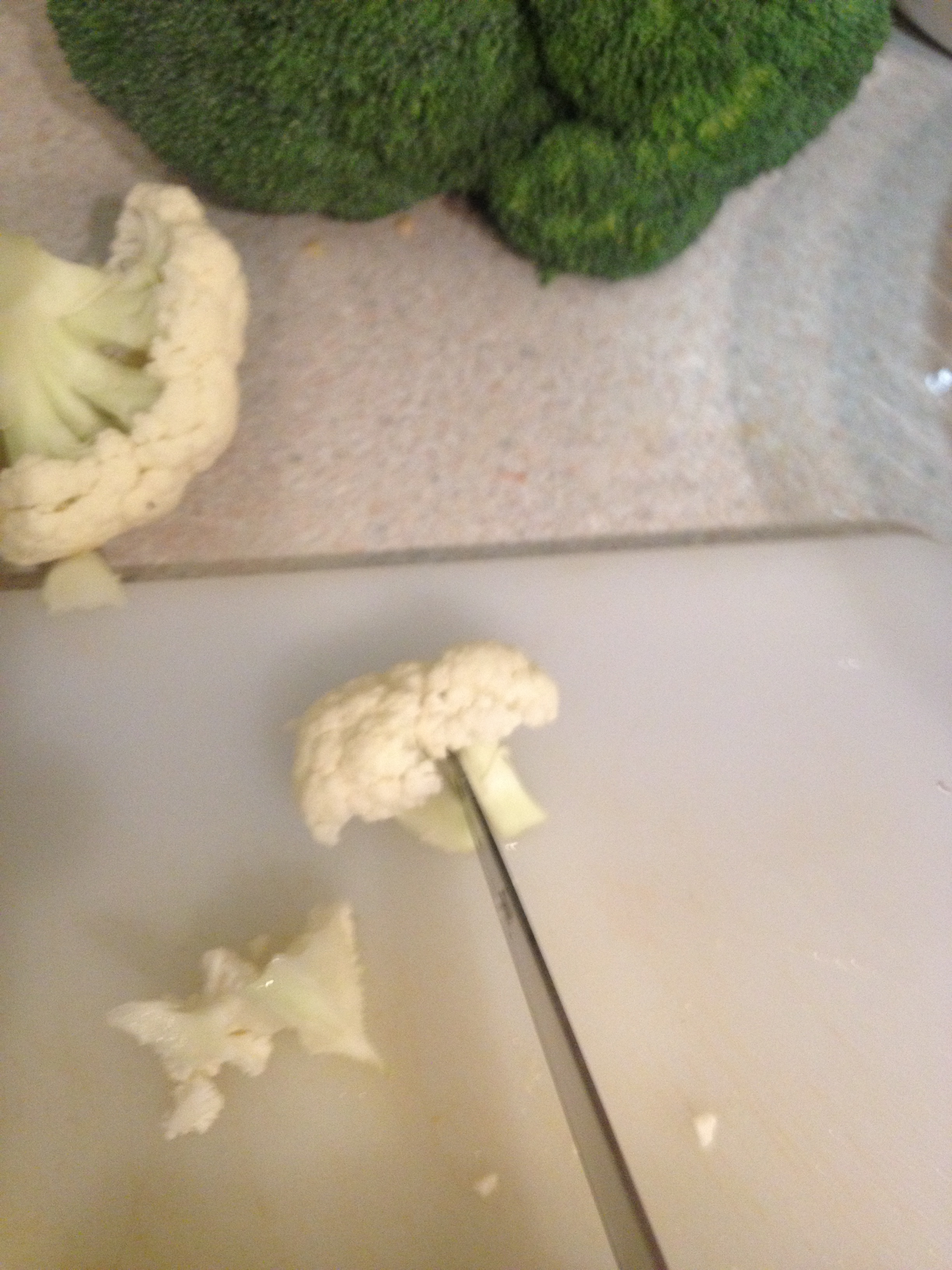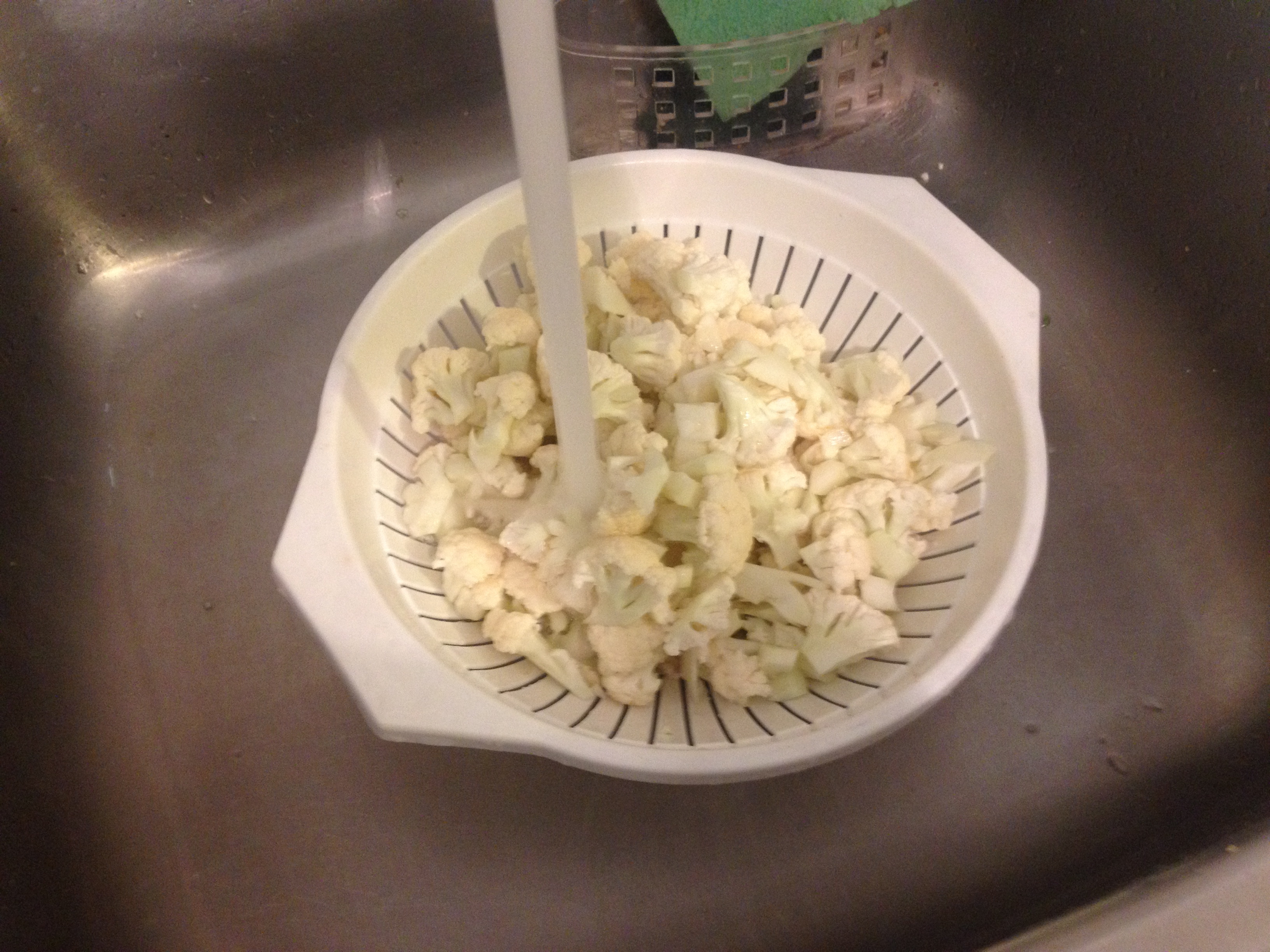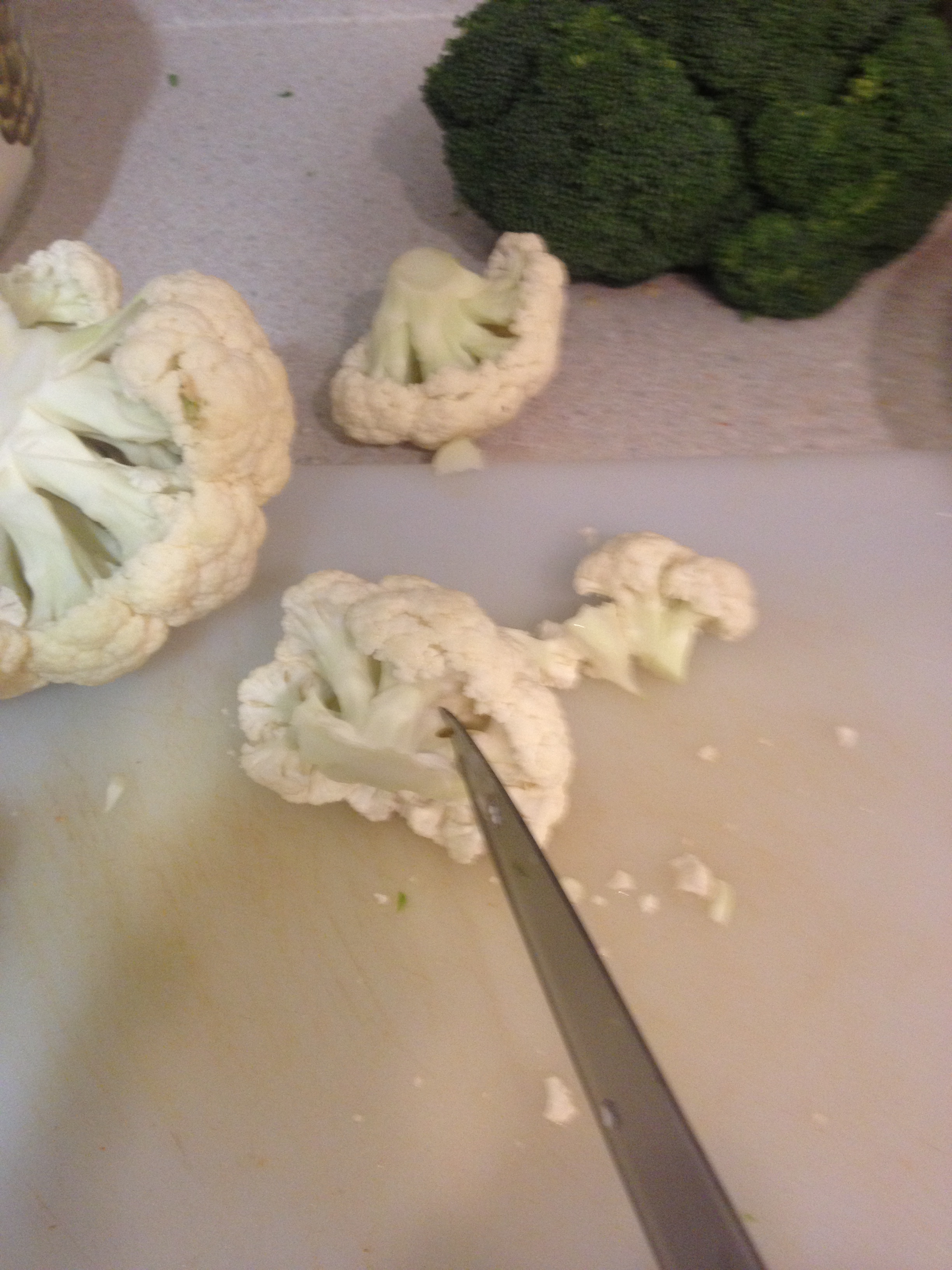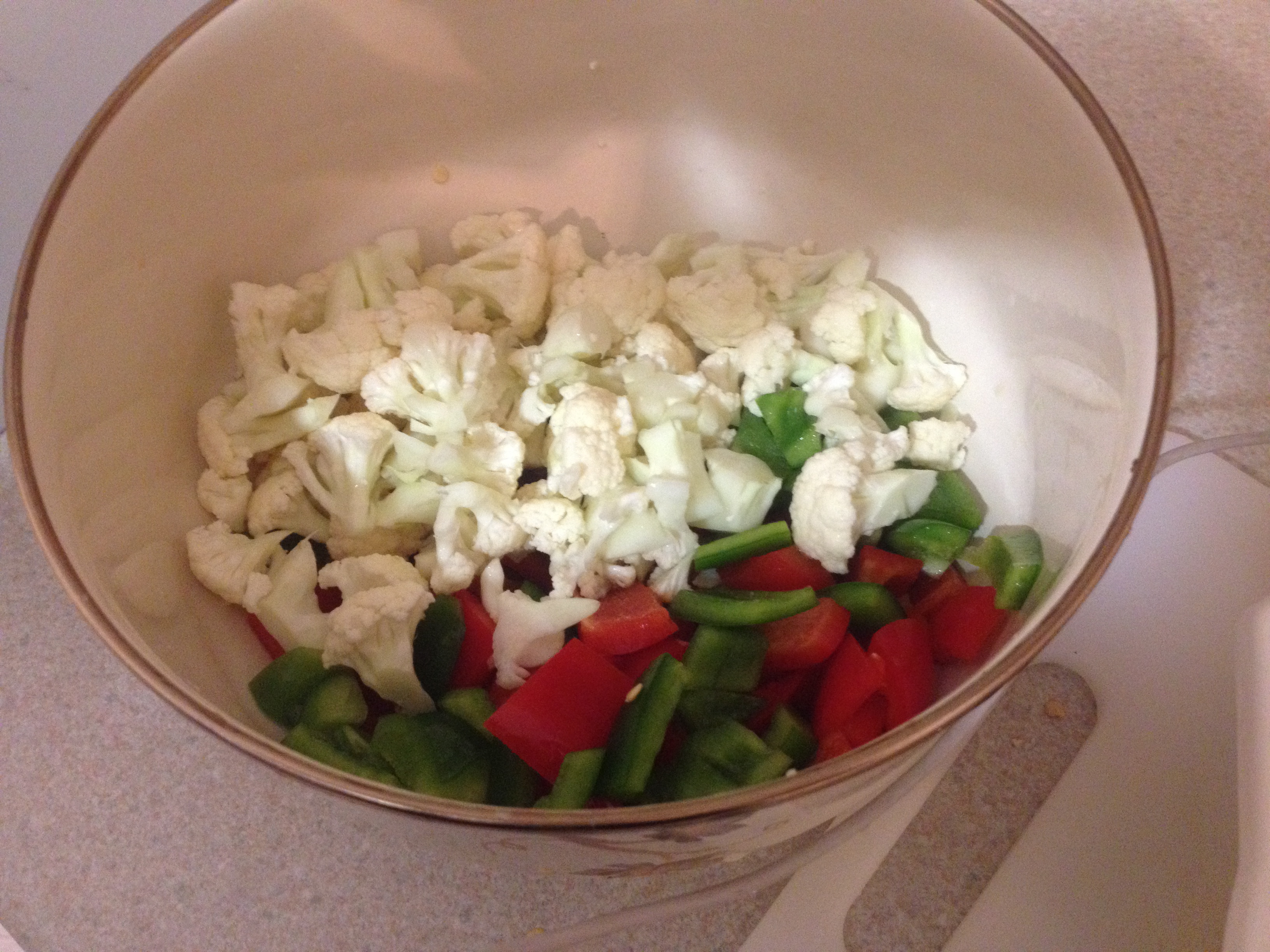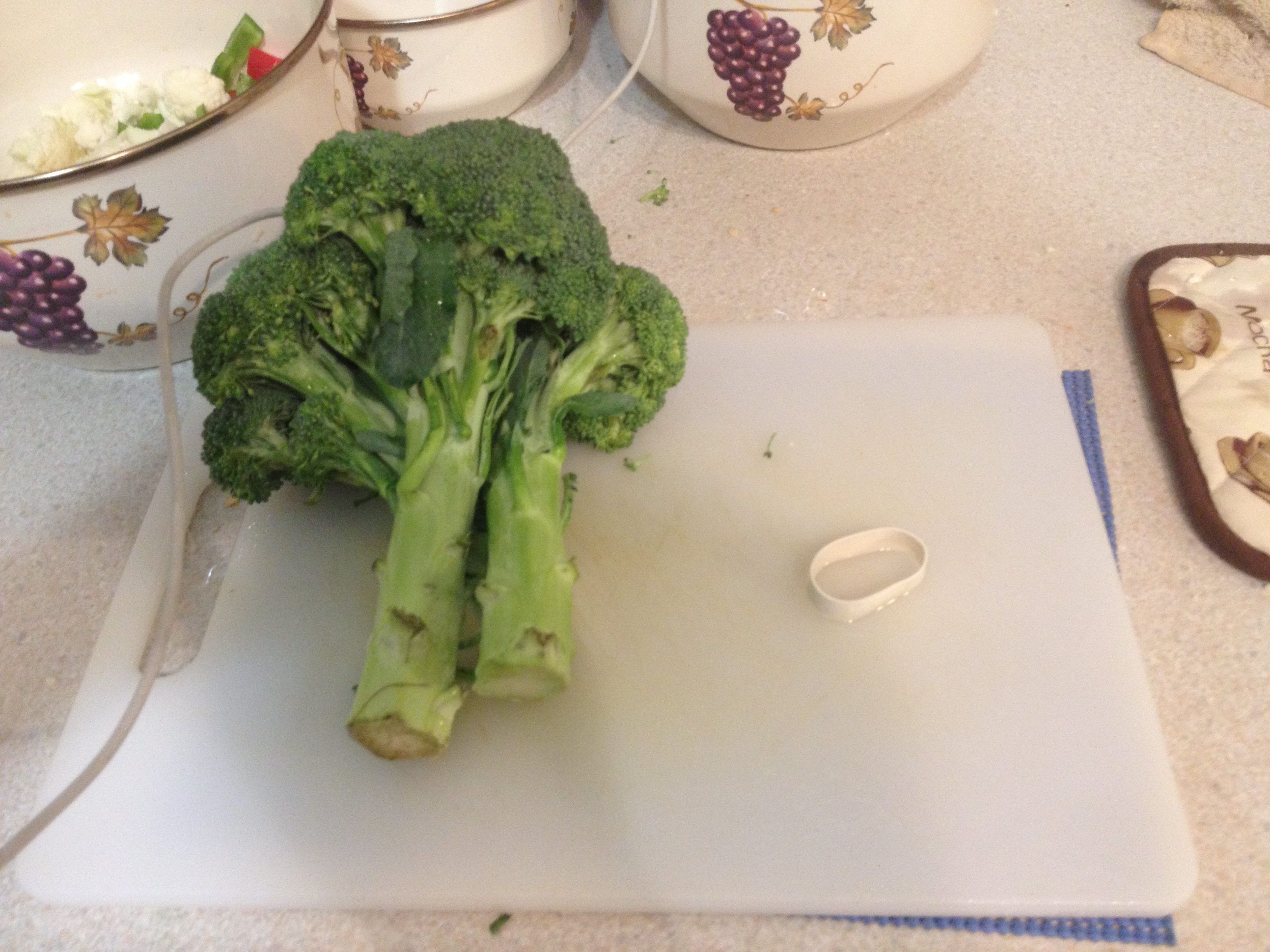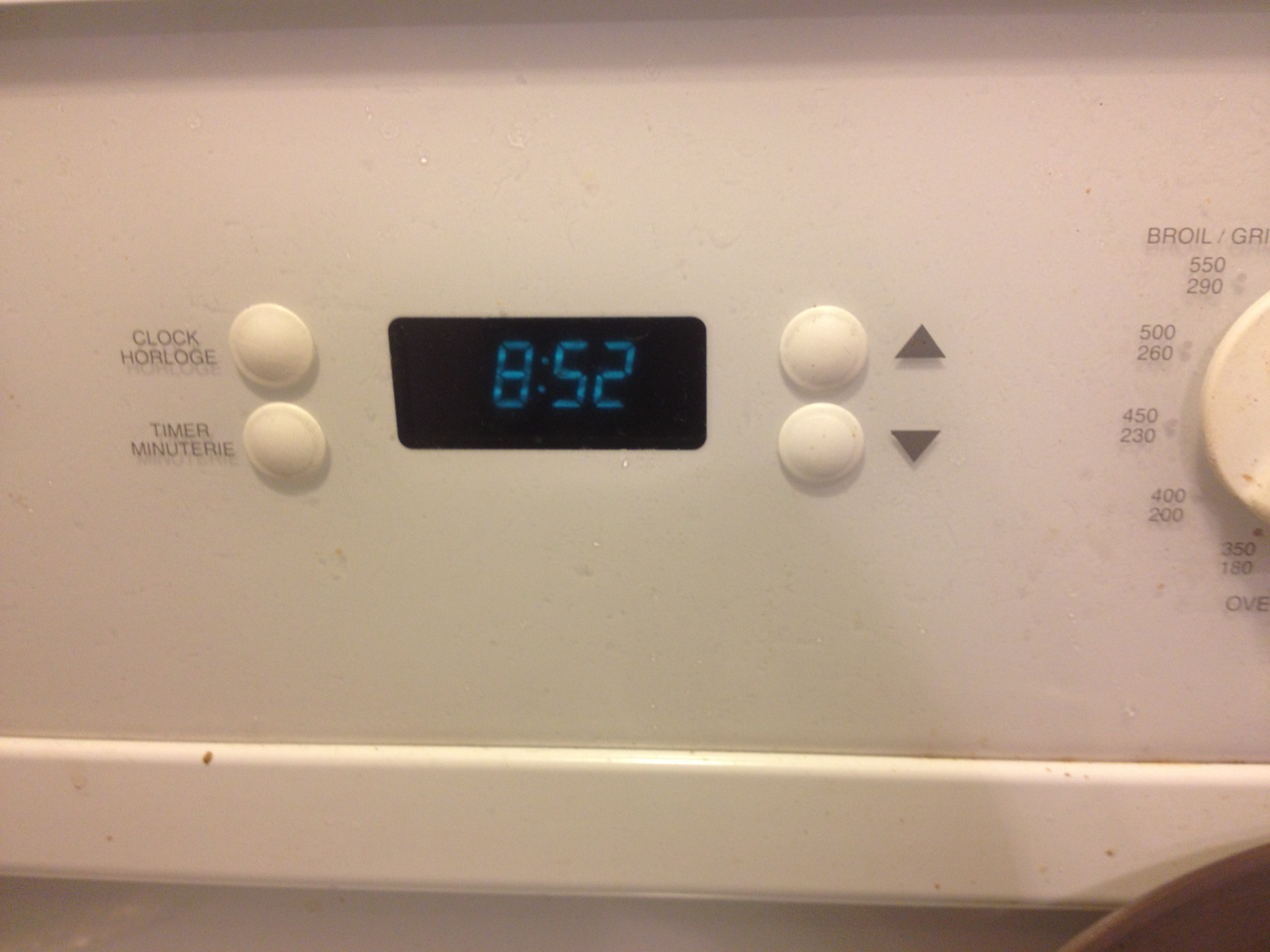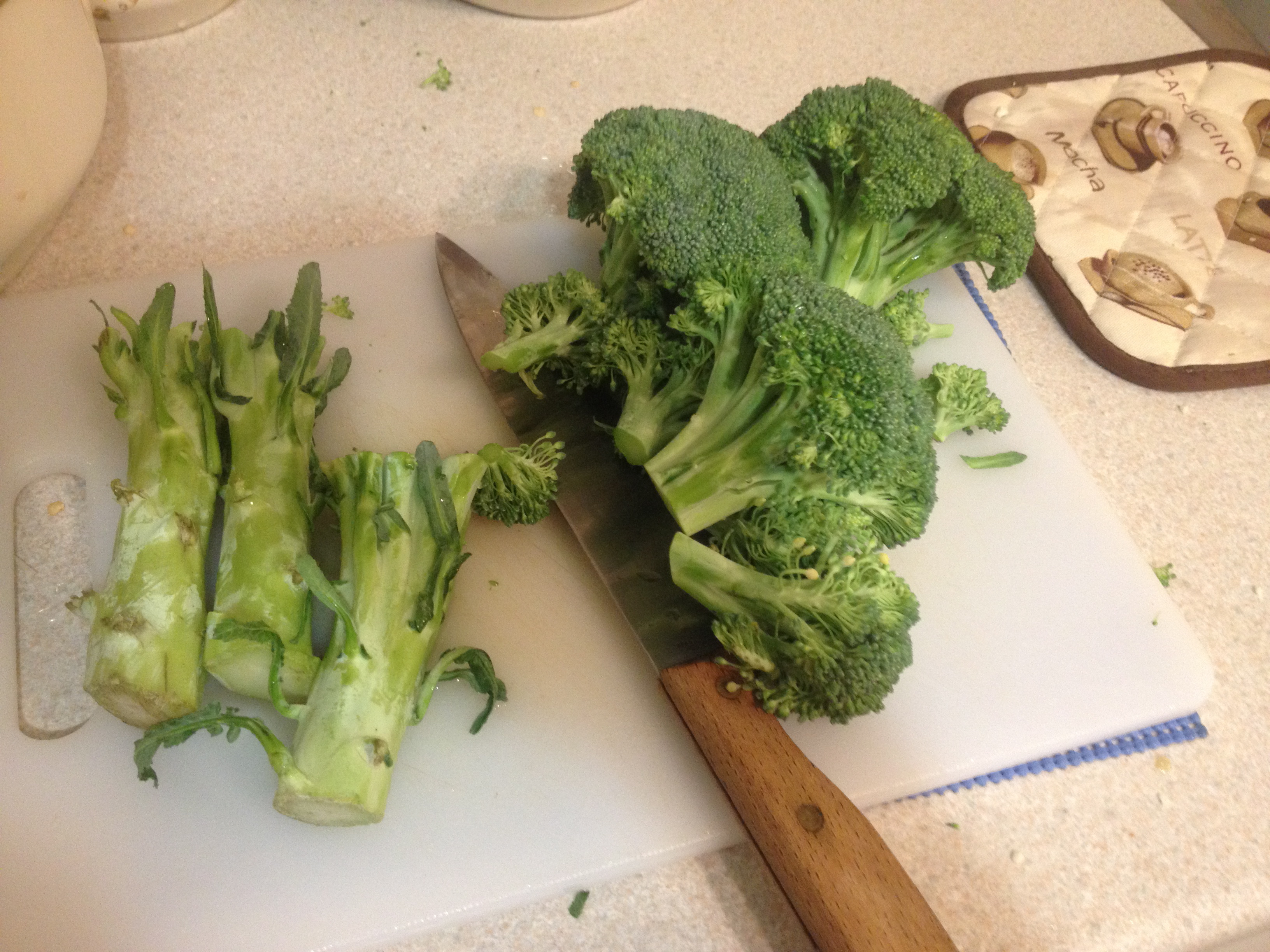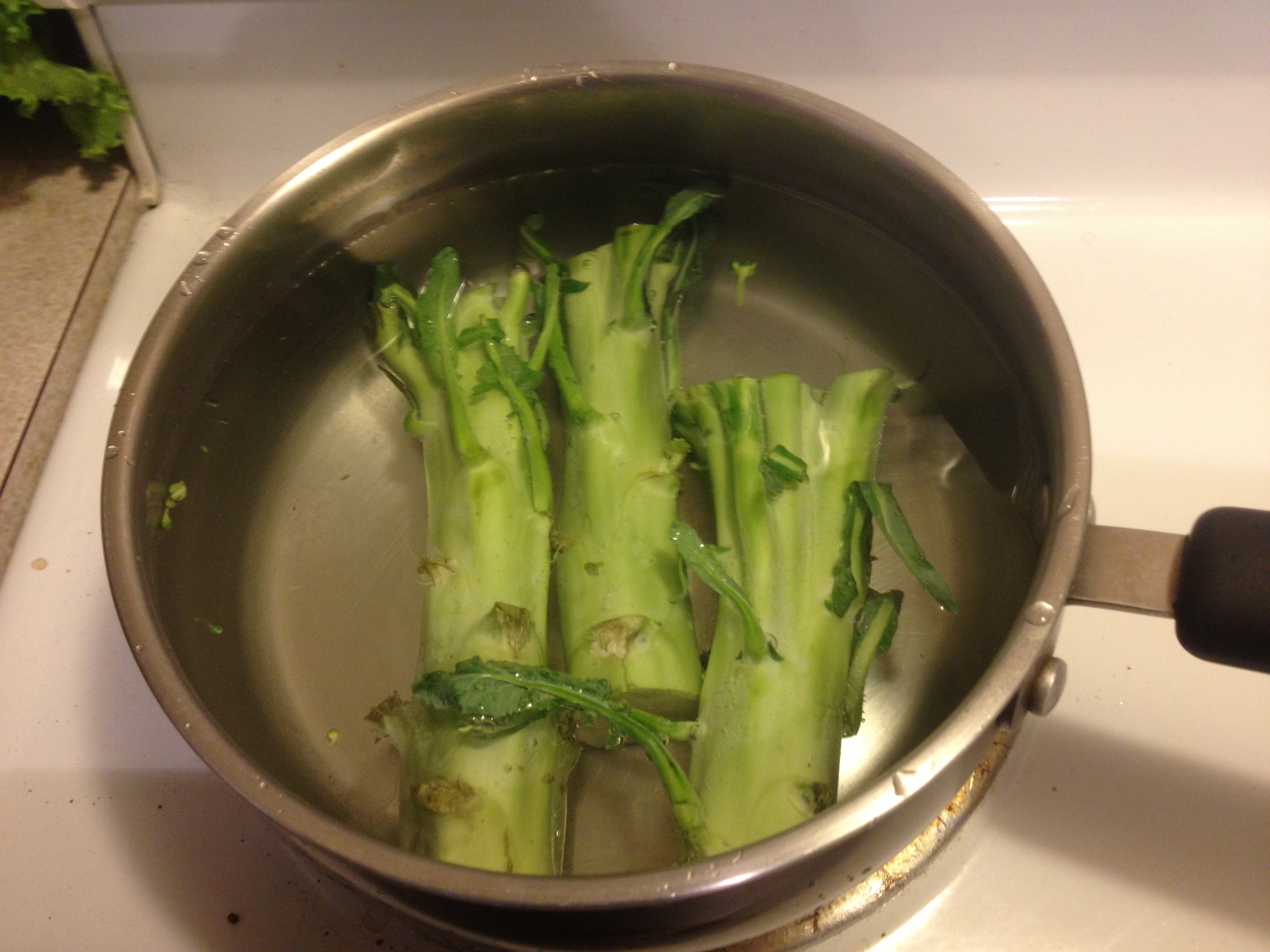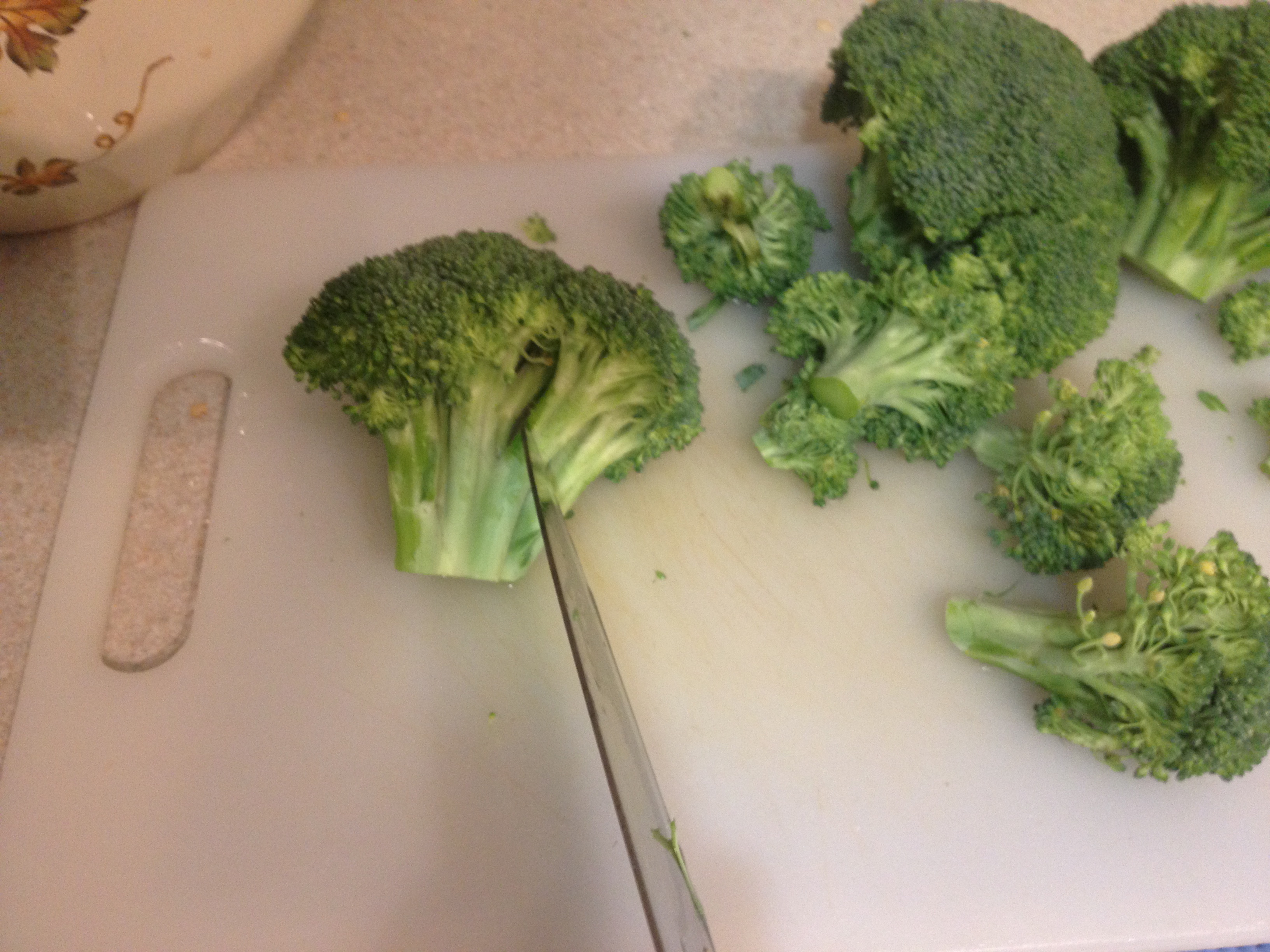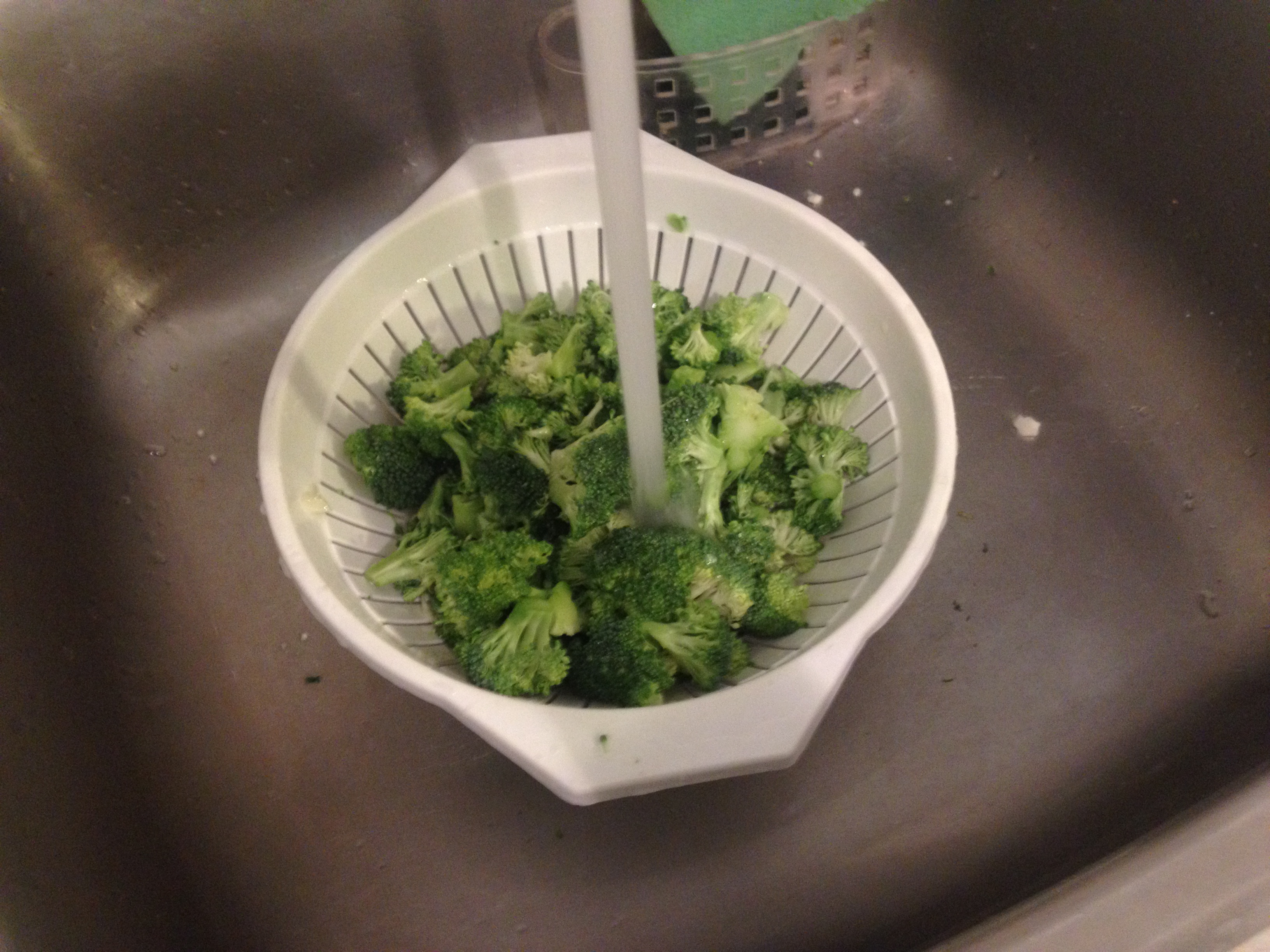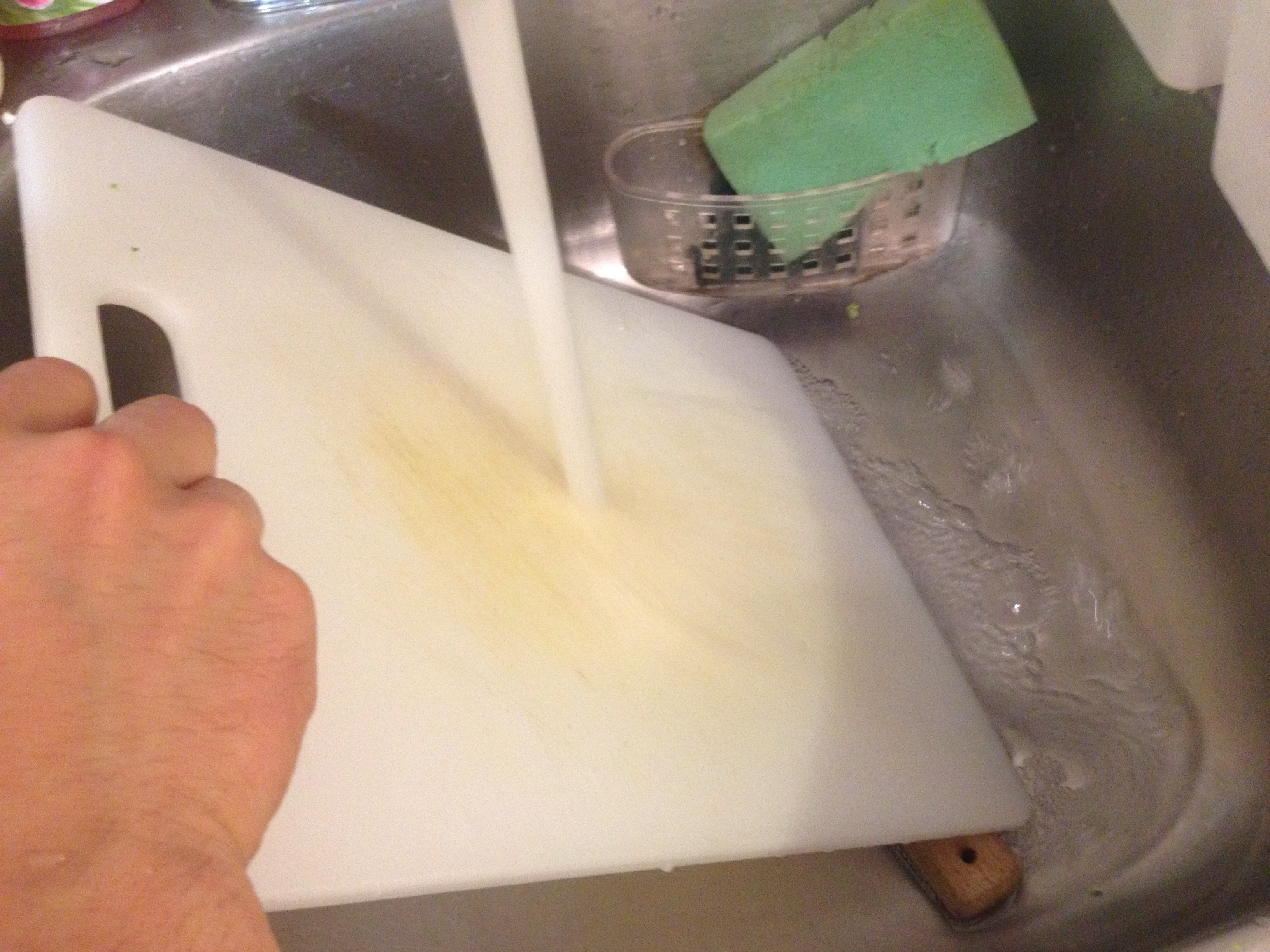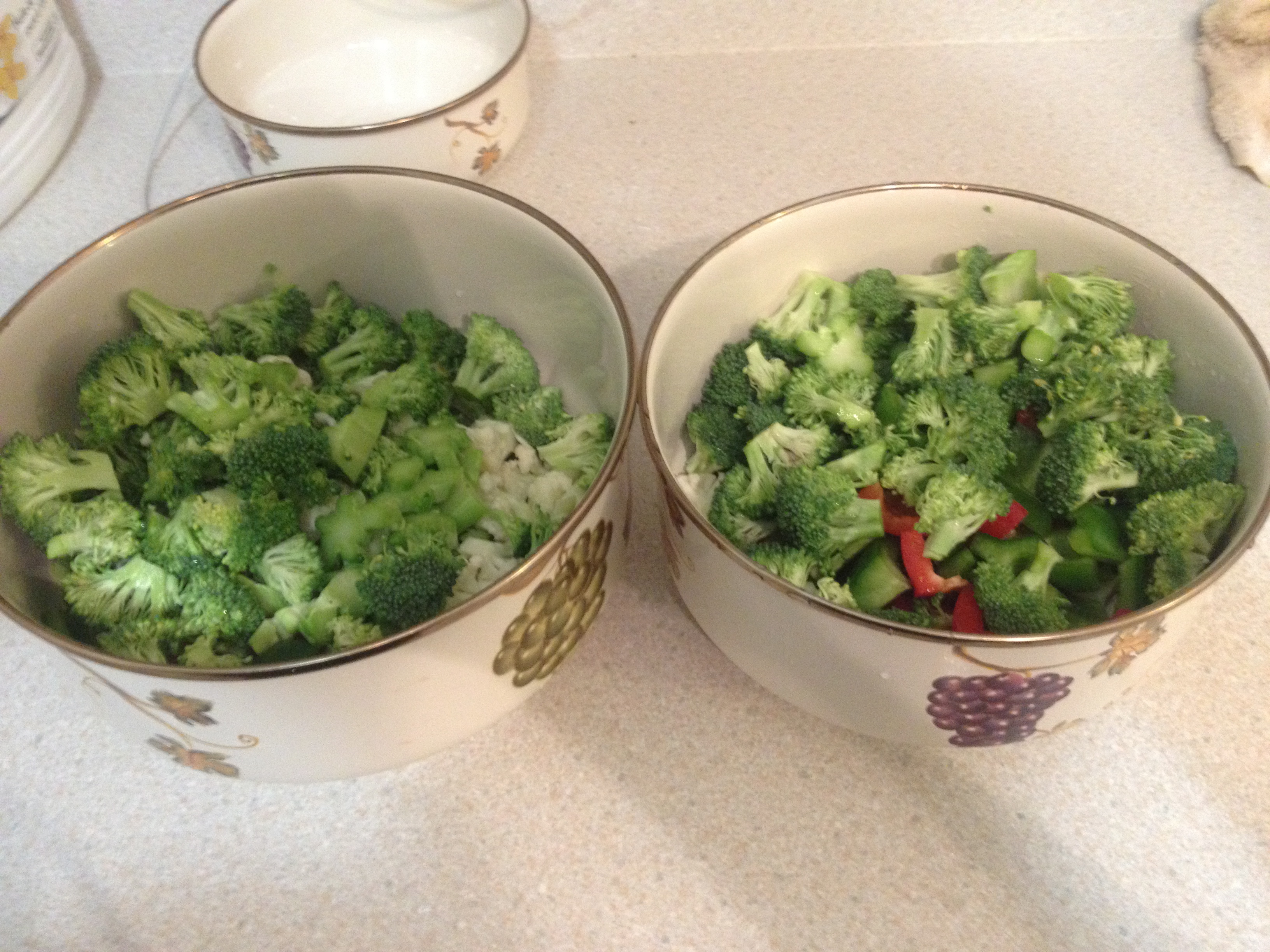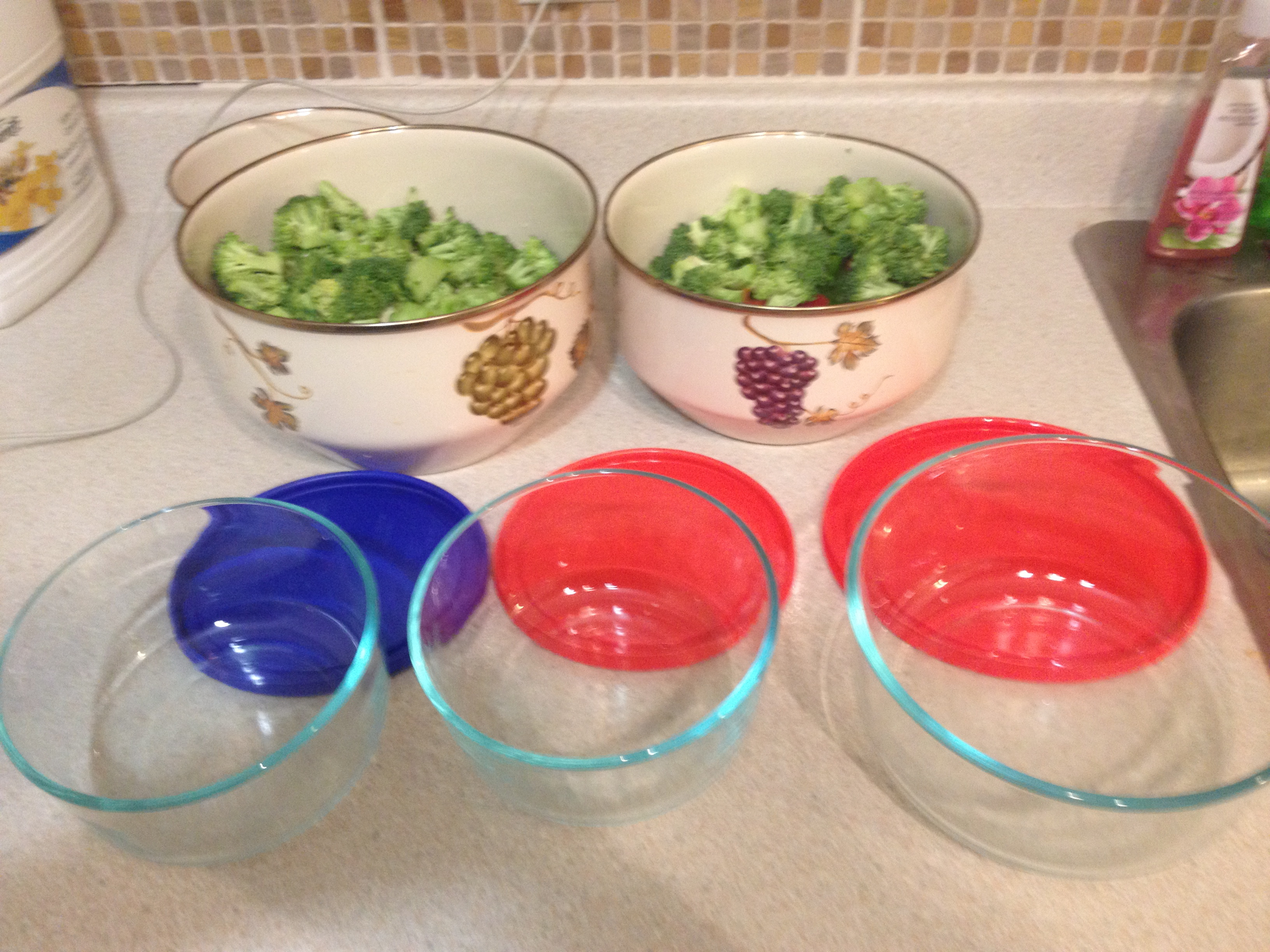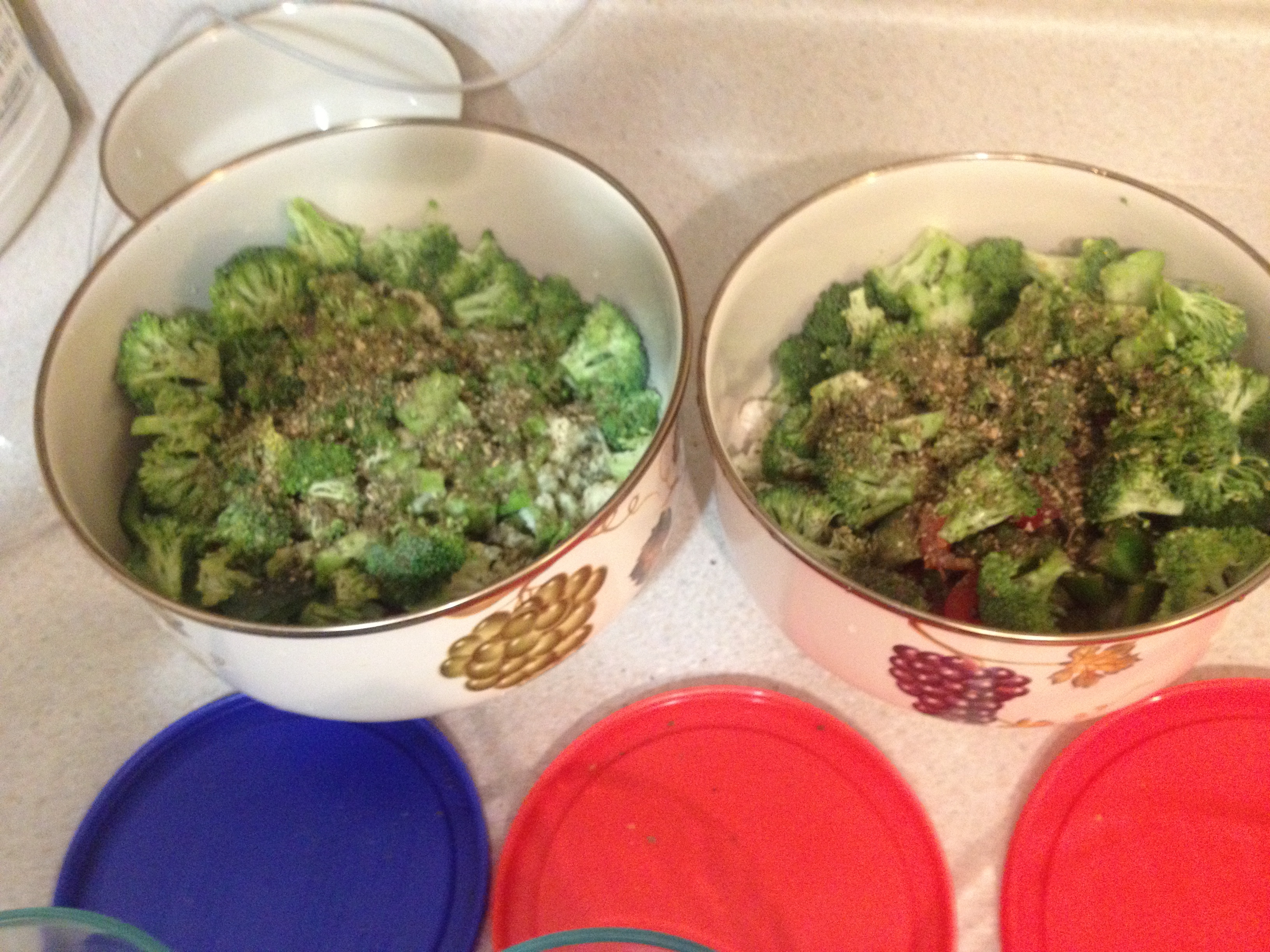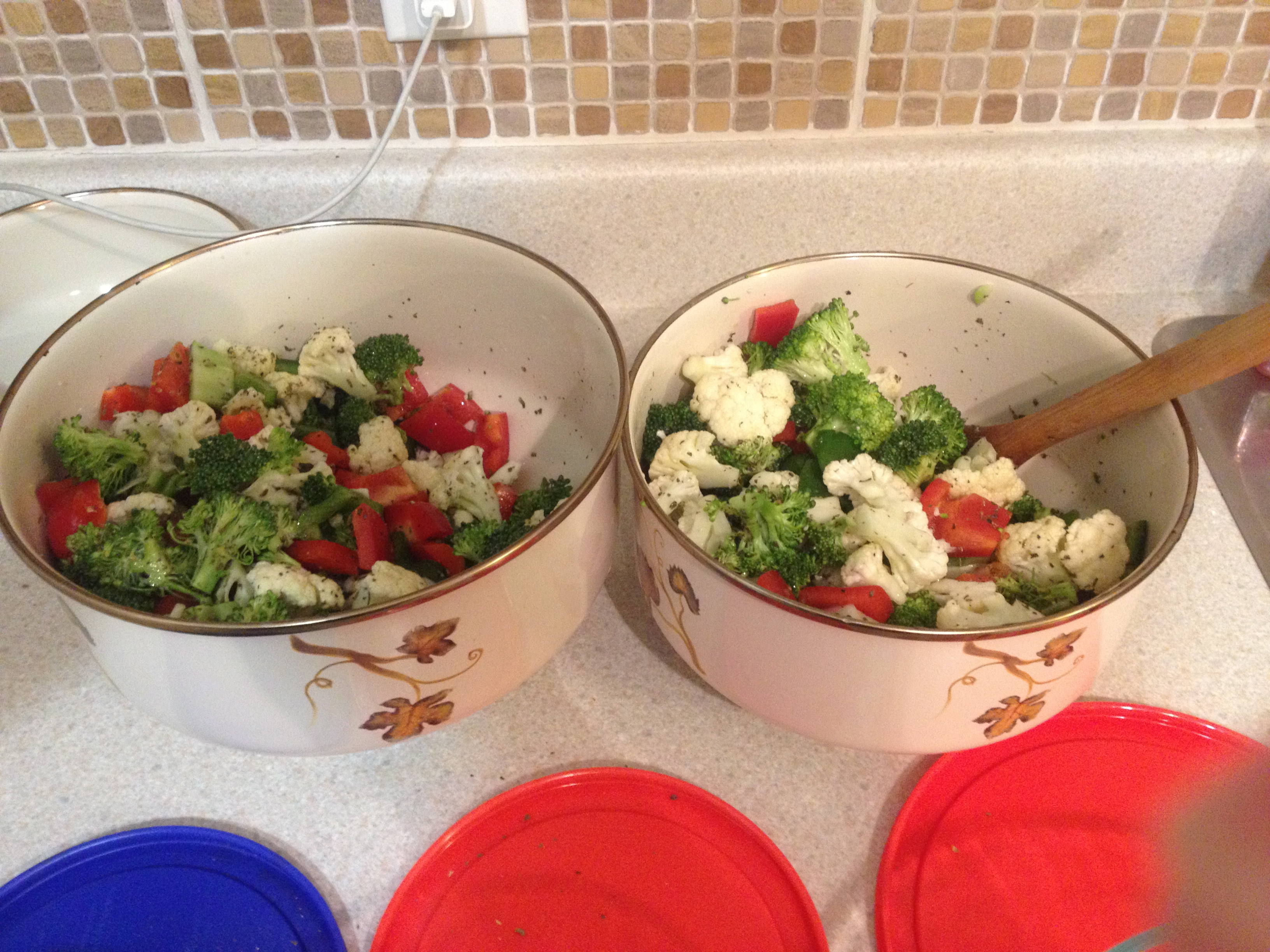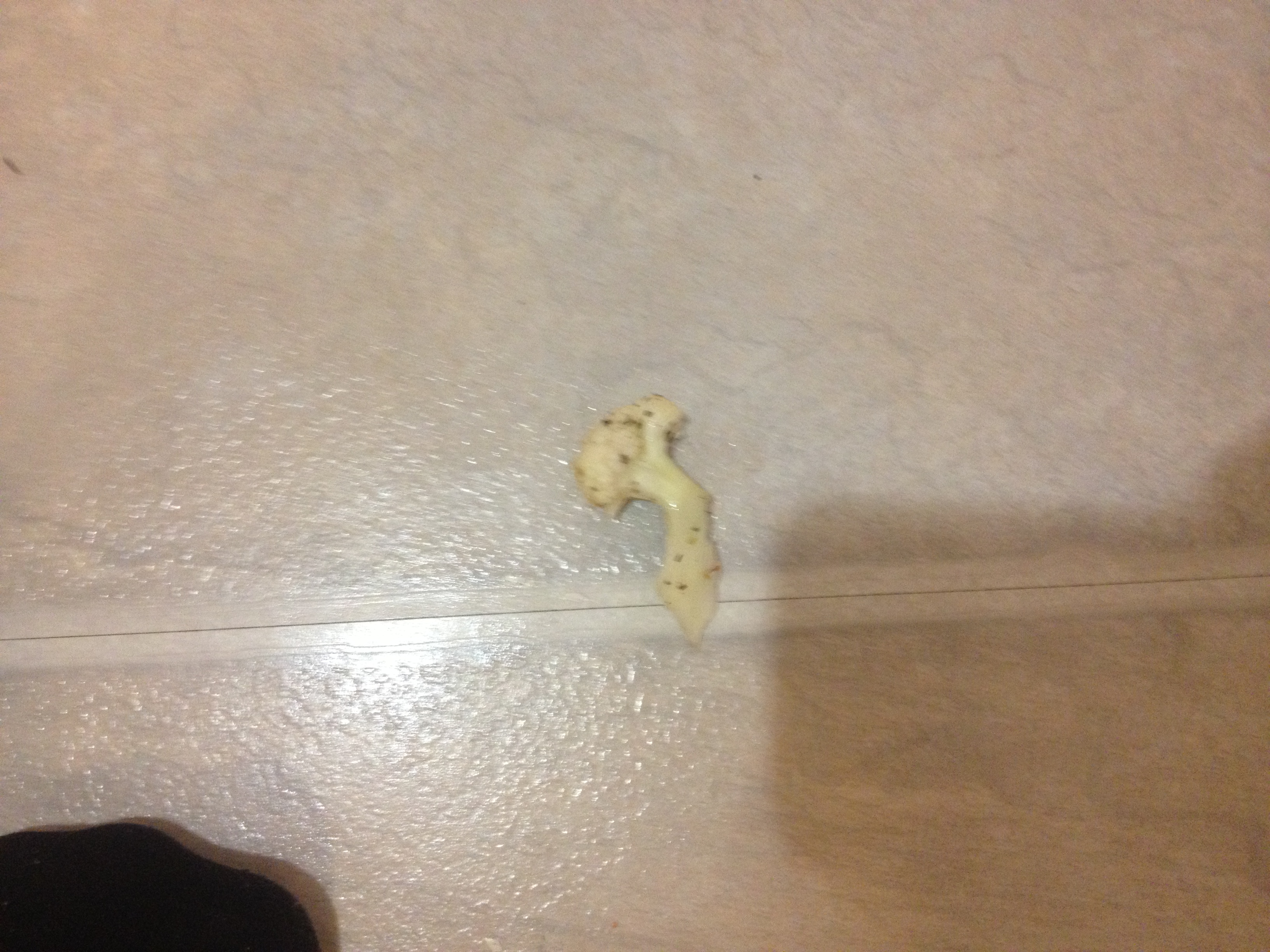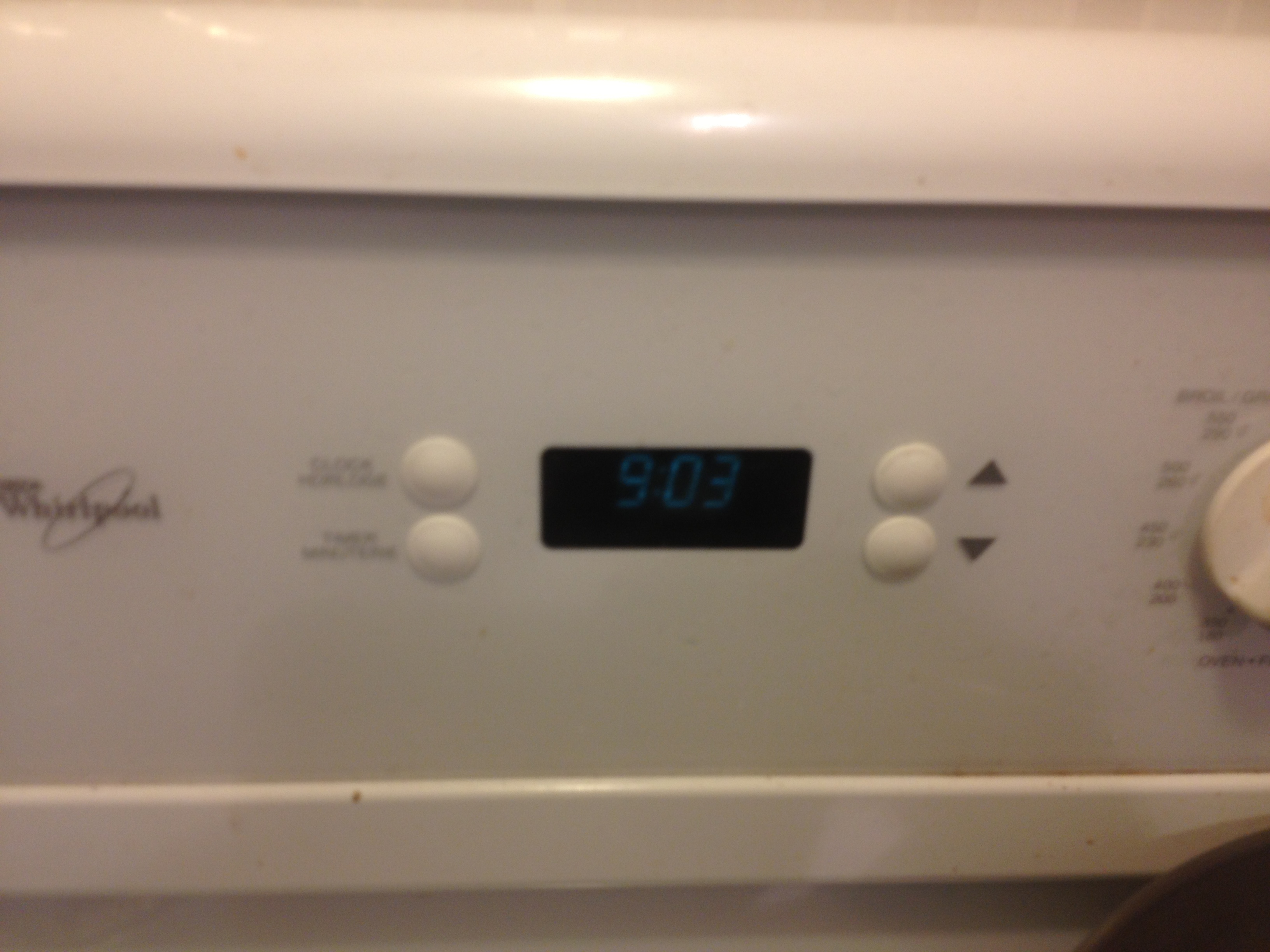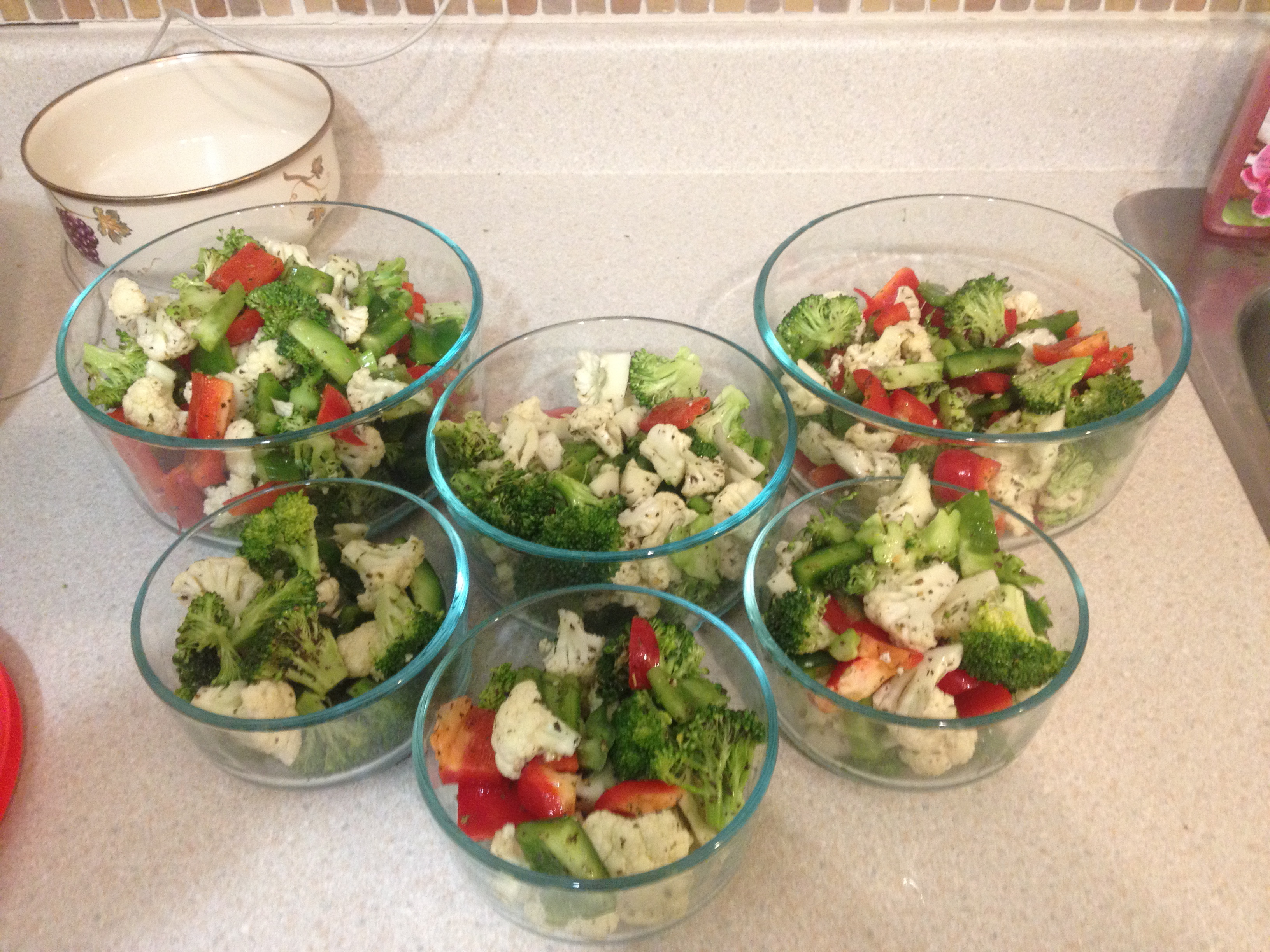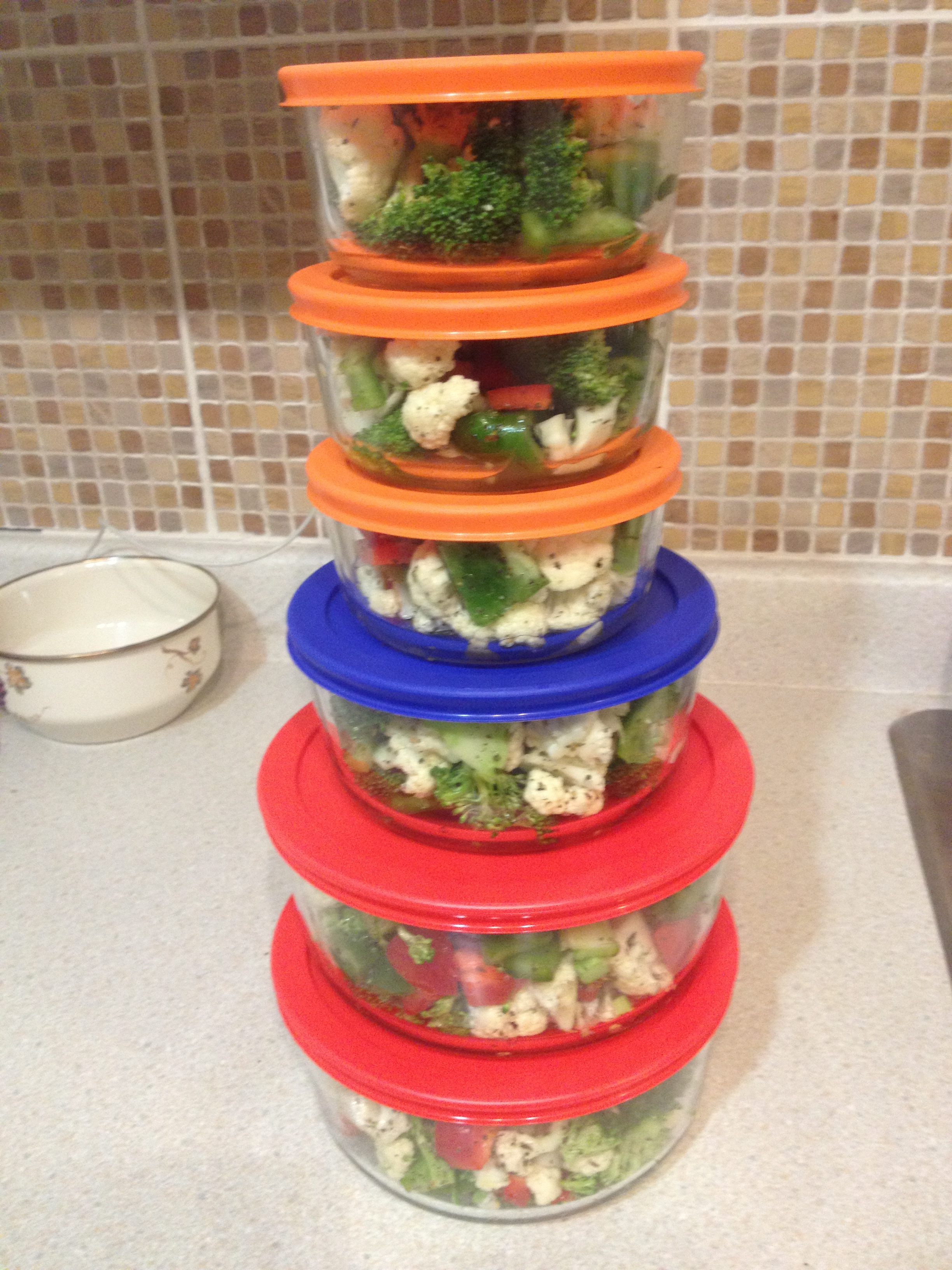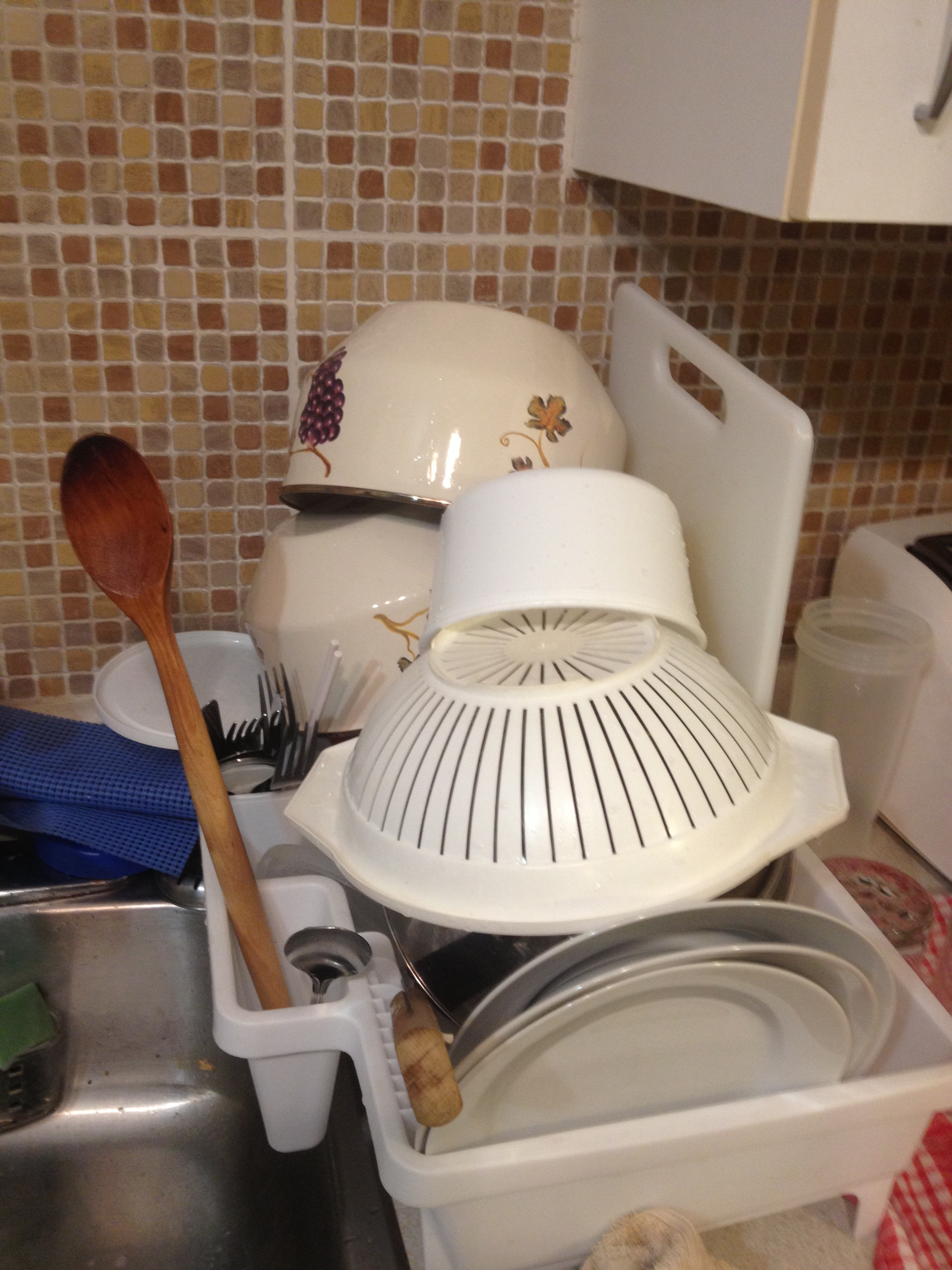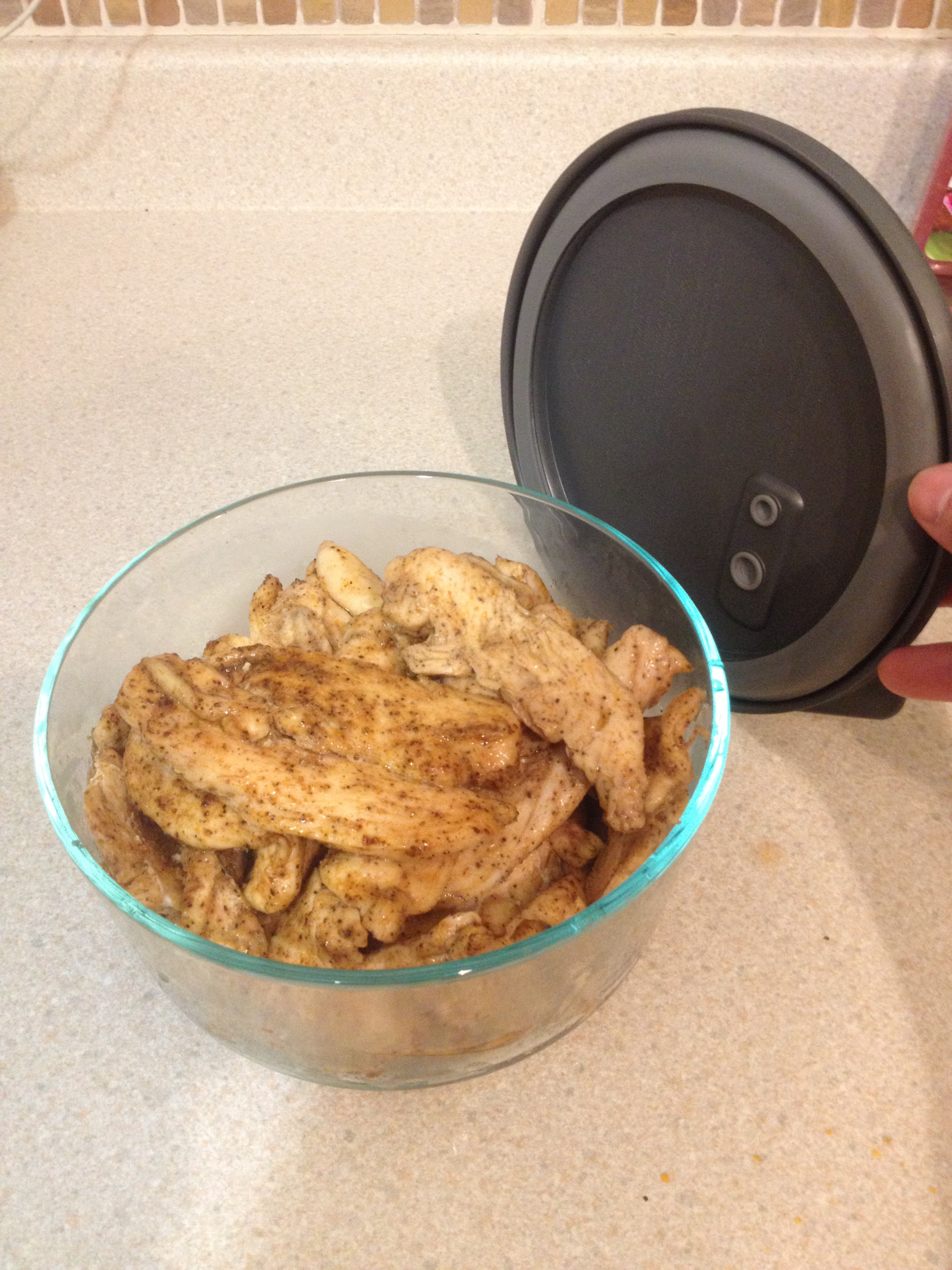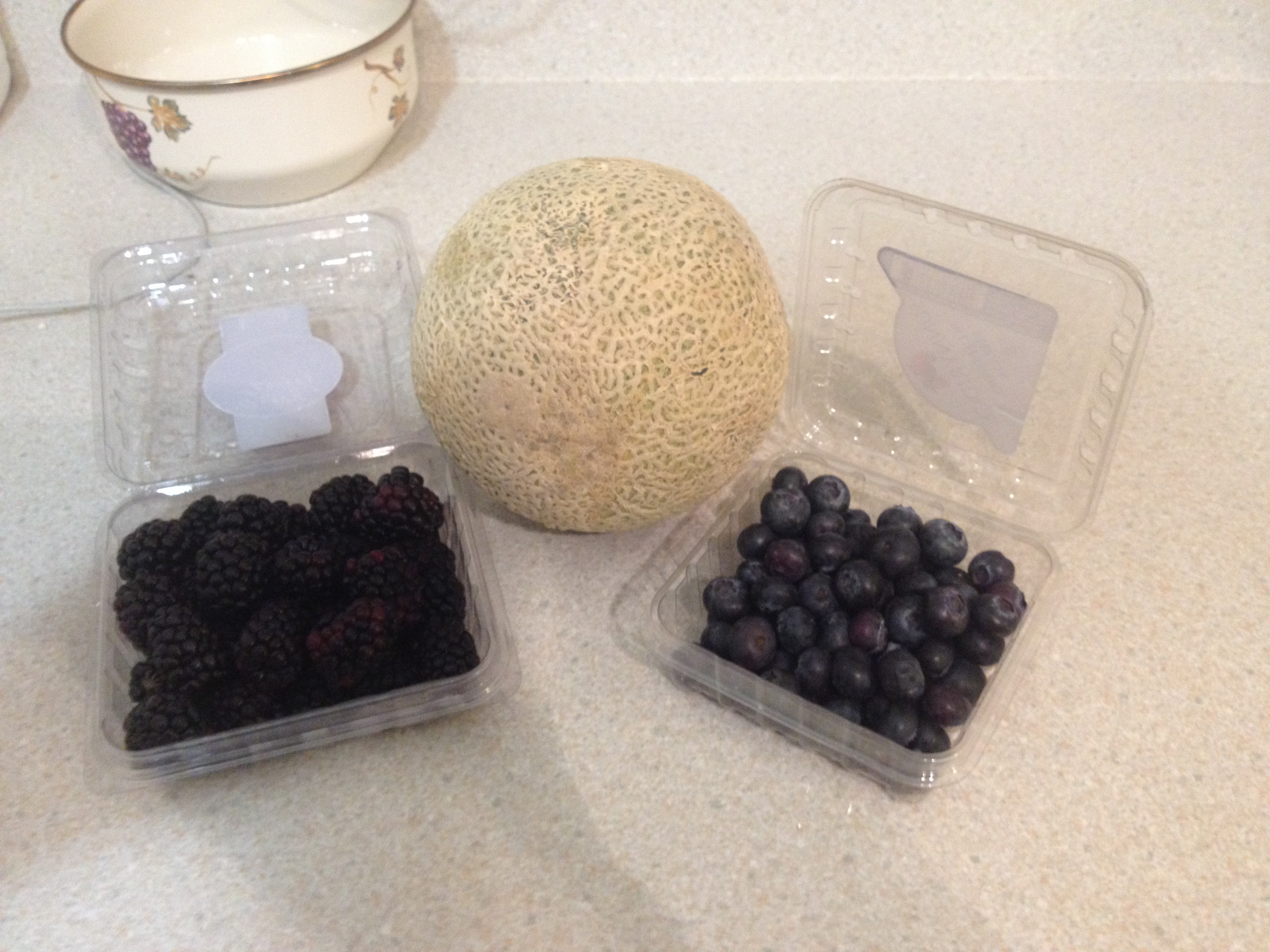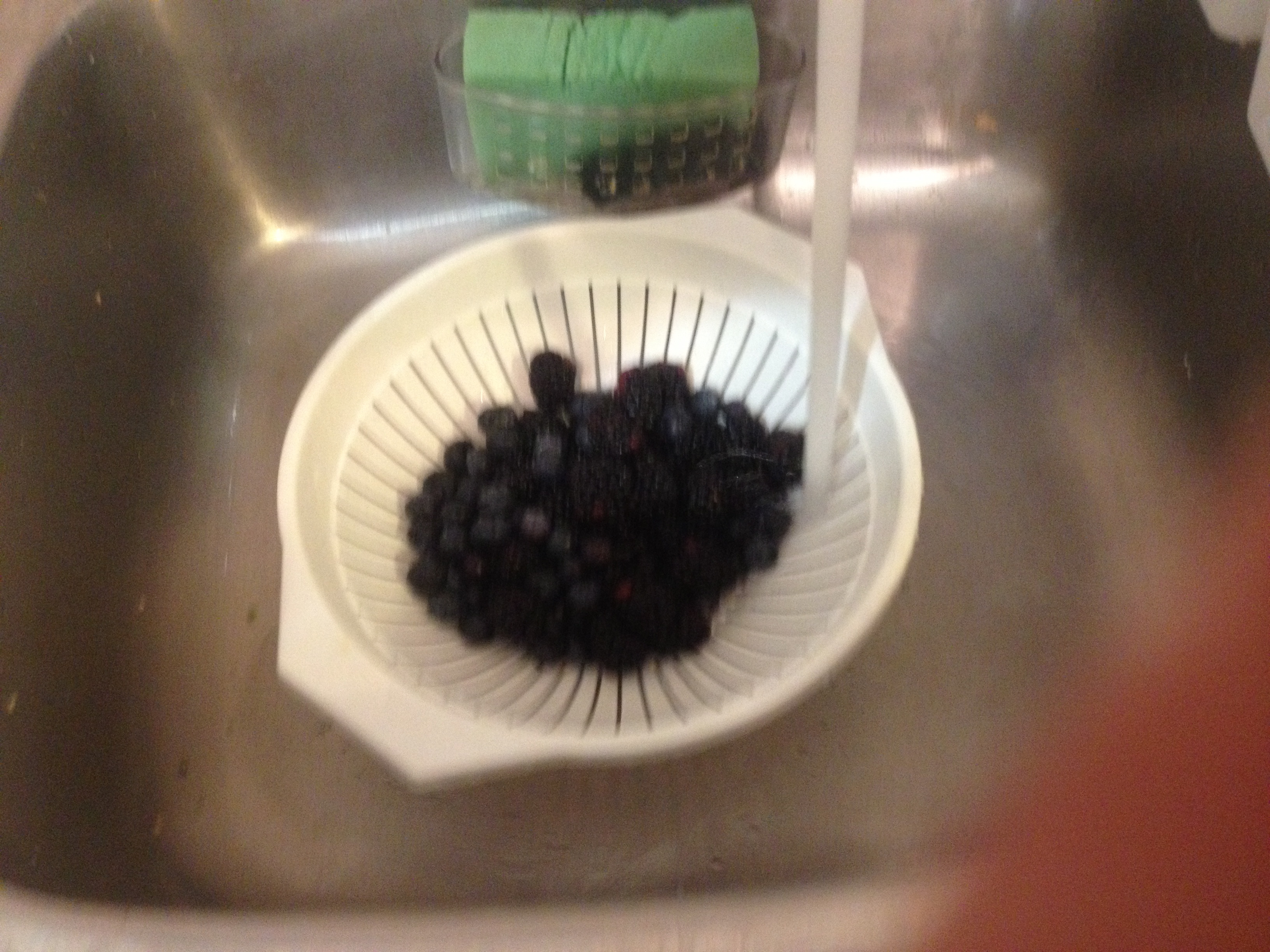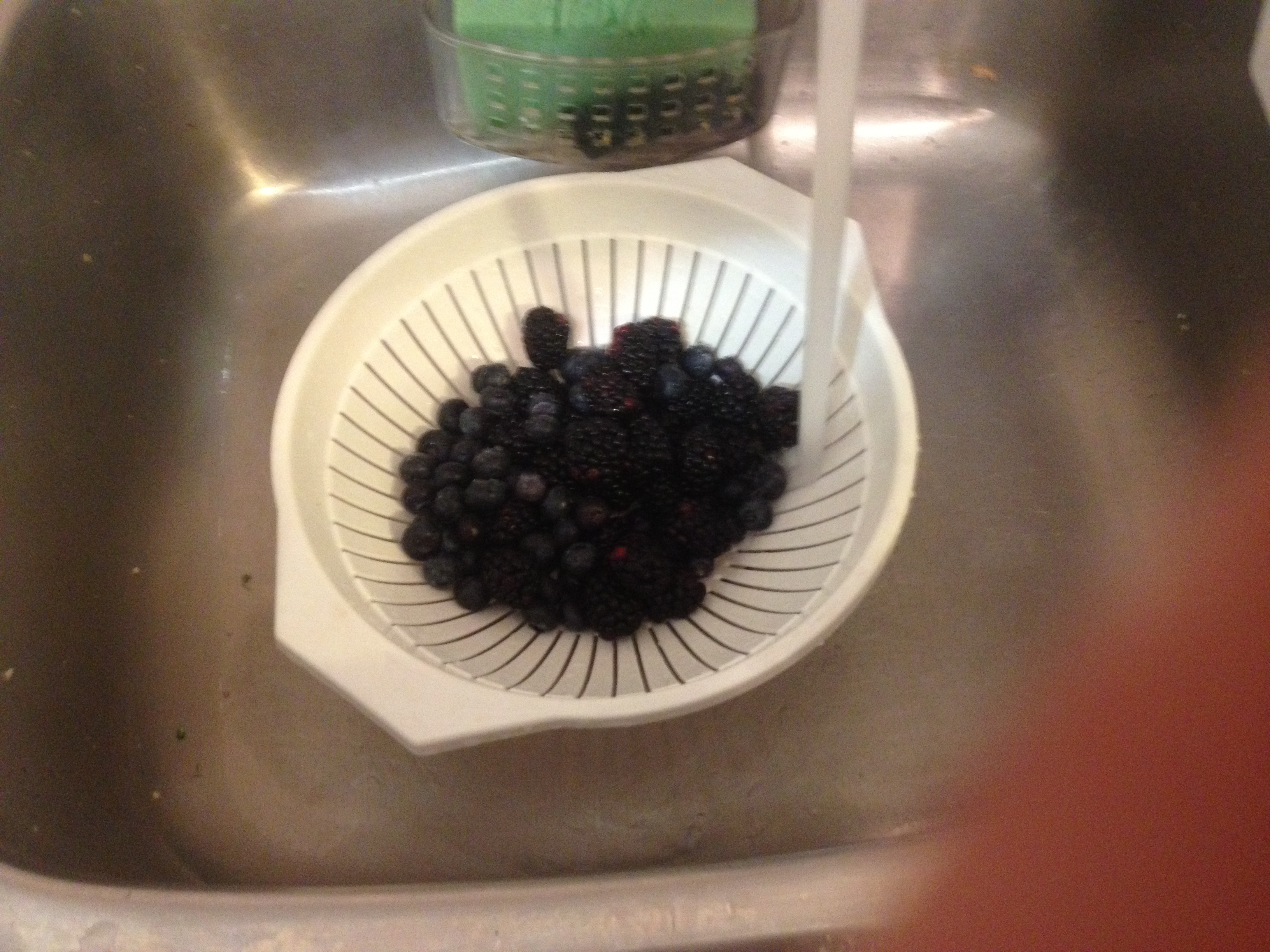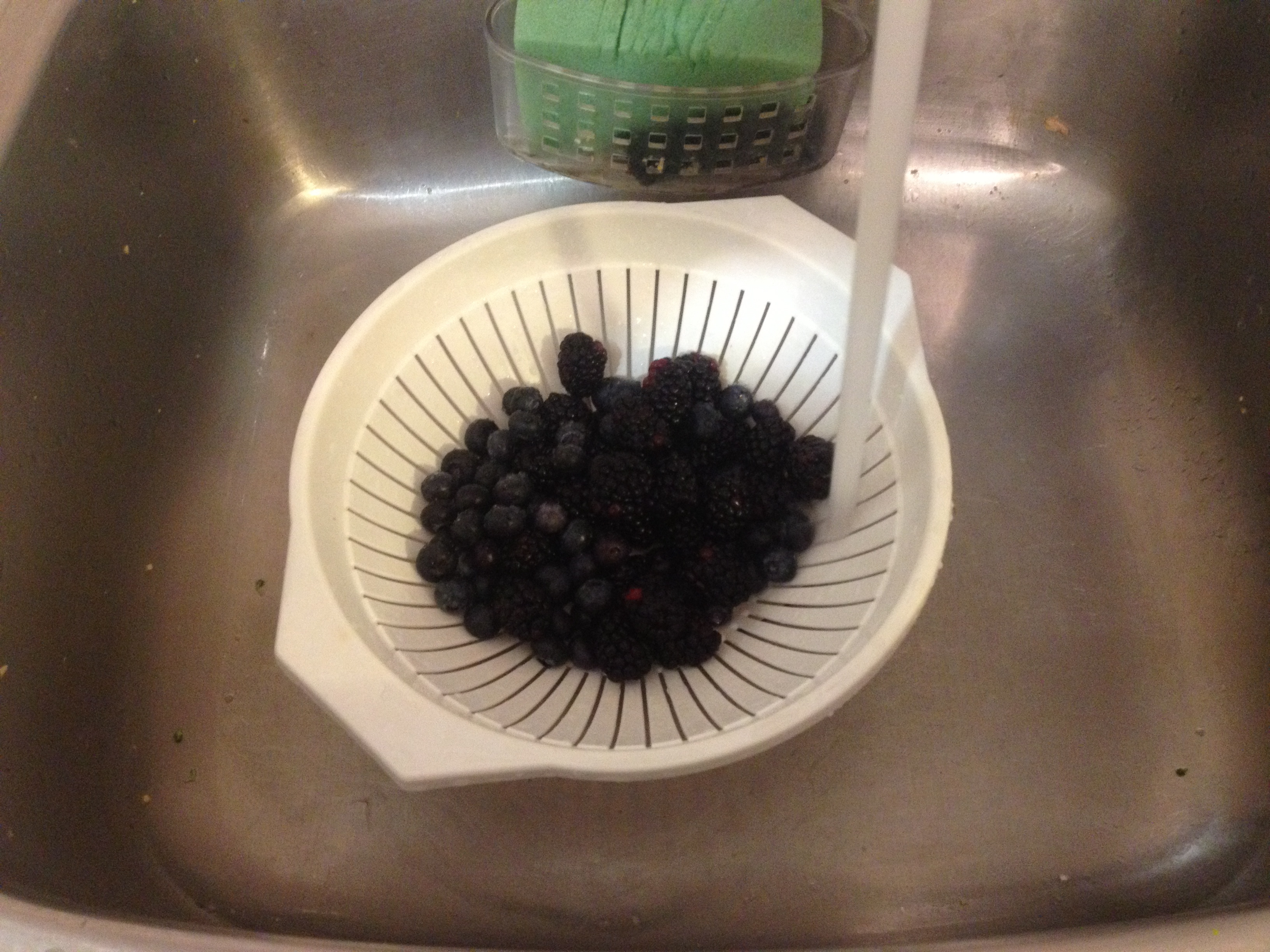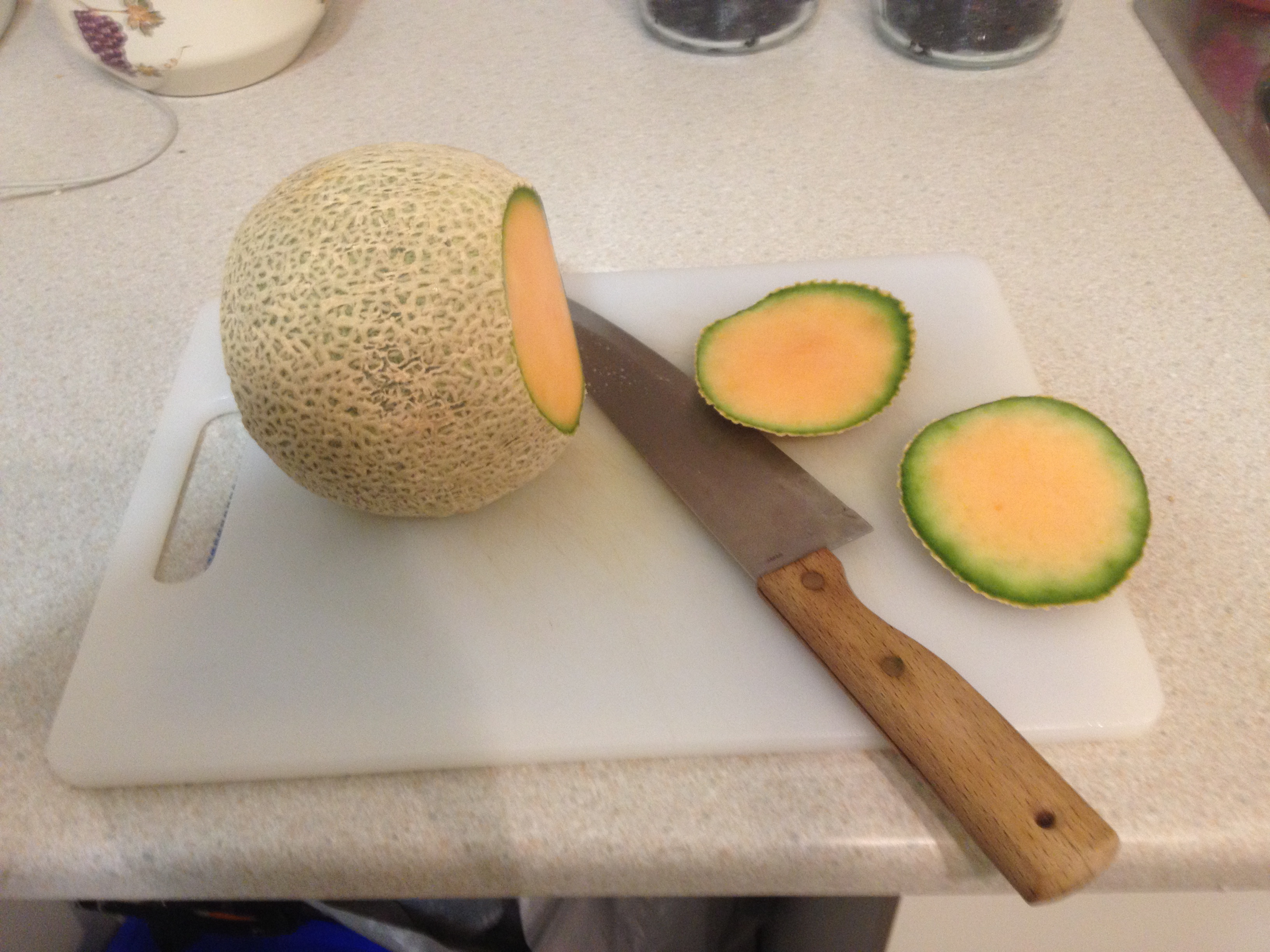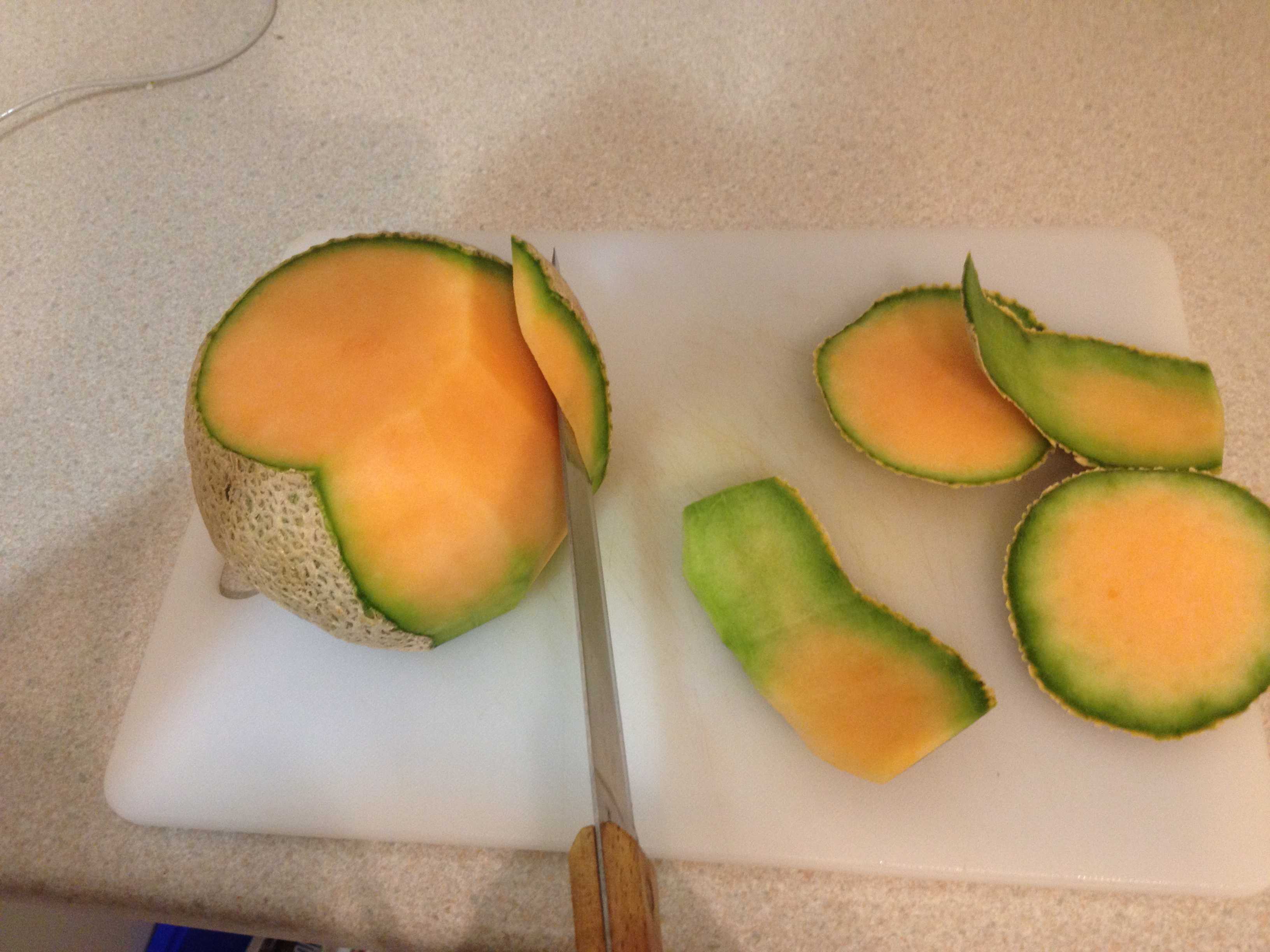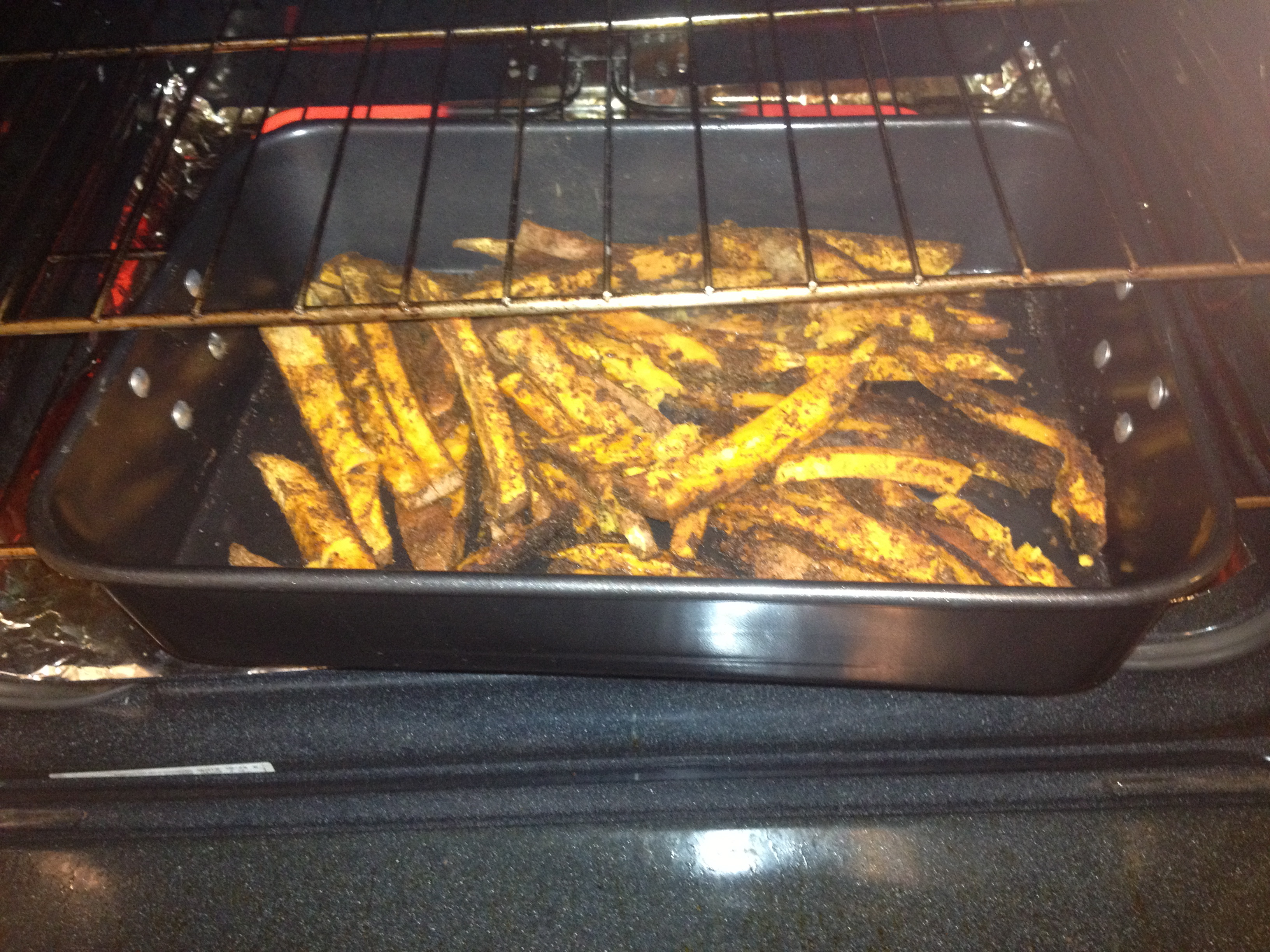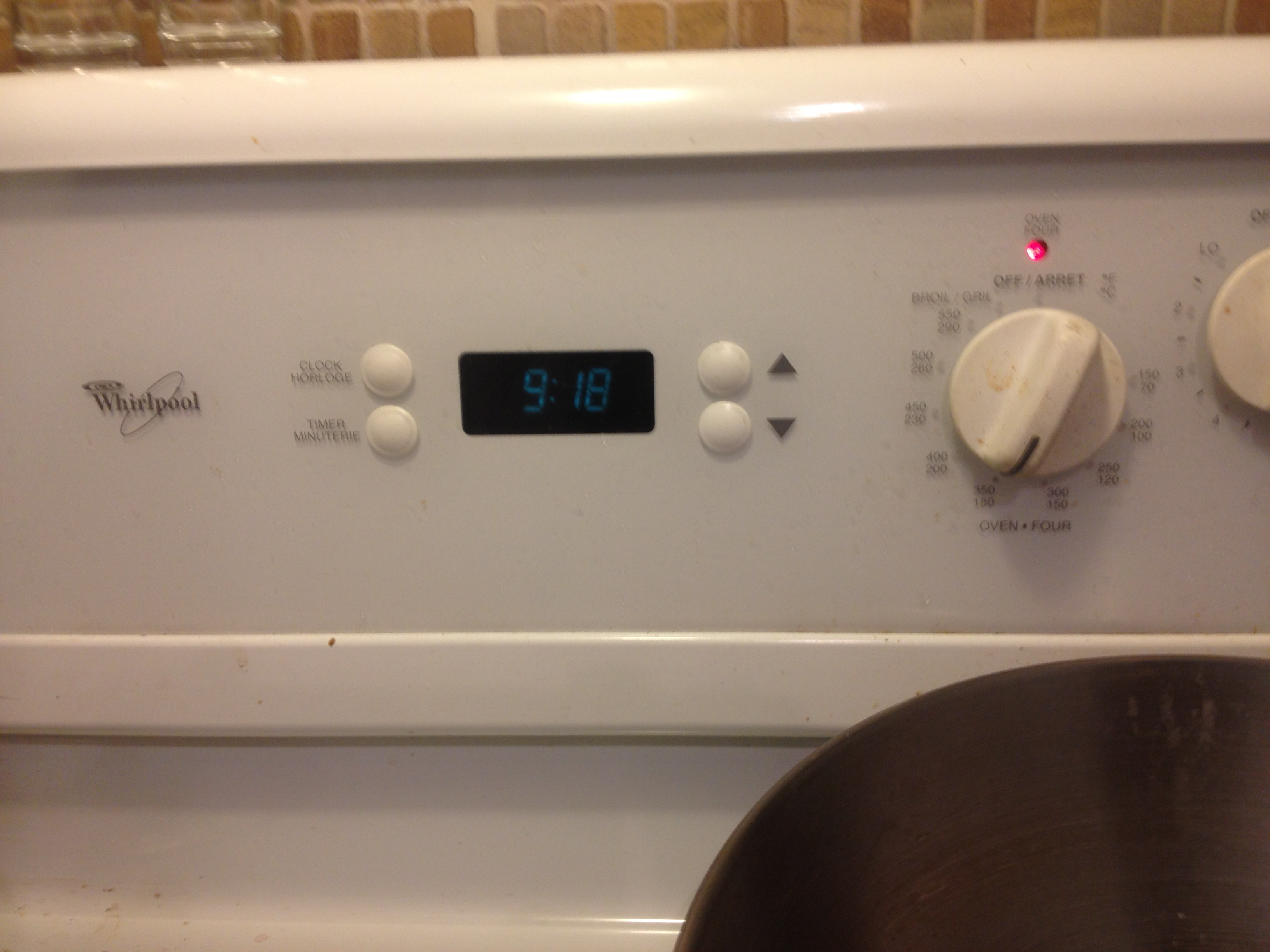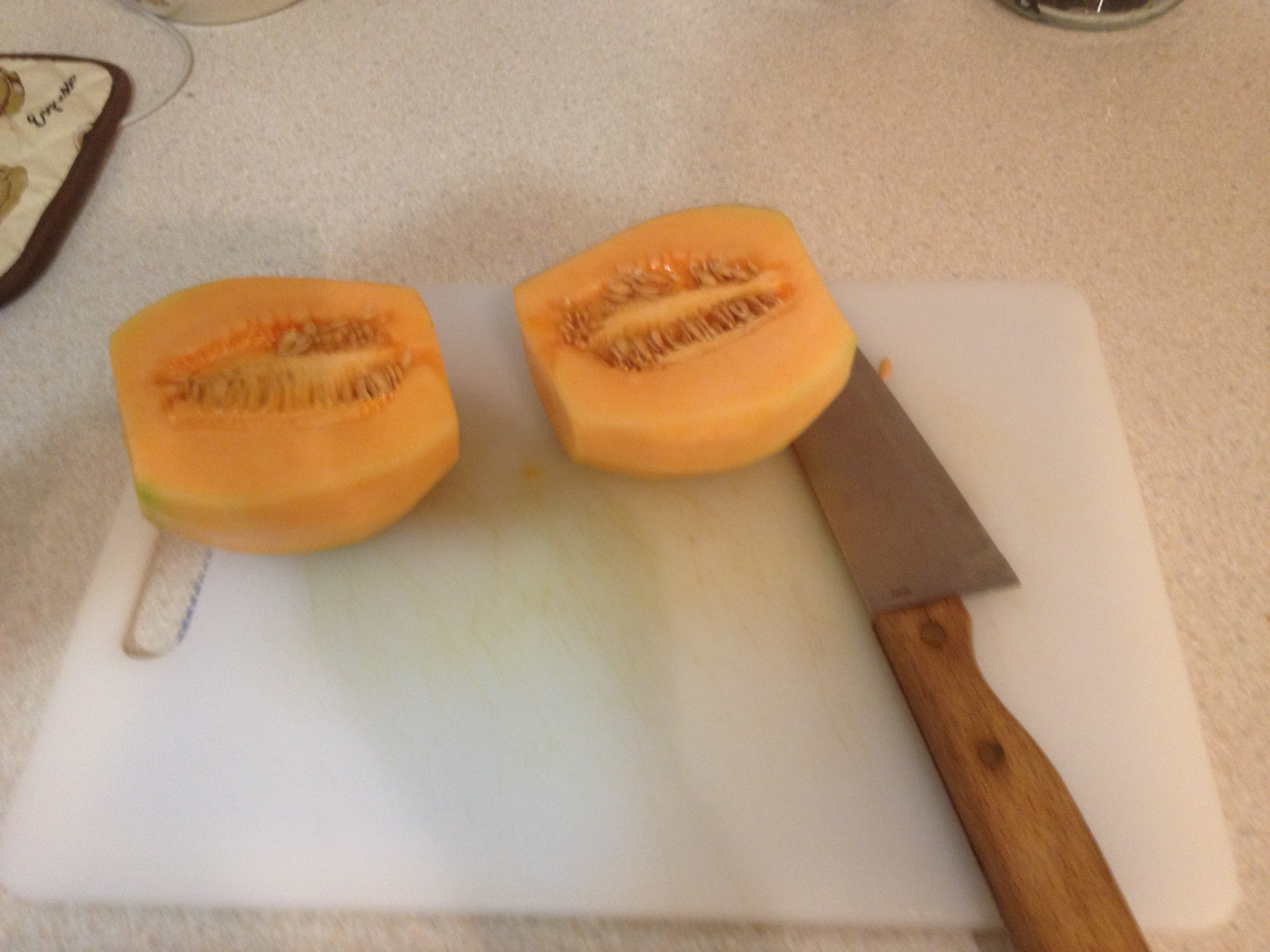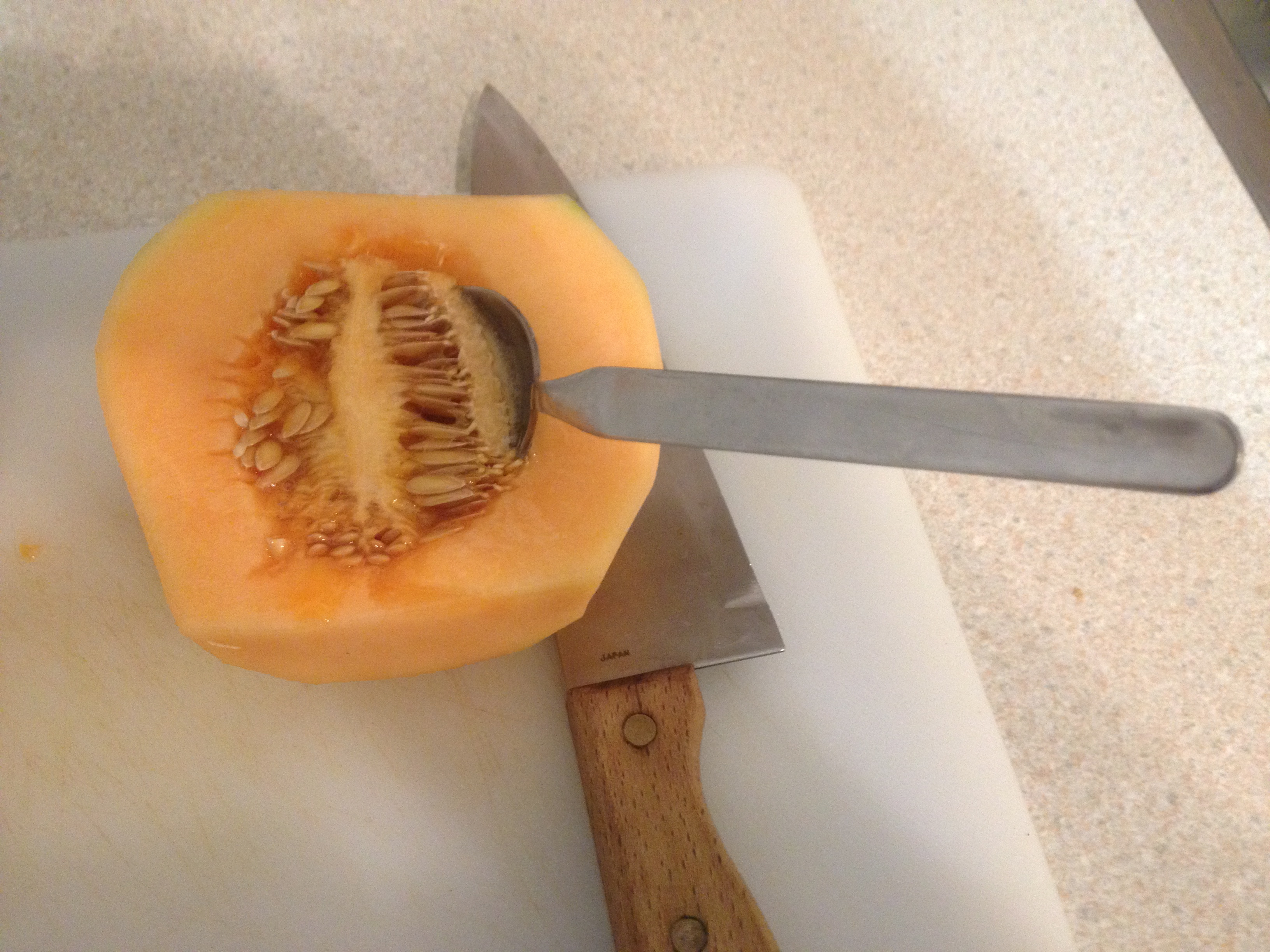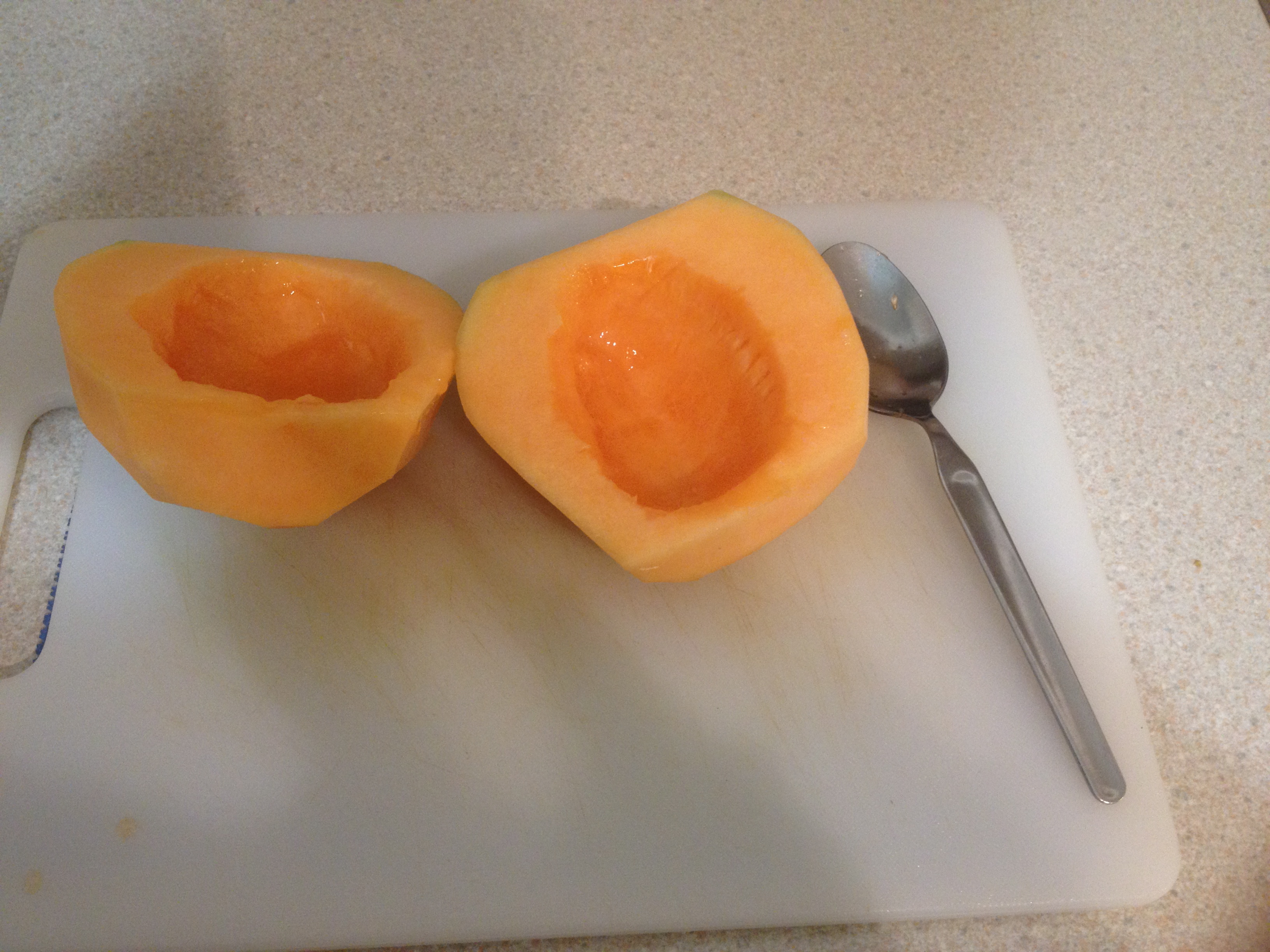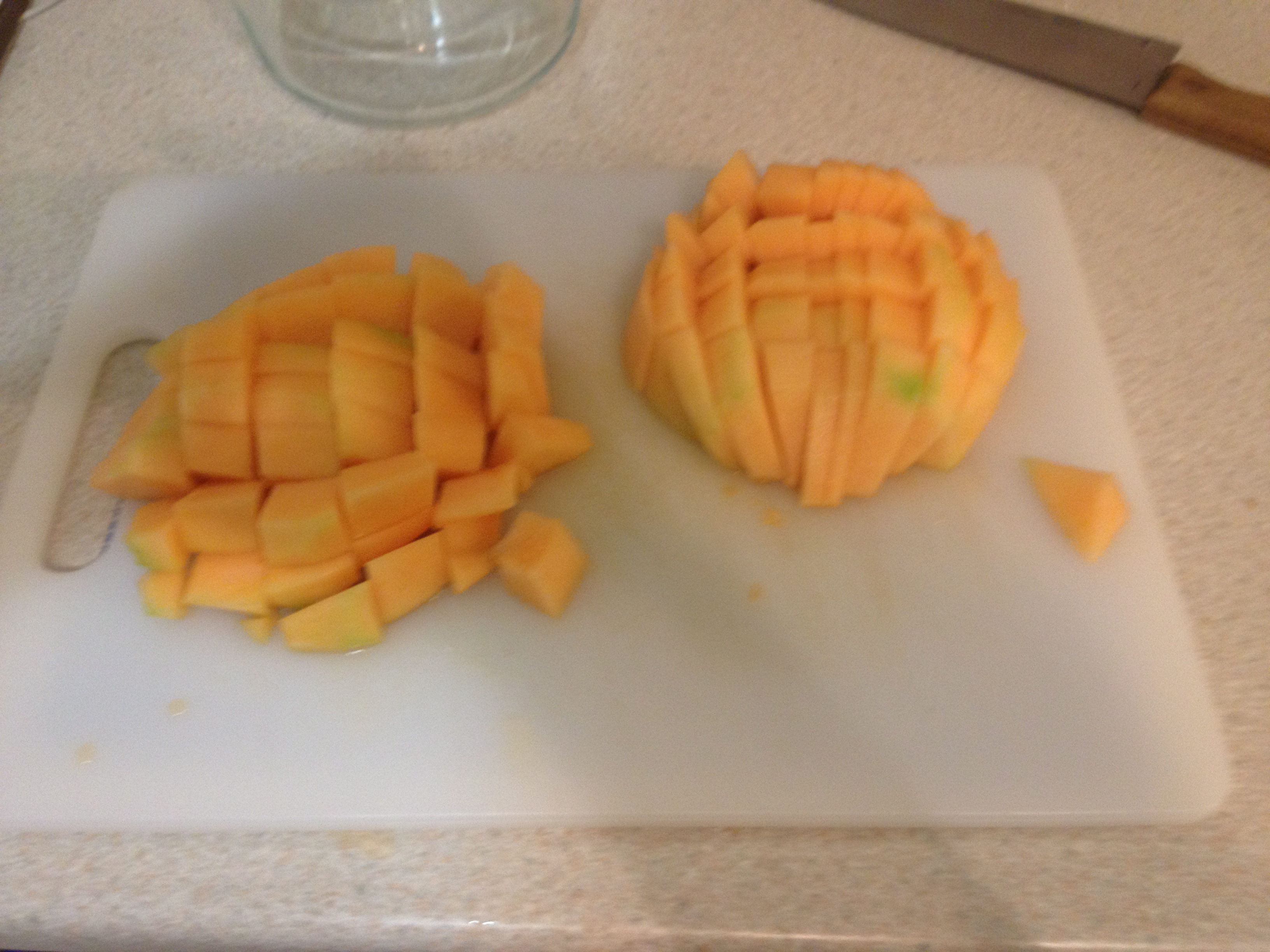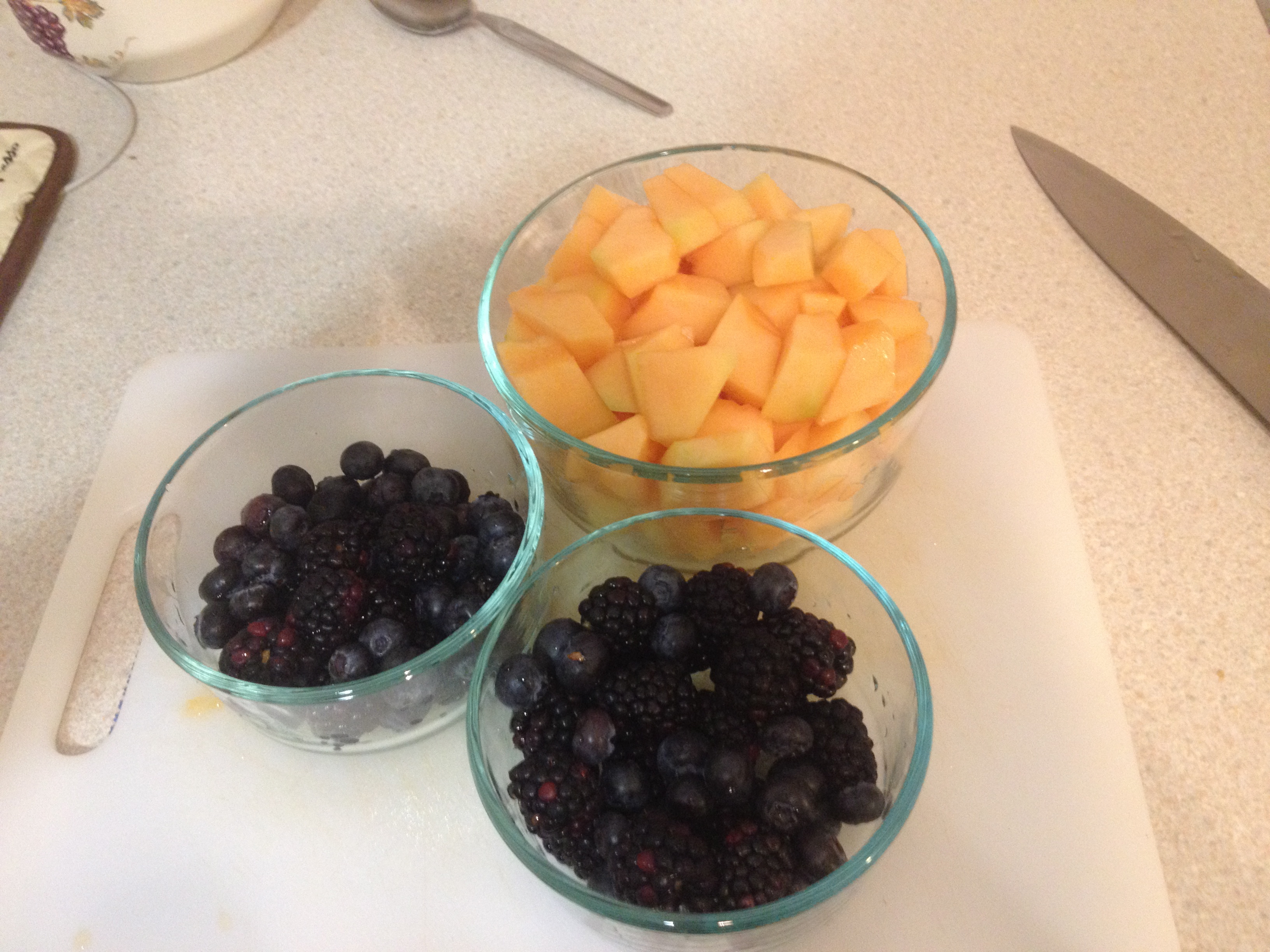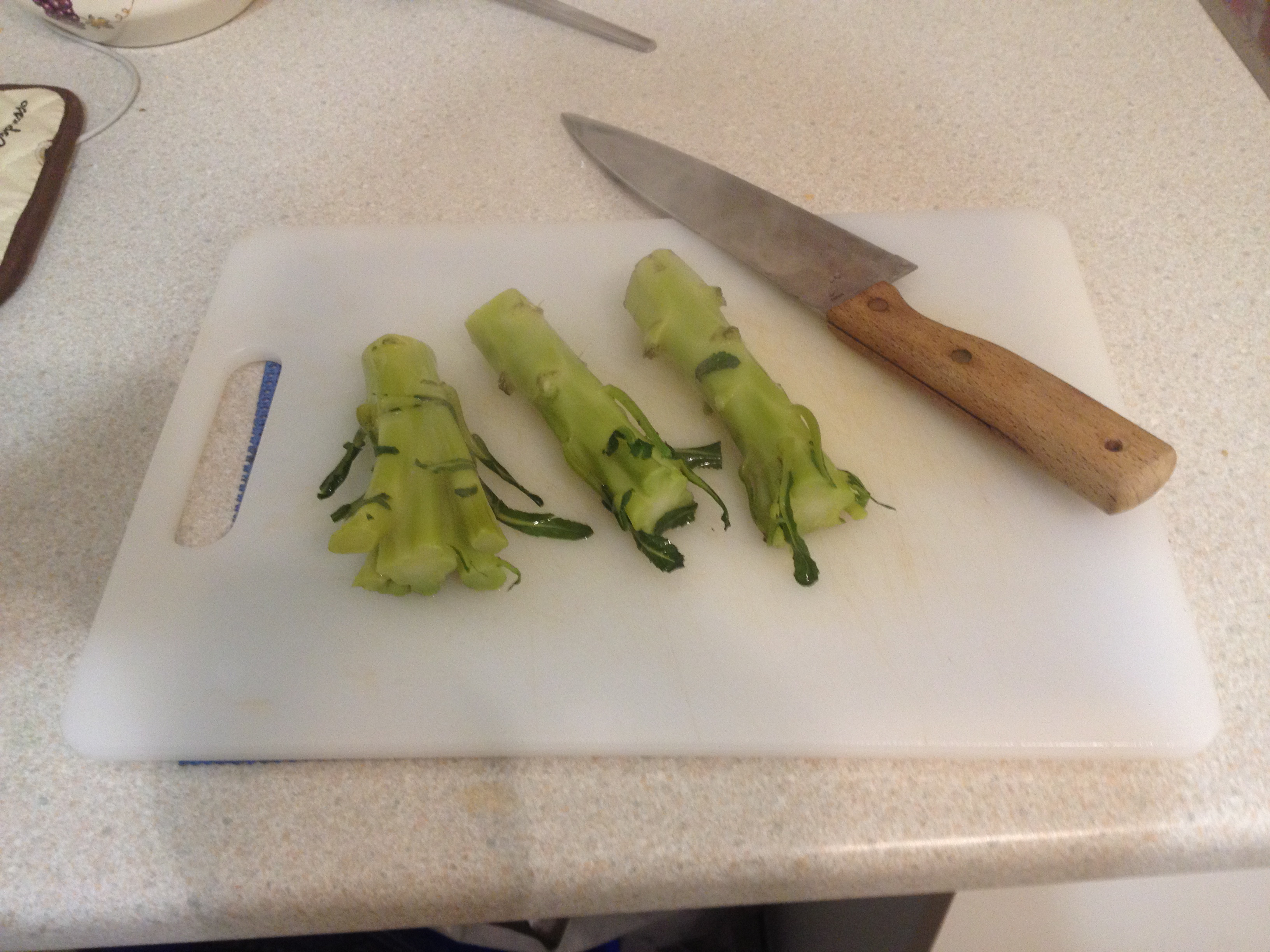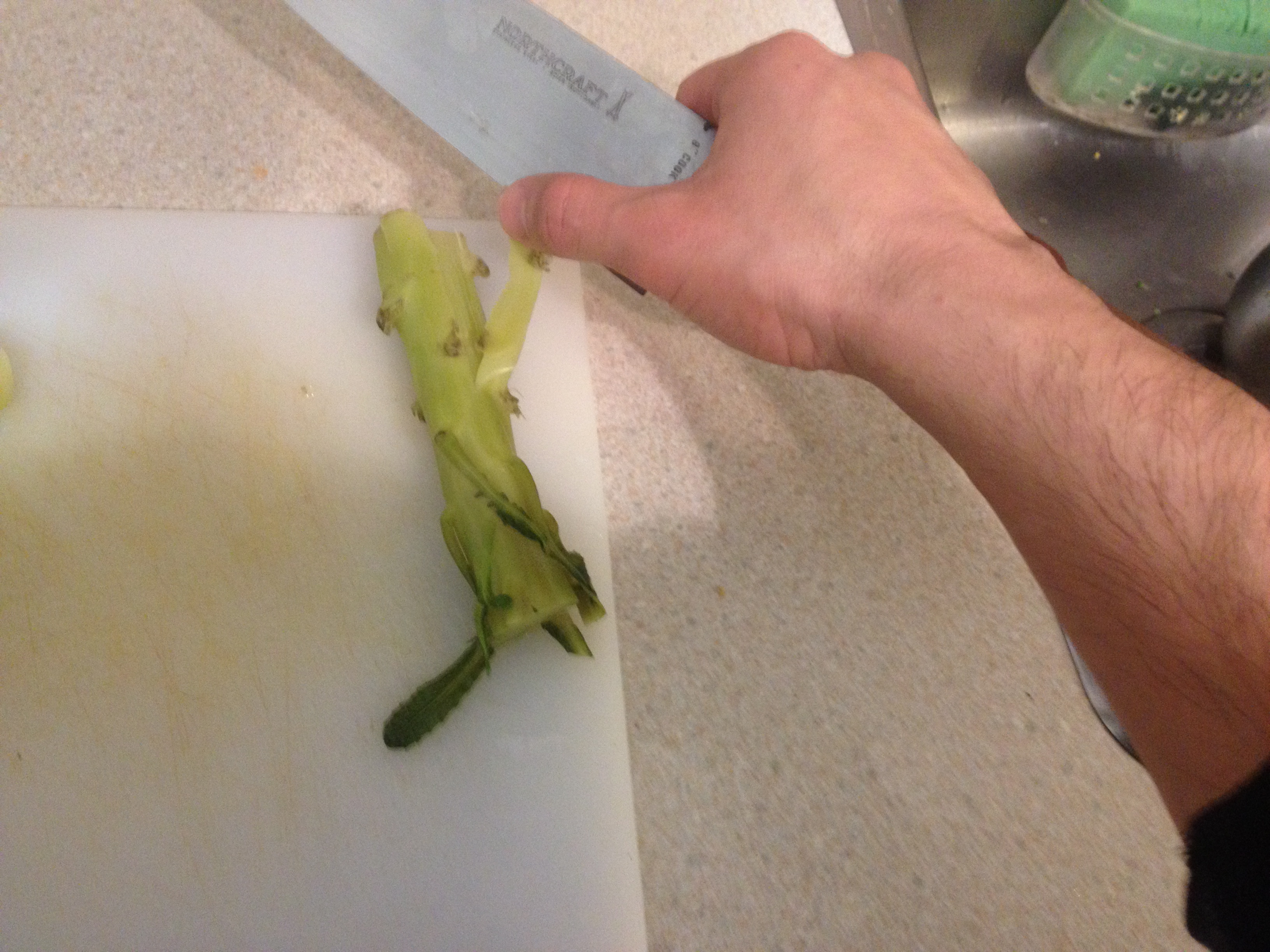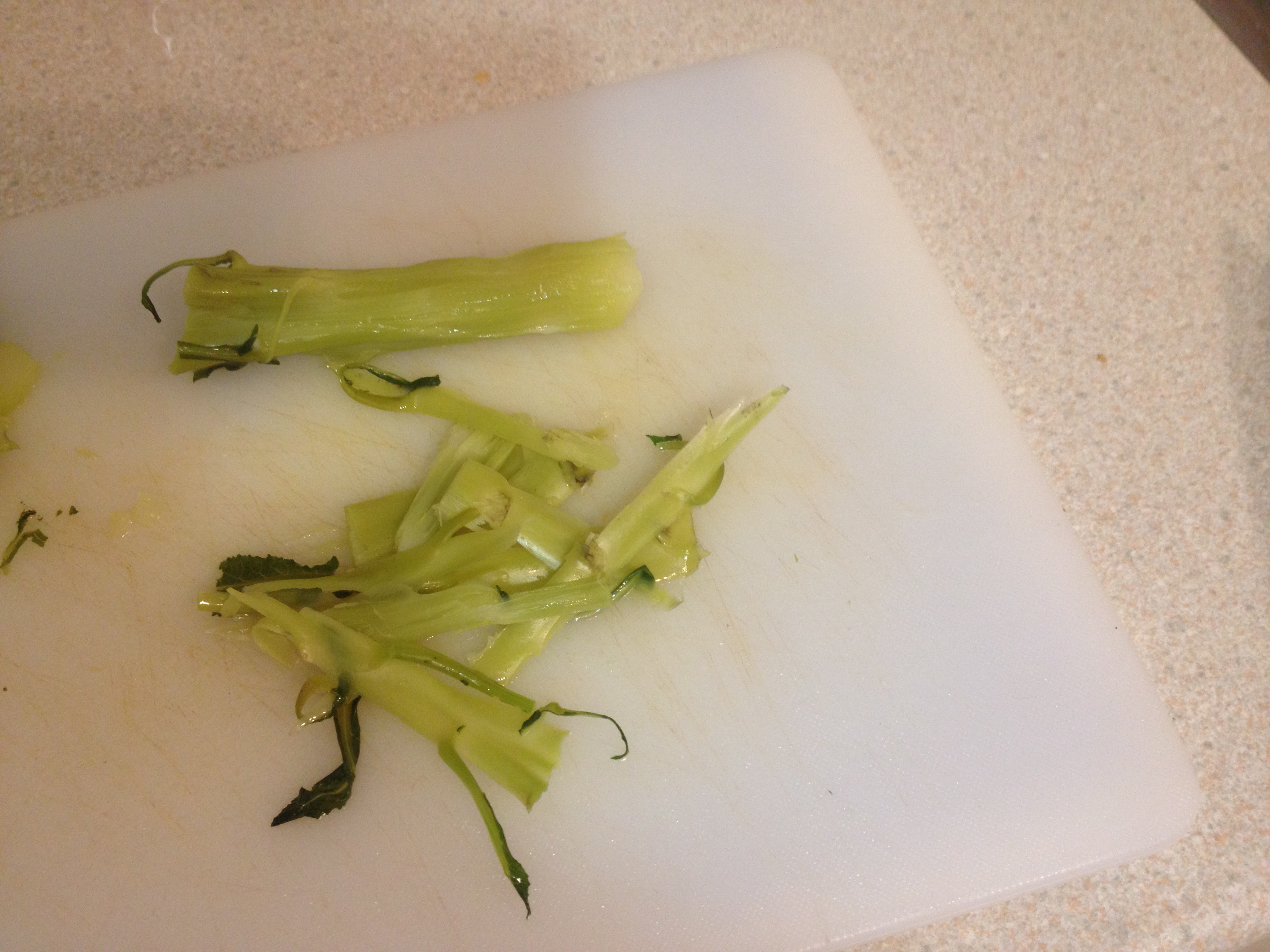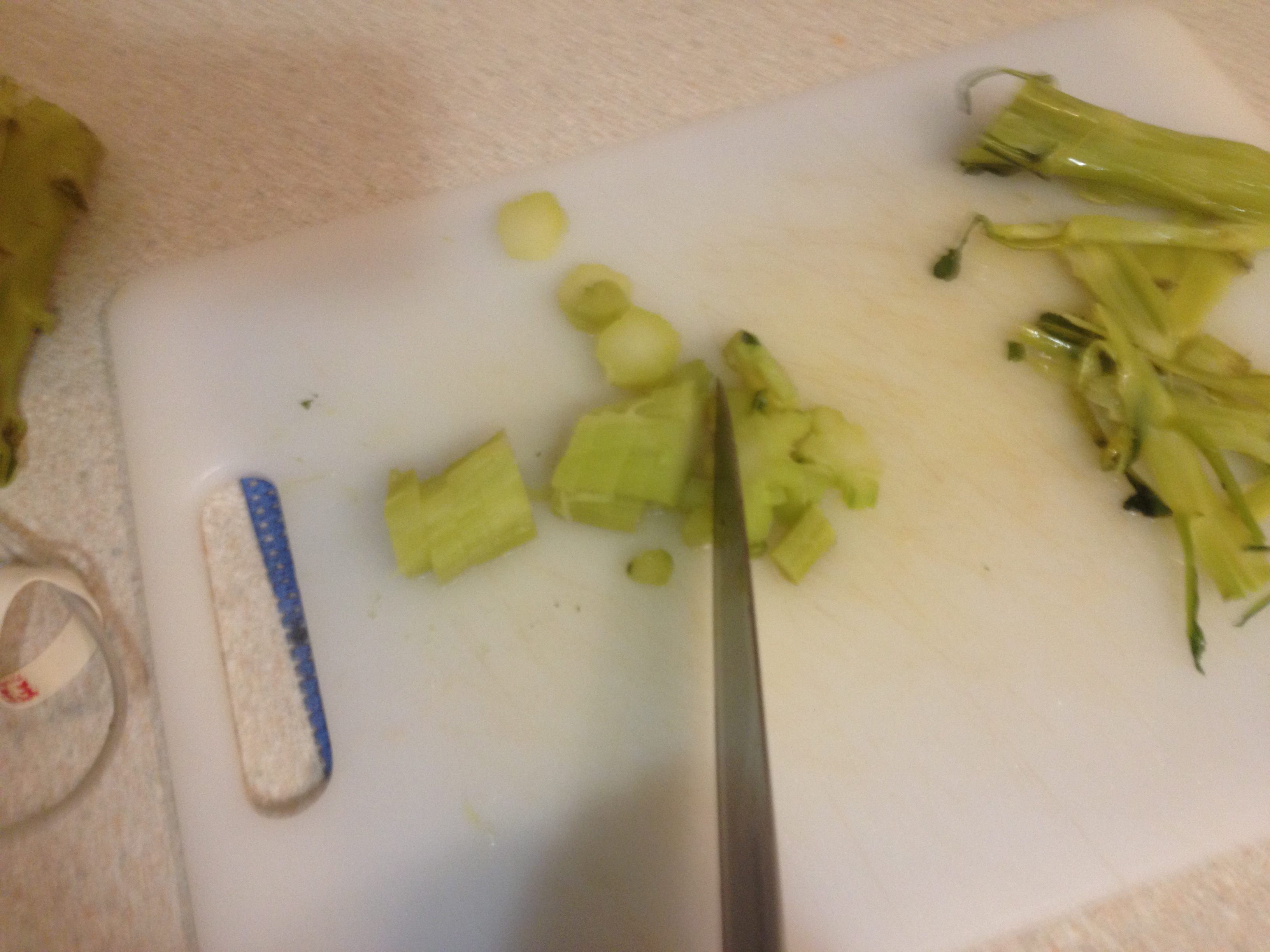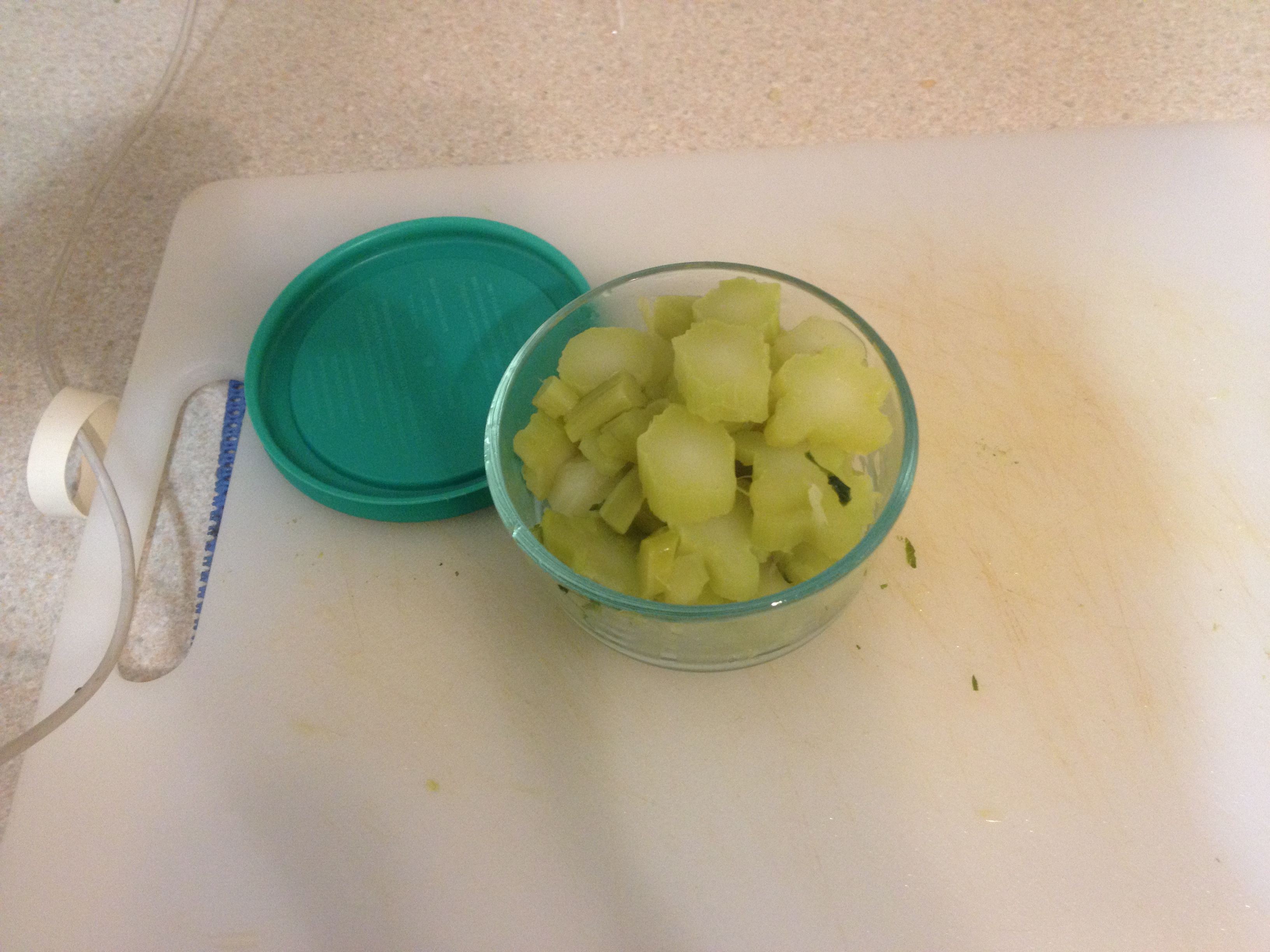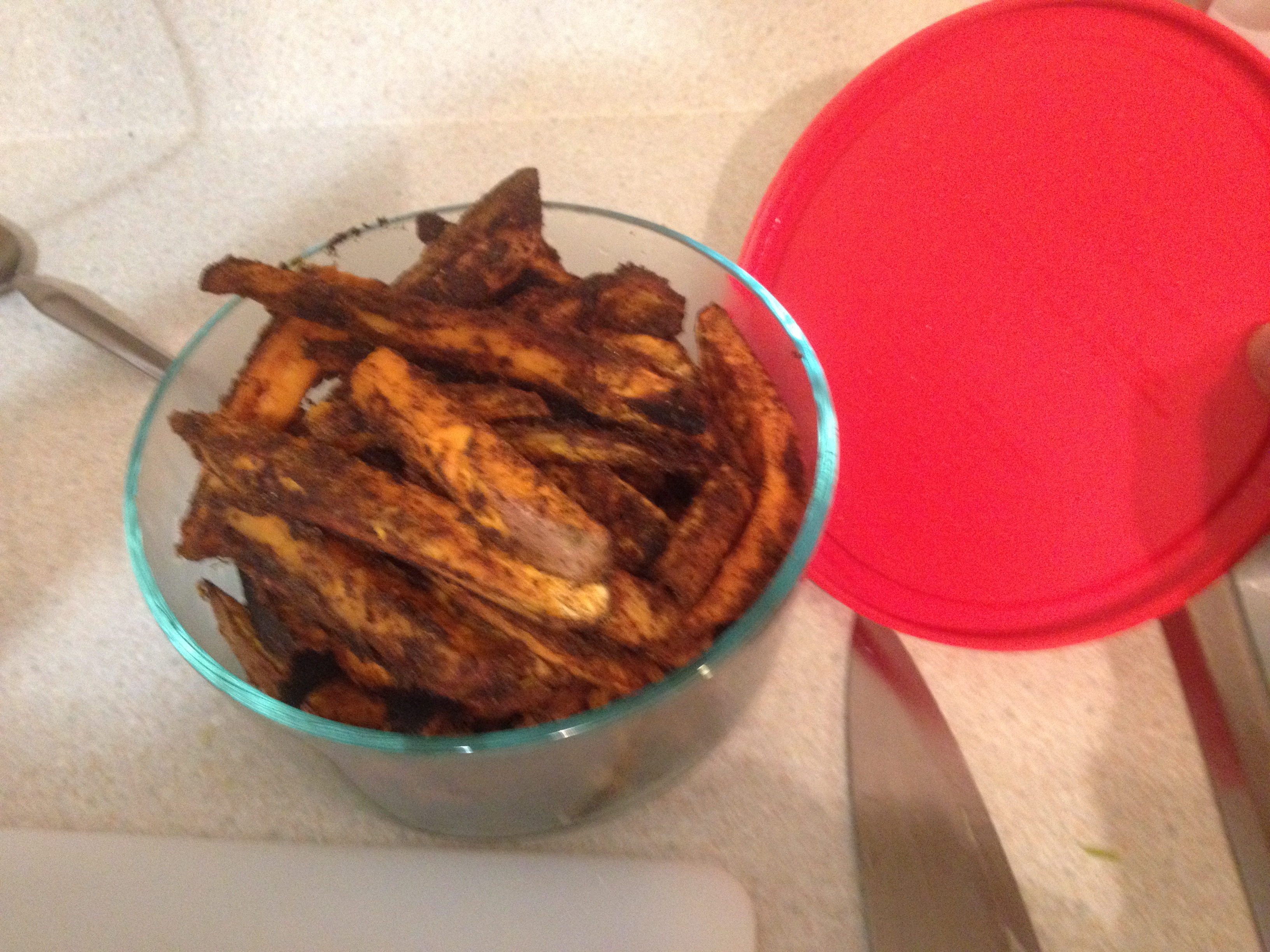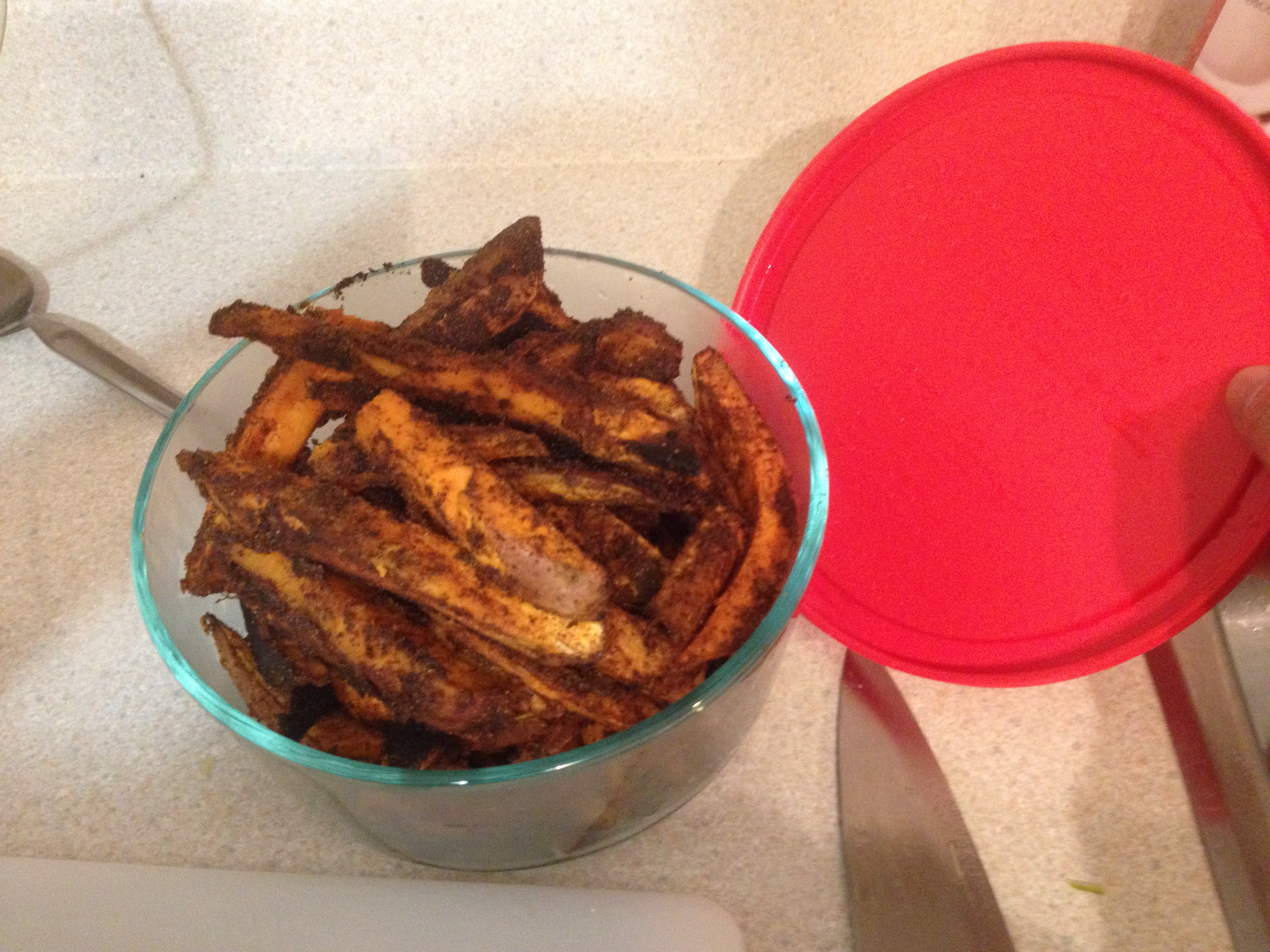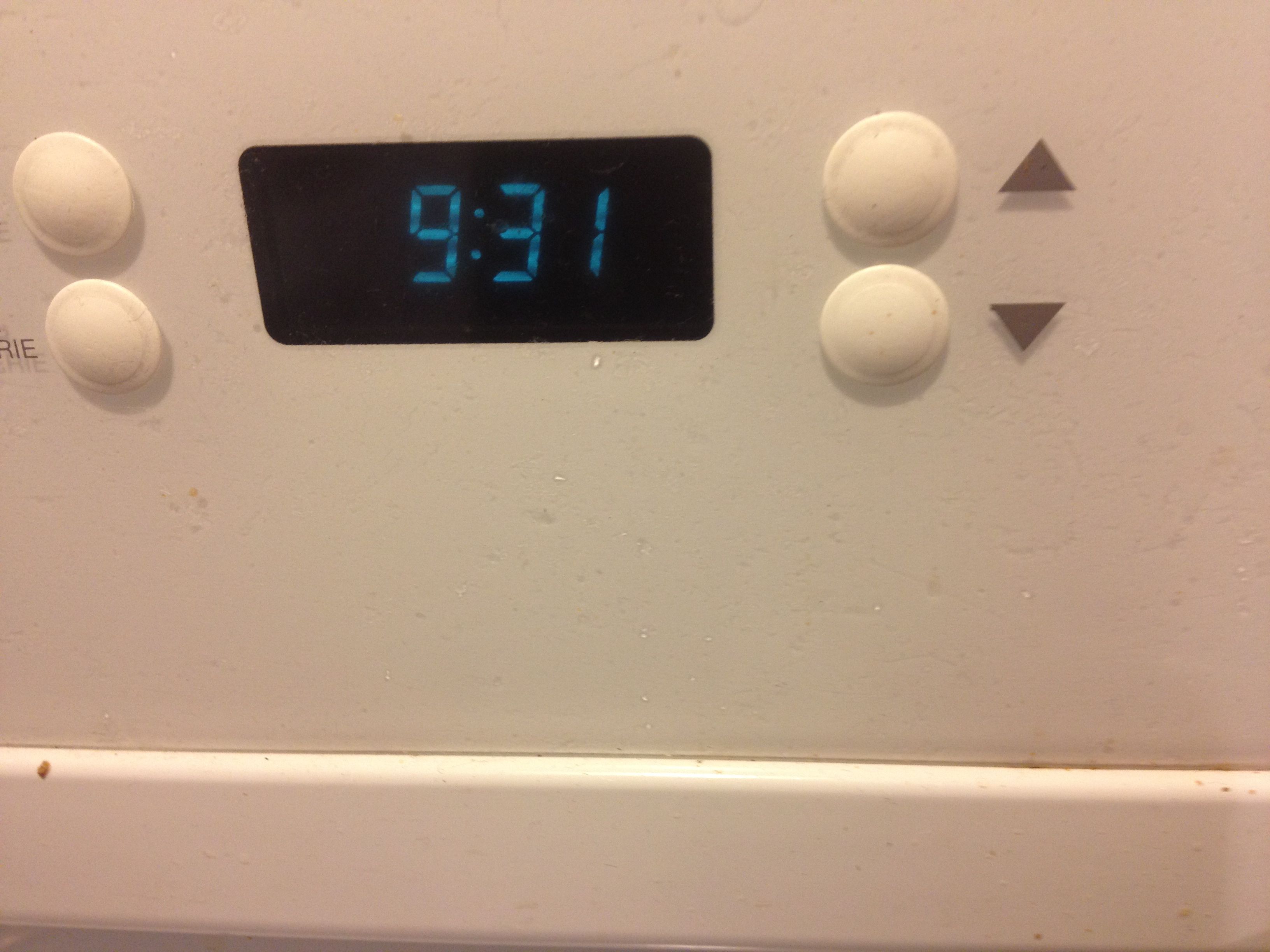Why Osteopathy
Why did I choose Osteopathy as a profession?
This question is best answered with a little history of my professional entrepreneurial path. I developed an interest for training and therapy while attending John Abbott College. During my time in the natural science program, I quickly discovered an affinity and interest in biology and anatomy. This lead me to apply to the Athletic Therapy Specialization program offered at Concordia University. This program provided me with all the skills necessary to provide a complete service to my clientele, which includes sports first responder (Red Cross), rehabilitation, and strength and conditioning. I’m a Certified Strength and Conditioning Specialist (CSCS) from the National Strength and Conditioning Association (NSCA). During my university education, most of the teachers for the manual therapy courses had a osteopathic background. This became the foundation for my approach to manual therapy.
I later developed an interest in aquatic therapy, and became a Master Certified Instructor in the Burdenko Method (http://www.tbmethod.com/). When conversing with Dr Igor Burdenko on various topics relating rehabilitation and training, he had mentioned that he found the work done by osteopaths to be interesting, powerful and effective. This renewed my interest in learning more about osteopathy, and eventually lead me to discover the National Academy of Osteopathy, (NAO).
With my current responsibilities as an entrepreneur, owning and running a sports therapy/personal training studio concurrently with a Brazilian Jiu Jitsu academy (www.bttcanadawestisland.com), the NAO’s flexible education program was the perfect fit for my needs and ambitions.
I firmly believe that osteopathy’s philosophy of holistic total health care, along with the skill sets acquired through this education, enrich my clientele’s experience, and improve their wellbeing. Osteopathy proves itself to be the best compliment to every facet of my professional career, and entrepreneurial undertakings.
Osteopathy
What is Osteopathy?
Manual osteopathy is a holistic treatment approach which uses manual palpation and mobilization of body structures. When combined with therapeutic exercises, biomechanics, orthopaedic and neurological assessment, it can prove to be a very effective treatment solution for many chronic and acute conditions.
One of the basic premises of manual osteopathy is based on the concept that the body has the ability to heal itself. Any loss in function, whether from natural or traumatic causes, disturbs the body’s fluid movements, which in turn brings about dysfunctions.
Manual osteopathy is a philosophy, a method of treatment, not simply a collection of techniques. Manual osteopaths combine this method with the most current scientific evidence-based medical knowledge to ensure successful outcomes. It is a patient focused approach, rather than disease based. By improving the body’s structural balance, manual osteopathy can deeply improve the body’s physiological functions.
At its core, manual osteopathy has 8 governing principles which form the foundation of this treatment approach:
- The body is a unit. Rather than treat simply the affected structure, manual osteopaths will look at the entire body, and restore it to its optimal level.
- Structure and function are reciprocally inter-related. ‘Structure defines function’ is an important principle for rehabilitation and training. By restoring optimal posture and body alignment, clients will optimize their ability to harness their body’s functional performance.
- The body possesses self-regulatory mechanisms. The human body is one of the most complex and fascinating structures in nature. It has the amazing ability to keep all of its systems in balance.
- The body has the inherent capacity to defend and repair itself. It follows a 3 step healing process:
- Stabilization
- Detoxification
- Fortification
- When the normal adaptability is disrupted, or when environmental changes overcome the body’s capacity for self maintenance, disease may ensue. Thus optimization of structural balance is important to allow the body’s physiology to perform optimally.
- The movement of body fluids is essential to the maintenance of health. By restoring the movement of body fluids, it improves removal of toxins, and the transport of nutrients to the body’s structures.
- The nerves play a crucial part in controlling the fluids of the body. Manual osteopathy techniques can affect the function of the nervous system, in turn optimizing the movement of body fluids.
- There are somatic components to disease that are not only manifestations of disease, but also are factors that contribute to maintenance of the disease state. By treating these somatic components, manual osteopathy can assist the body return to a more natural, balanced and healthy state.
To sum it up, manual osteopathy can be described as a holistic approach to health.
Live Healthy
Koom Blog
2012/11/25
Want to eat healthy, but time is an issue? Here’s a powerful strategy to help you achieve your health goals.
I often sense, or simply hear, from clients that eating healthy is really difficult. Time is always an issue.
“I’m really busy”
“I have no time”
“I have so many things to do”
So what happens? We fall prey to the easy road. Stopping for take out, ordering in, eating out, or simply warming some sort of processed meal become the common solution. The problem here is the lack of quality nutrients that are ingested this way, or worse, the damage that these meals can cause in the long term.
It is true that preparing each meal throughout the day can be time consuming. From cleaning and cutting the ingredients, to cooking the meal, its easy to understand that the task can seem daunting.
Have you ever stopped and wondered how these restaurant fast food chains can prepare and serve so many customer over lunch? Is it because their staff are super master chefs? Celebrity Iron Chefs able to cook up super meals in an hour? NO.
The secret lies in the ‘prep’. Having owned a restaurant, I’ve had first hand experience with this. I took for granted the basic skills taught to me by my dad, he is a ‘super master chef’ after all!! (If only I had listened to him more, instead of beating Mortal Kombat for the 100th time) And the greatest secret to success in this field is preparation.
Look at your favorite fast food restaurant, and you’ll notice that all their ingredients are ready to go. That alone cuts down the time needed to cook your meal by at least 75% I’d venture to say. How long does it take to stir fry some rice, vegetables, and meat? 5, 10min tops. It takes you way more time to get to the restaurant, wait in line, order, and wait one your meal.
So how should you go about it? I’ll share with you a sample of one of my cooking evenings. This took me just over an hour, will feed me for the week, and I know exactly what was put into my meals.
8:20 I begin
Preserve your youth!
Want to preserve your youthful look? Start by avoiding the preservatives found in your beauty and skin care products
Parabens are one of the most commonly used preservatives in beauty and skin care products. Scientists in labs have found them to be toxins that act as hormone disruptors. They are suspected to be carcinogenic.
Government regulations allow for a certain amount of parabens in each product, which is determined to be safe for humans. Although manufacturers follow these restrictions, the problem is in the cumulated exposure to parabens. If you apply multiple products to your skin on a daily basis, chances are you’re exposing yourself to too much parabens.
So do yourself a favour, and look out for these preservatives in your skin care products, avoid them, and make more sensible choices when purchasing your next beauty kit.
Training – Cardio: Short Interval Training
2012/09/13
If you practice sports where near maximal efforts are required for 30 to 90secs, then Short Interval Training is what you need. Remember that this is for trained individuals, so take the time to build up your cardiovascular endurance first, along with your body’s musculature. Short Interval Training aims to increase your VO2max capacity, through interval bouts performed at an intensity of about 95-105% of your VO2max, or 98%-104% of your MHR, maximum heart rate. As you can see, you’ll be pushing yourself in the red zone, so proper preparation is necessary.
Again, proper warm up and cool down is in order. You should perform 2-3 series of exercise, with 4-6 repetitions per series. Each repetition should be sustained for 30-90sec. Rest is very important here, so take a break thats 1-2 times your work load in between each repetition (i.e.: if your repetition lasts 30sec, take 30-60sec rest). Your perceived effort level for this type of training should be in the 6-7 range. The high level of demands this training method places on your body requires you to allow for 36-48hrs of recovery time.
Next week, Super Short Interval Training.

